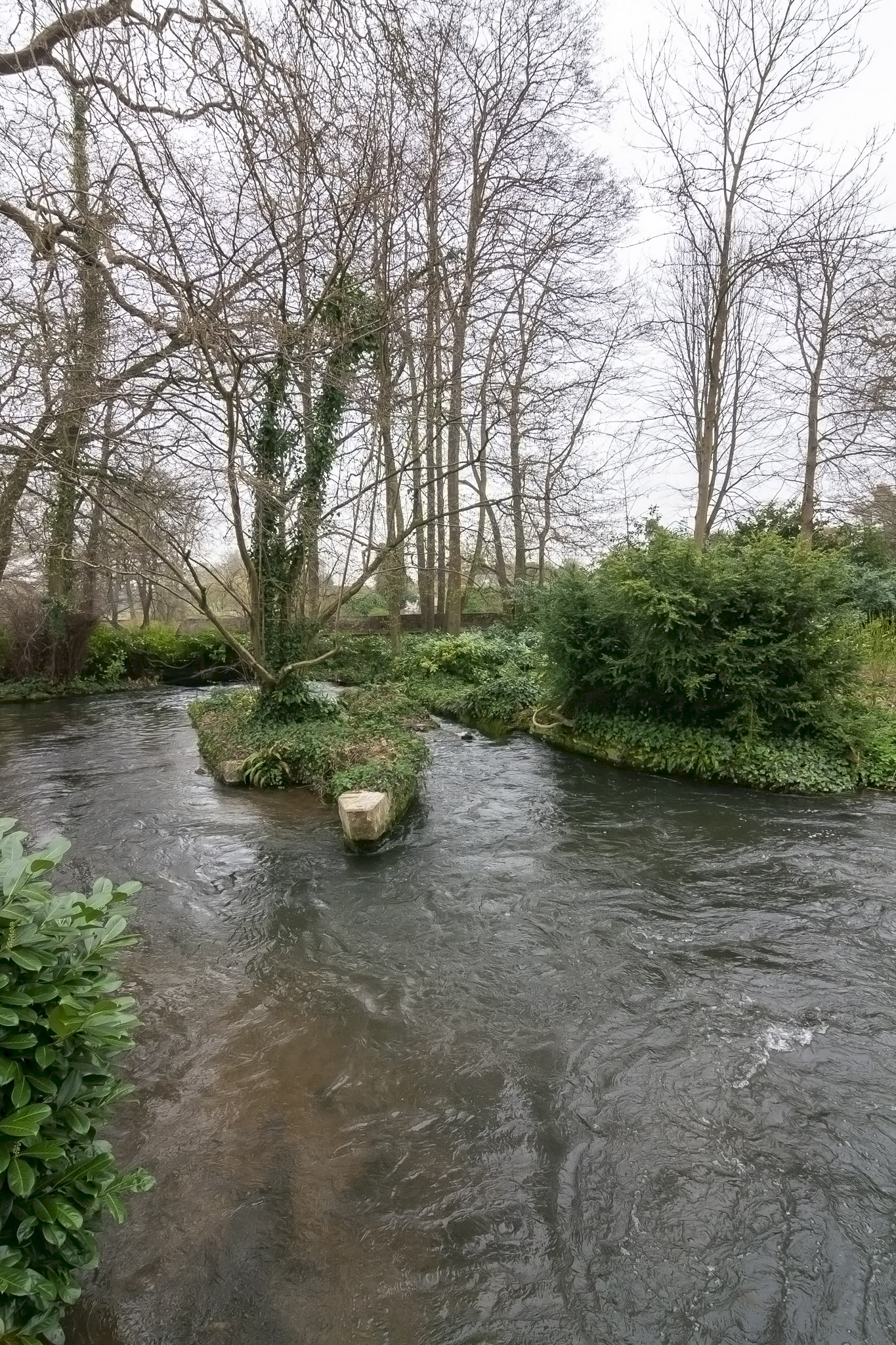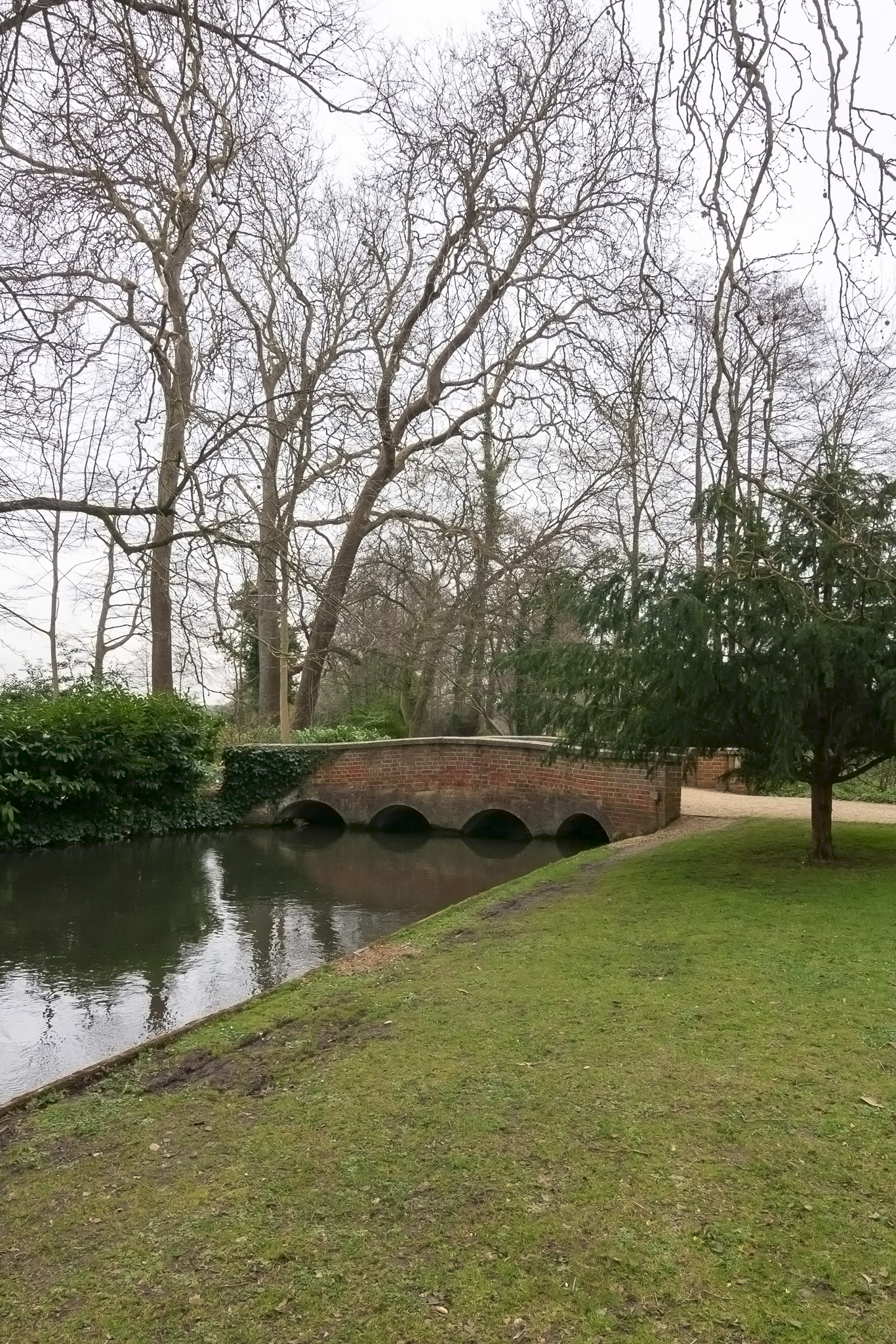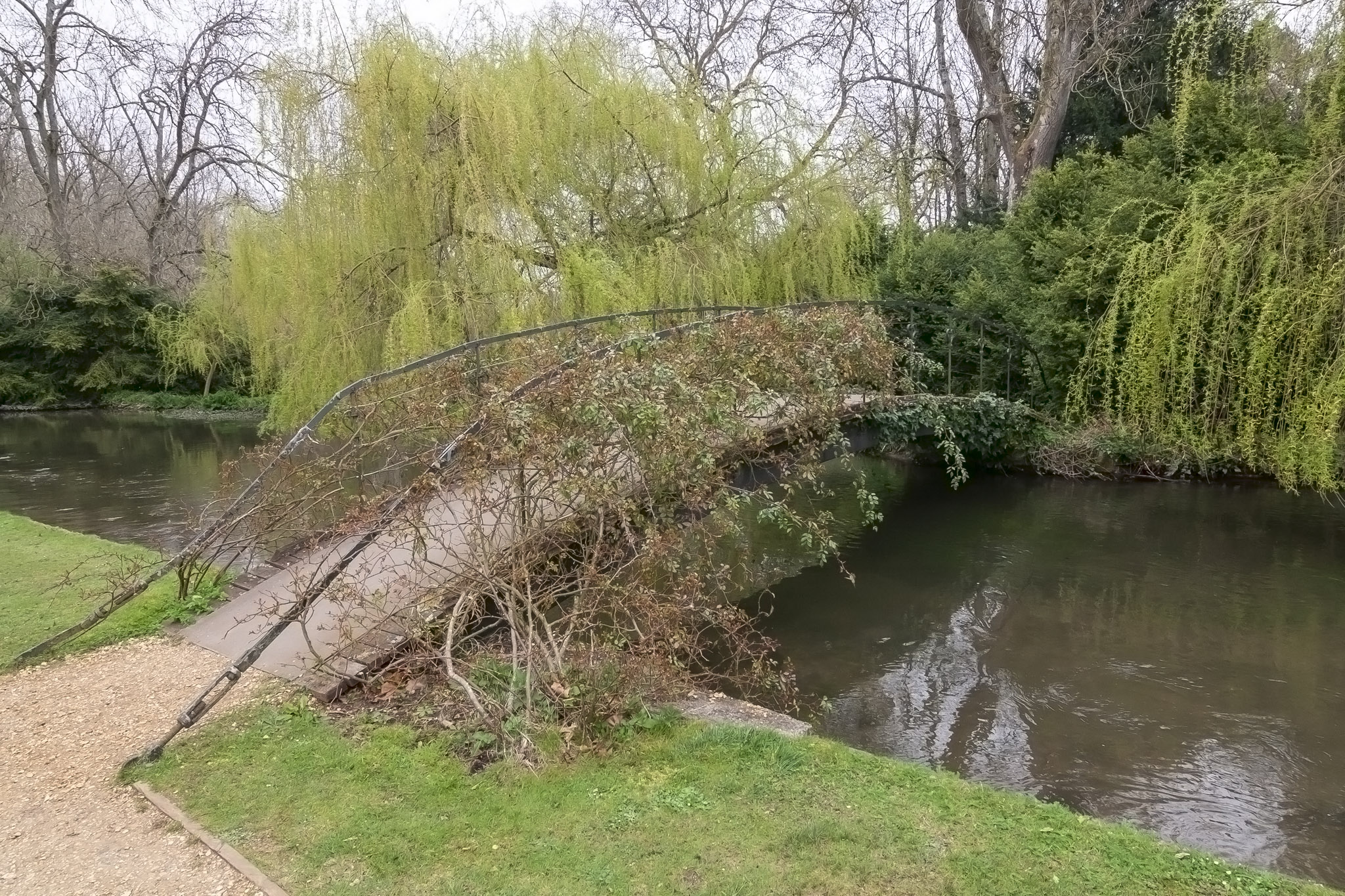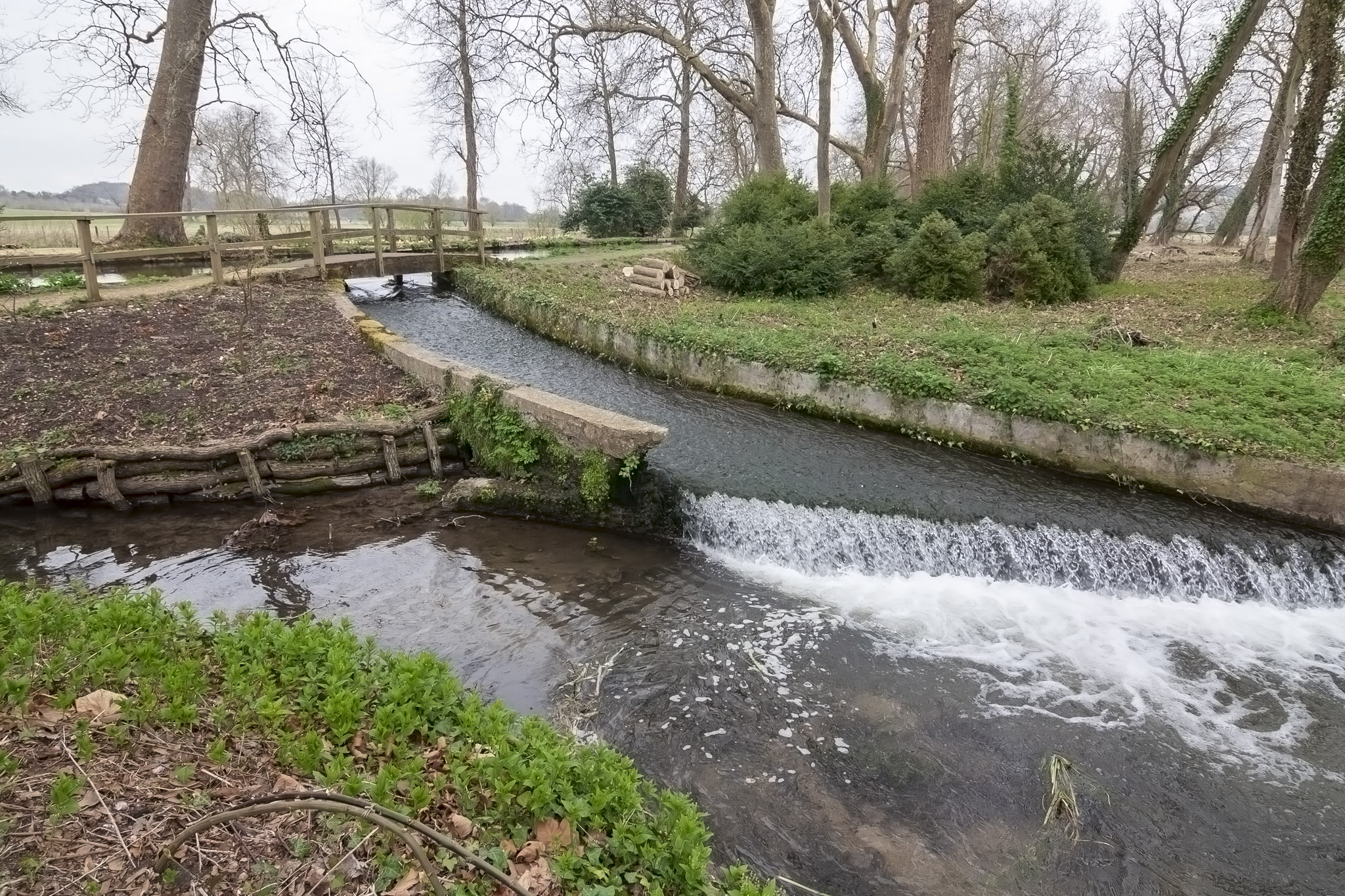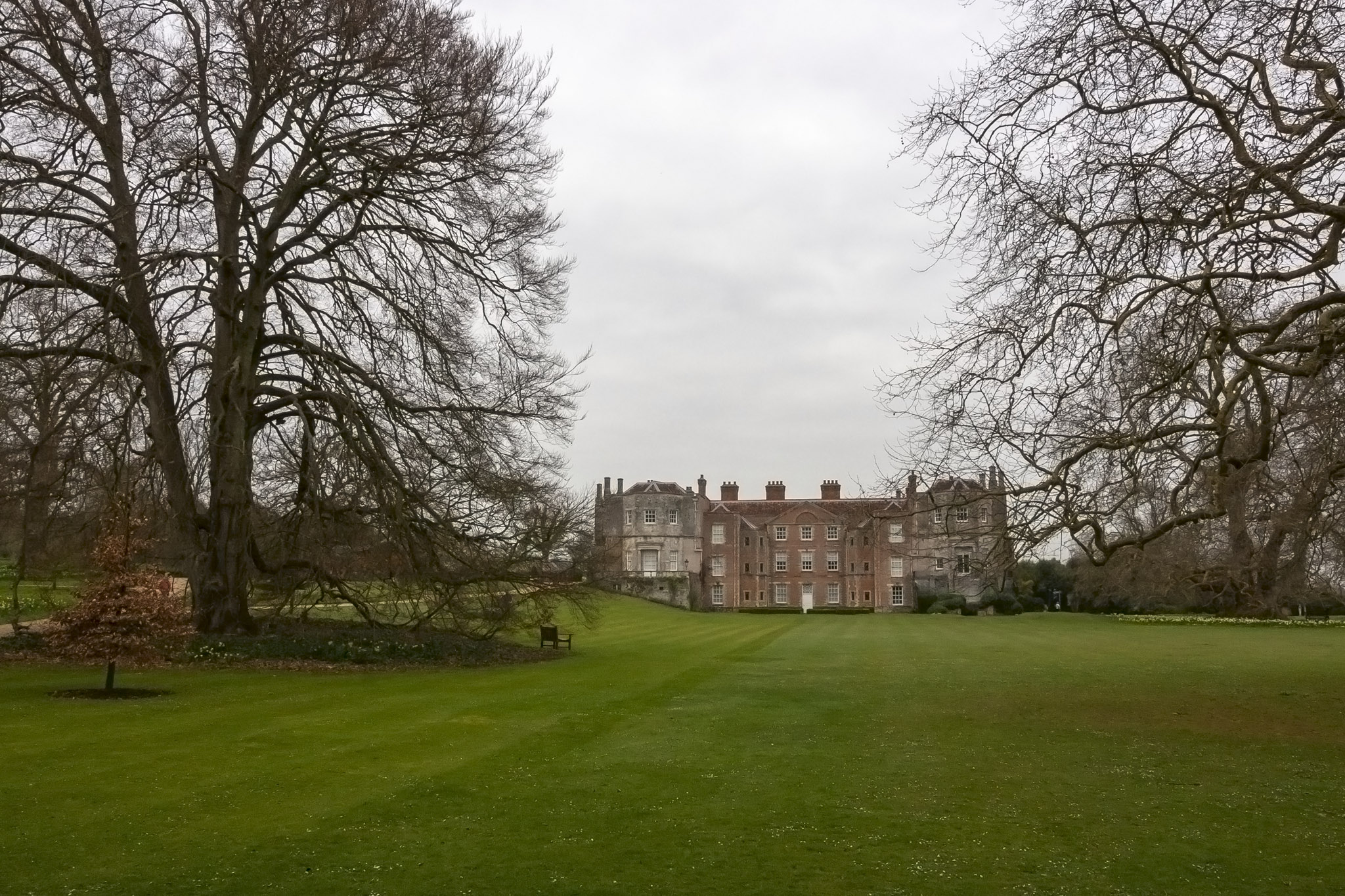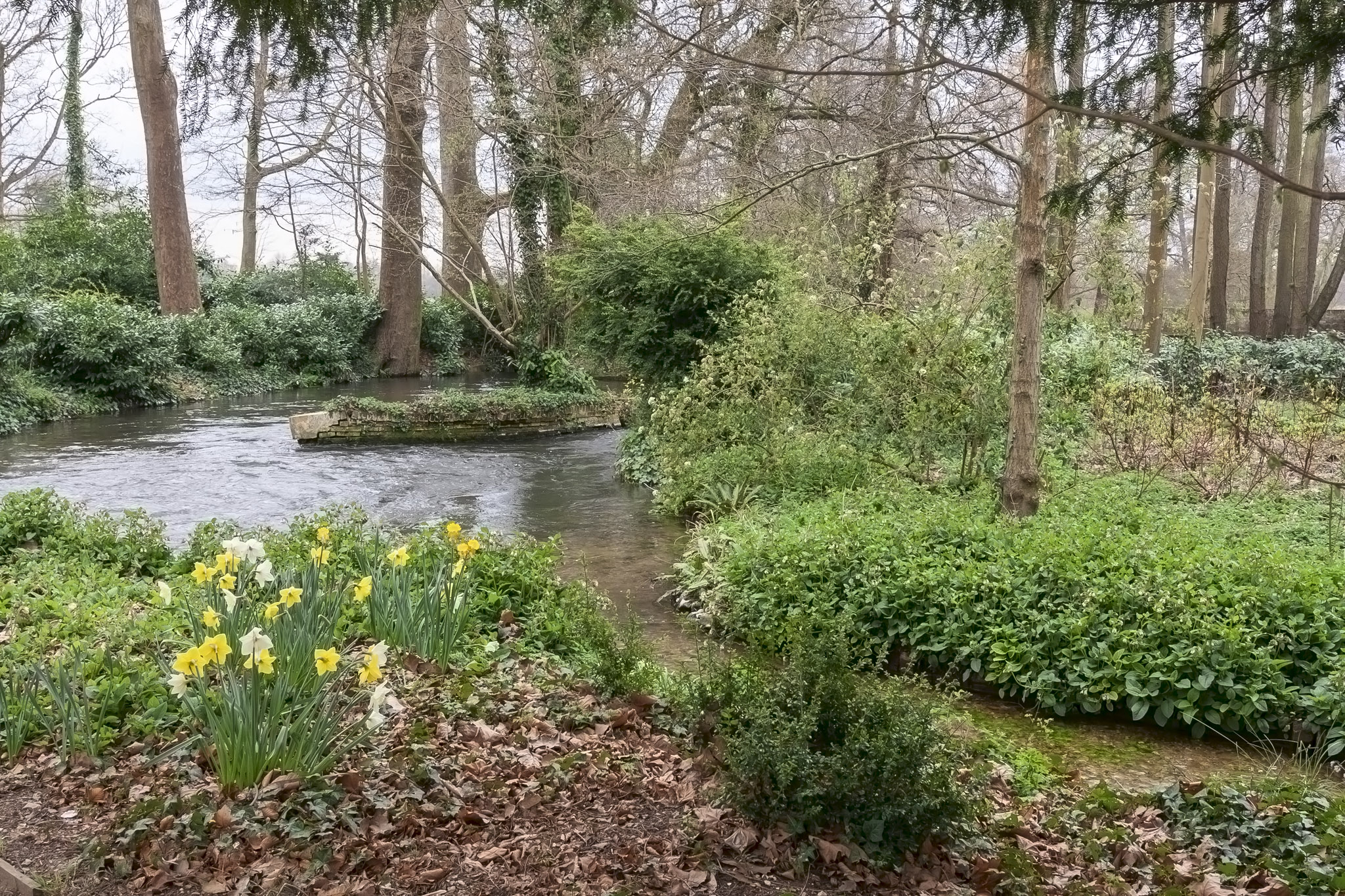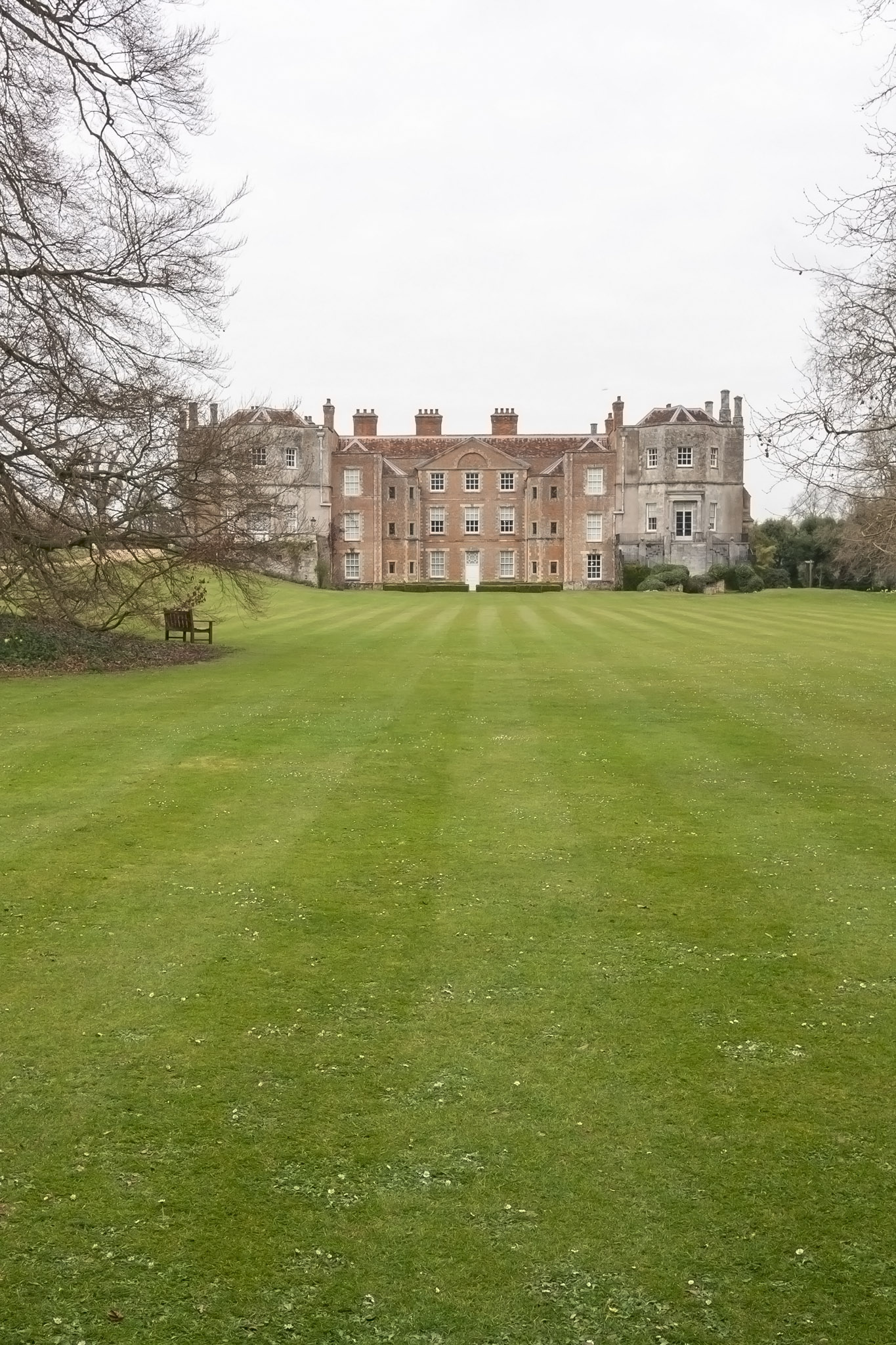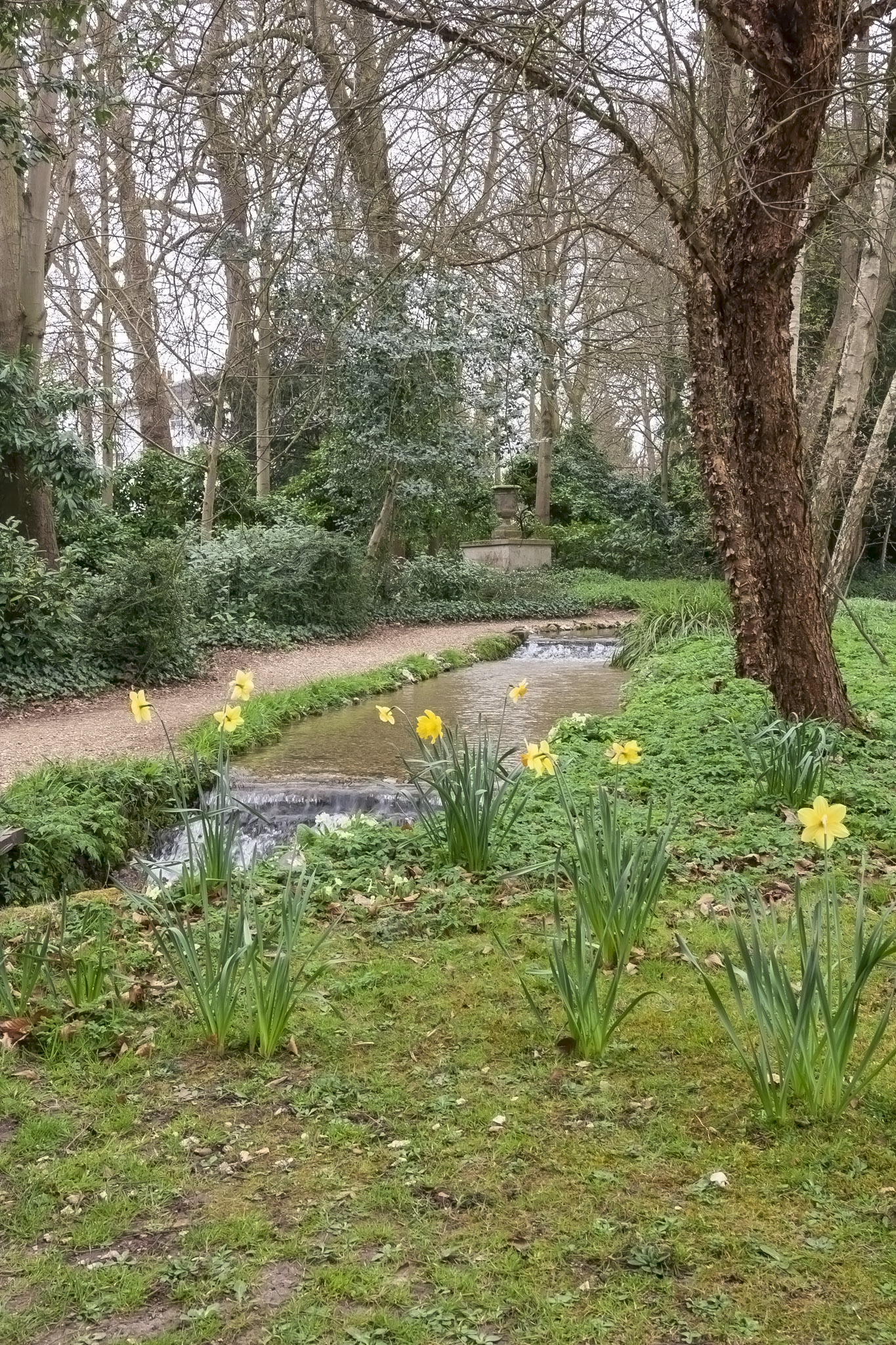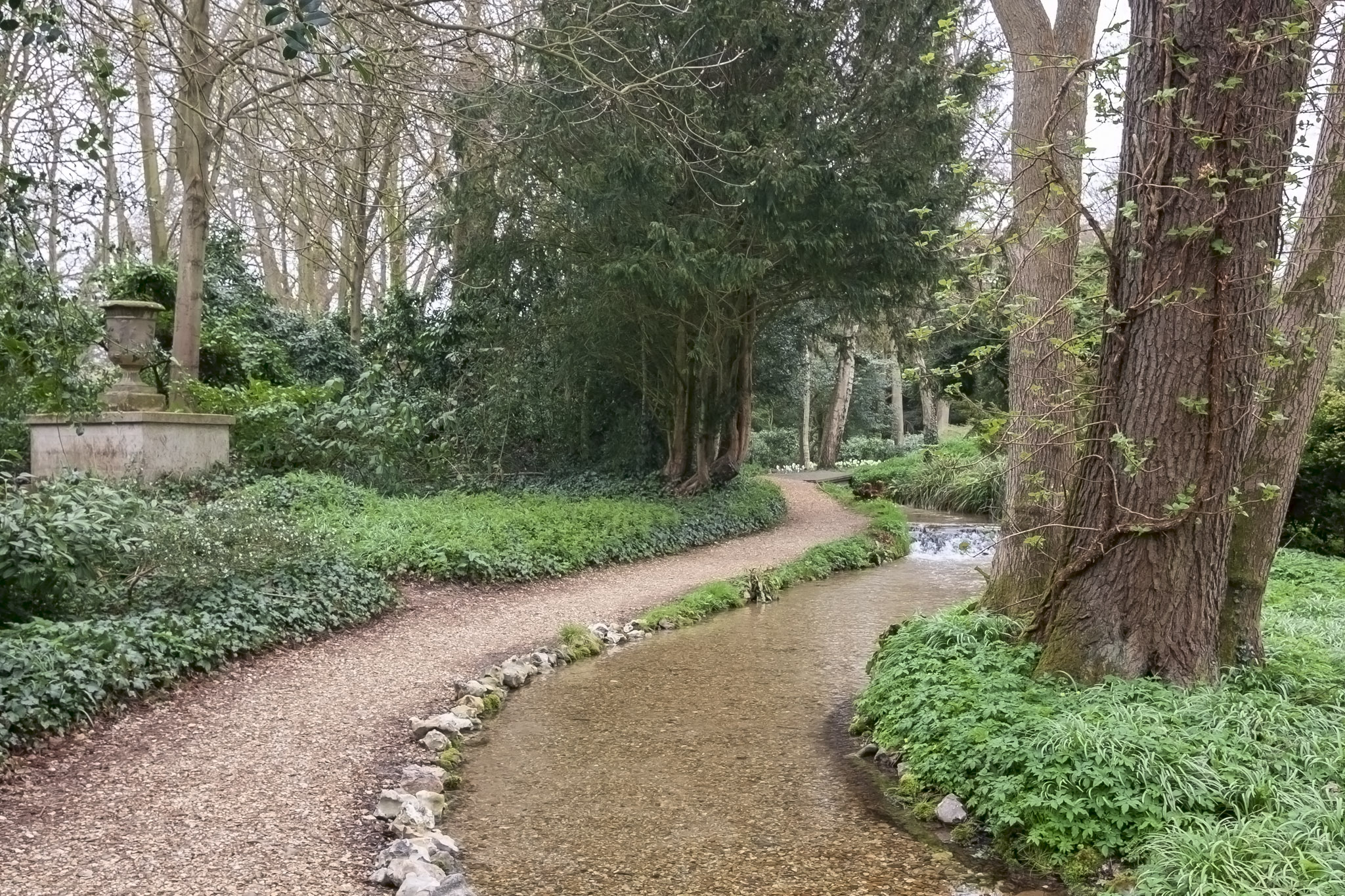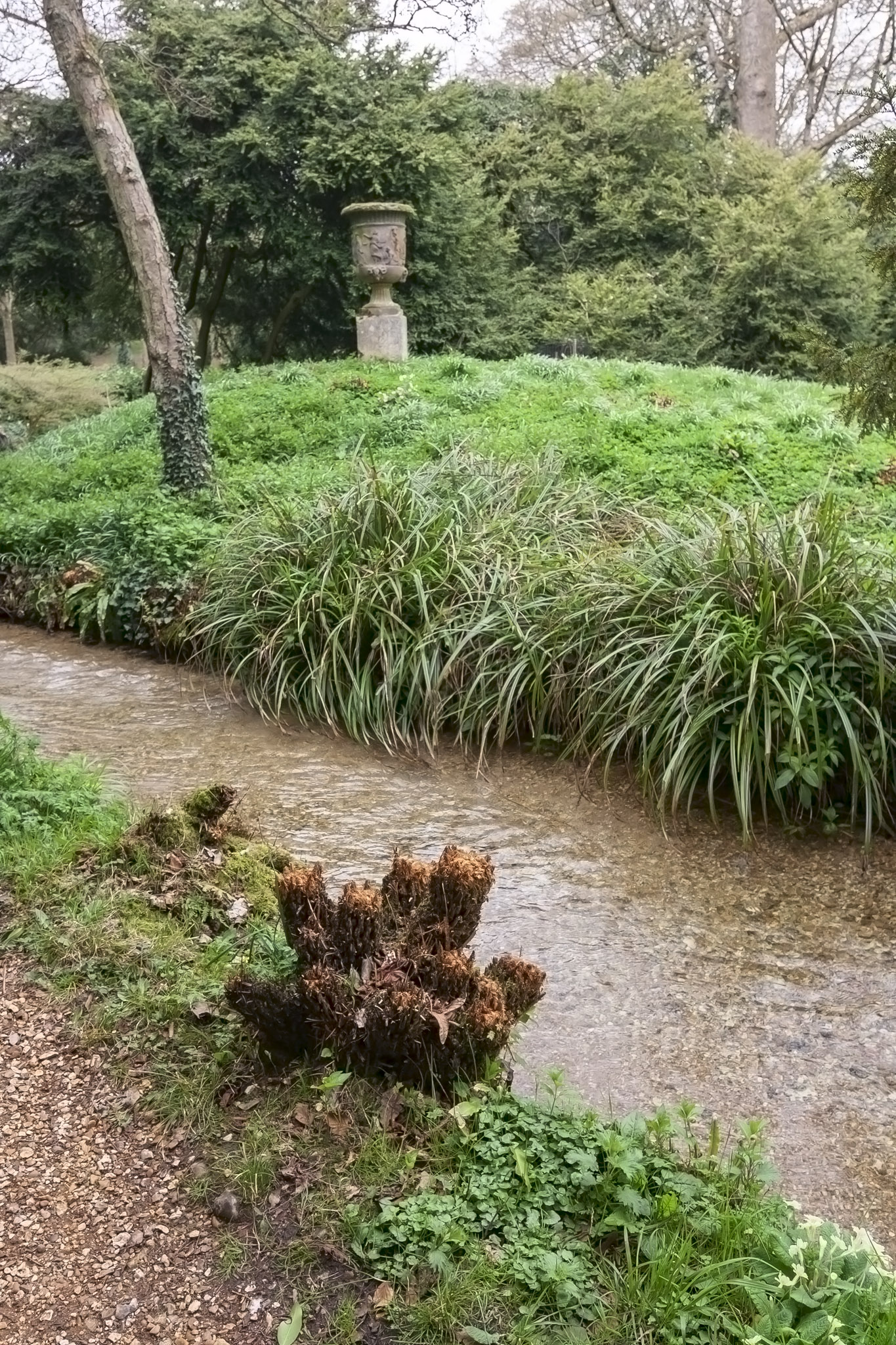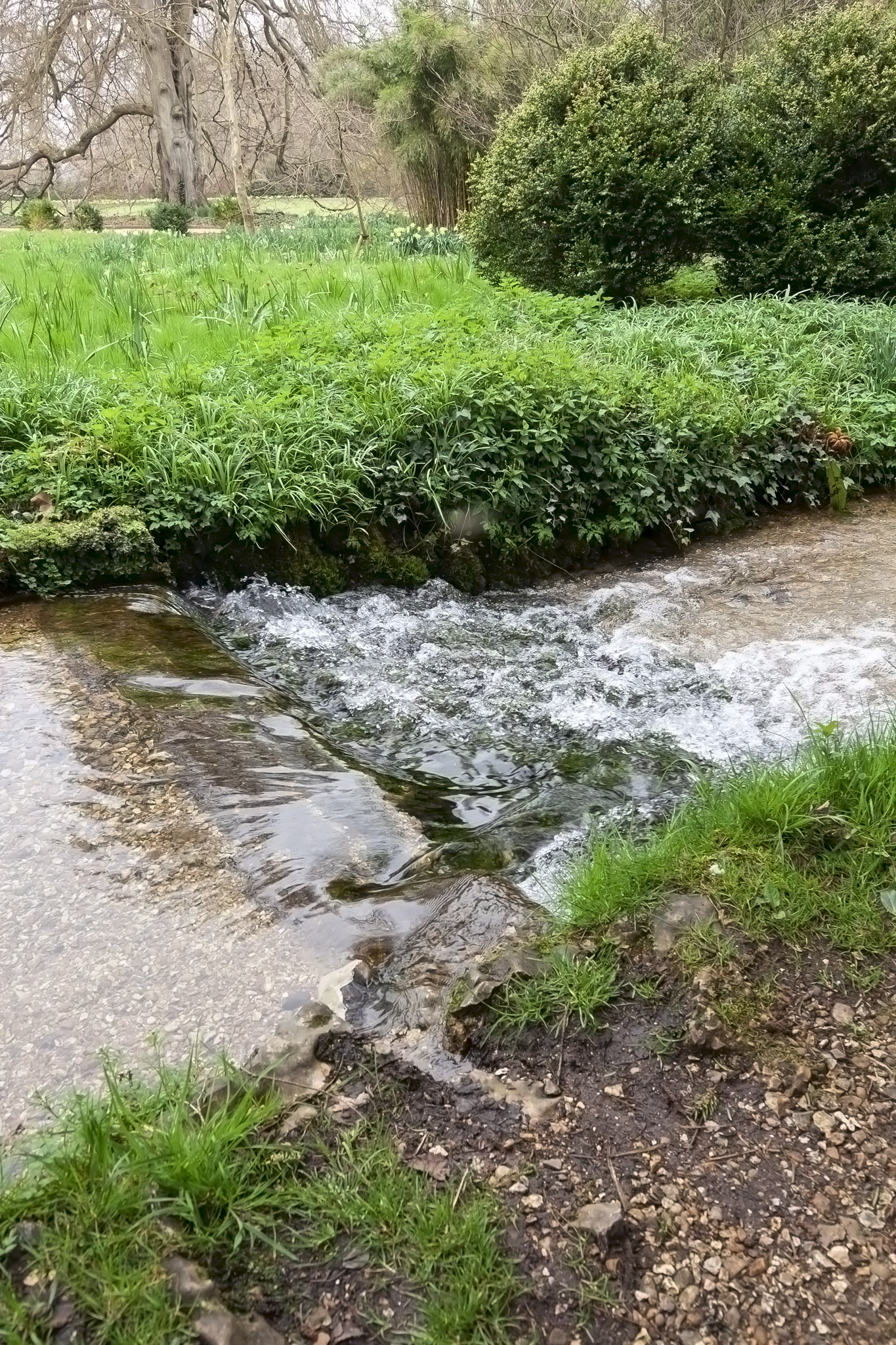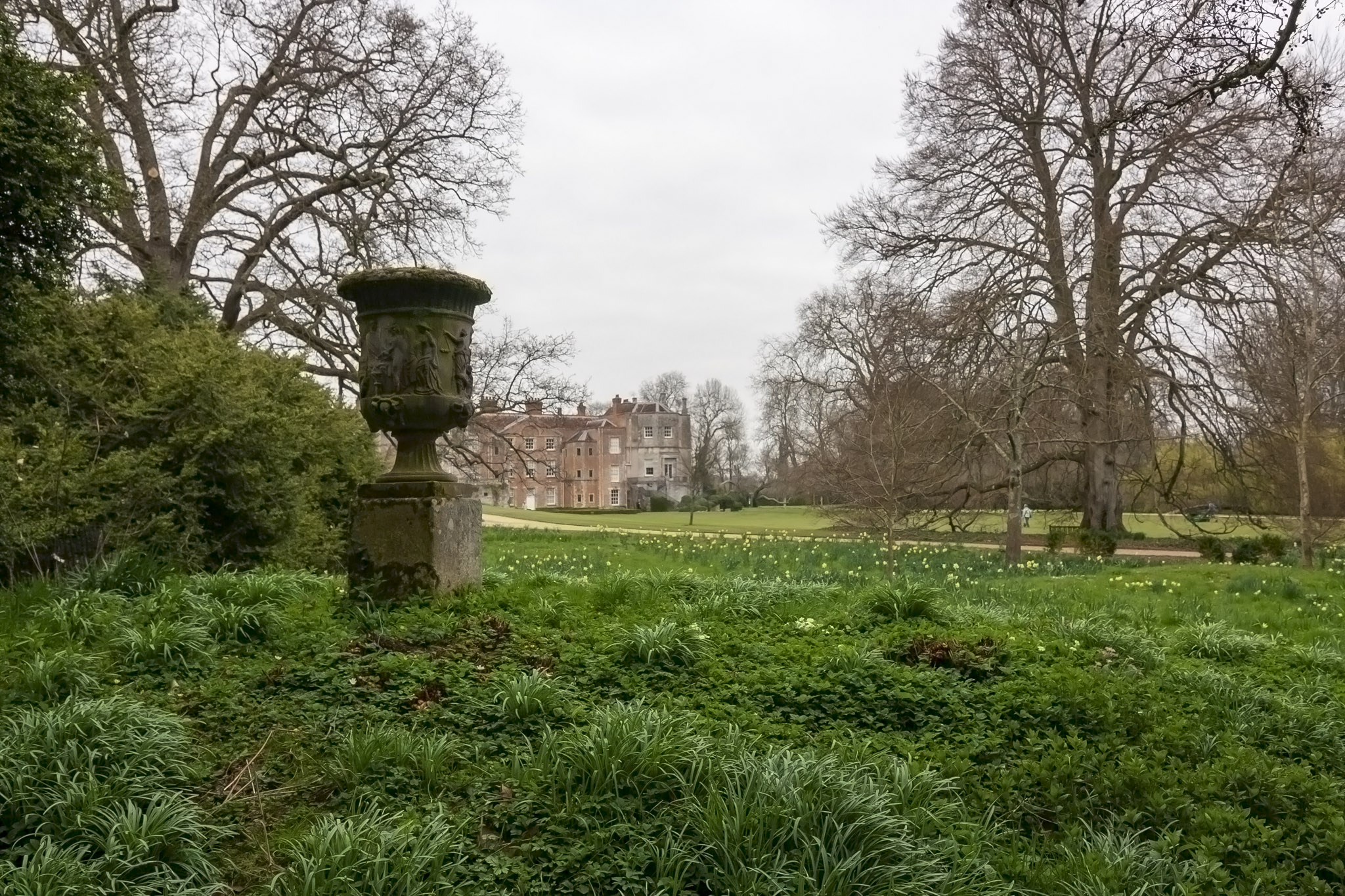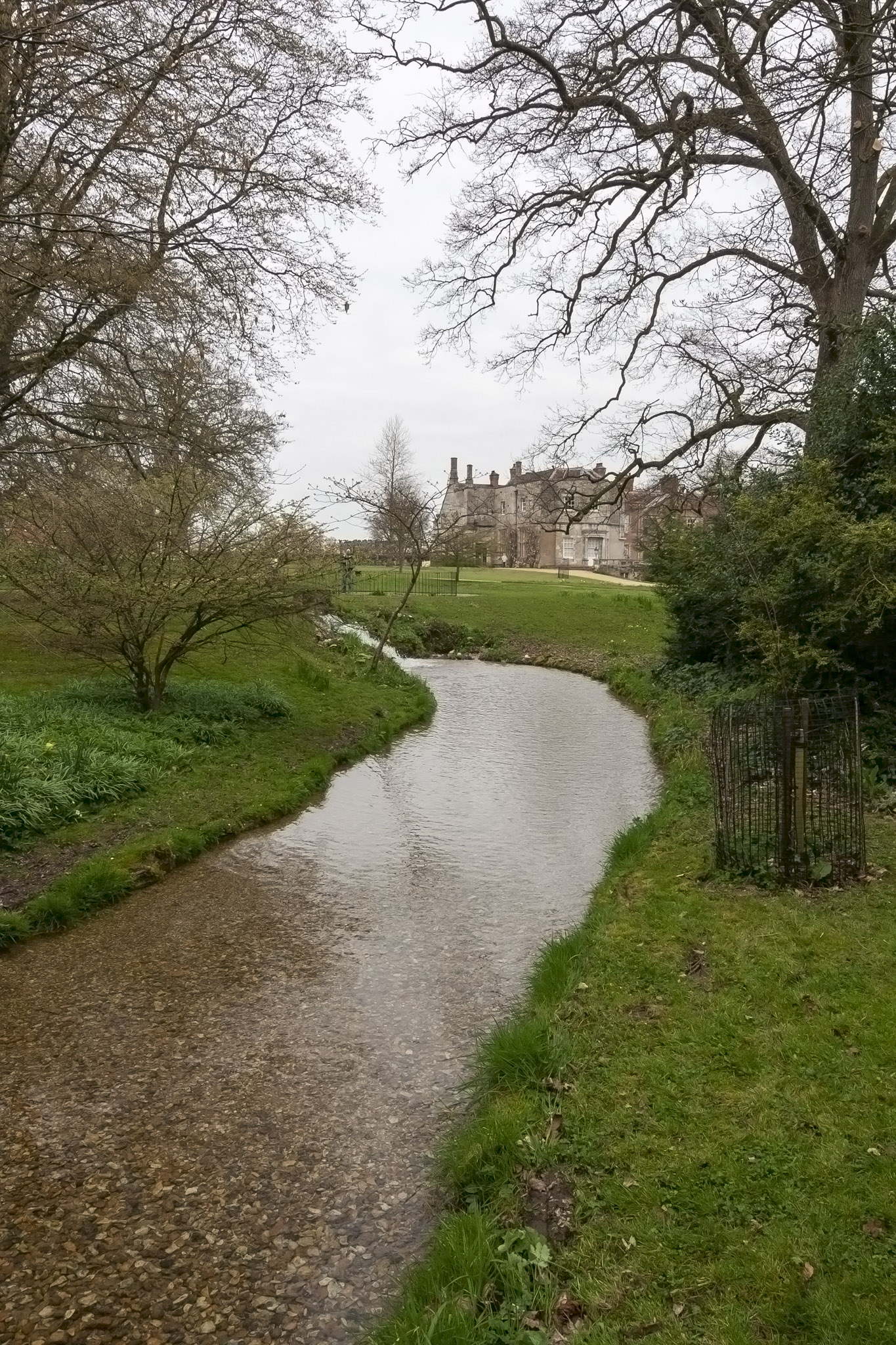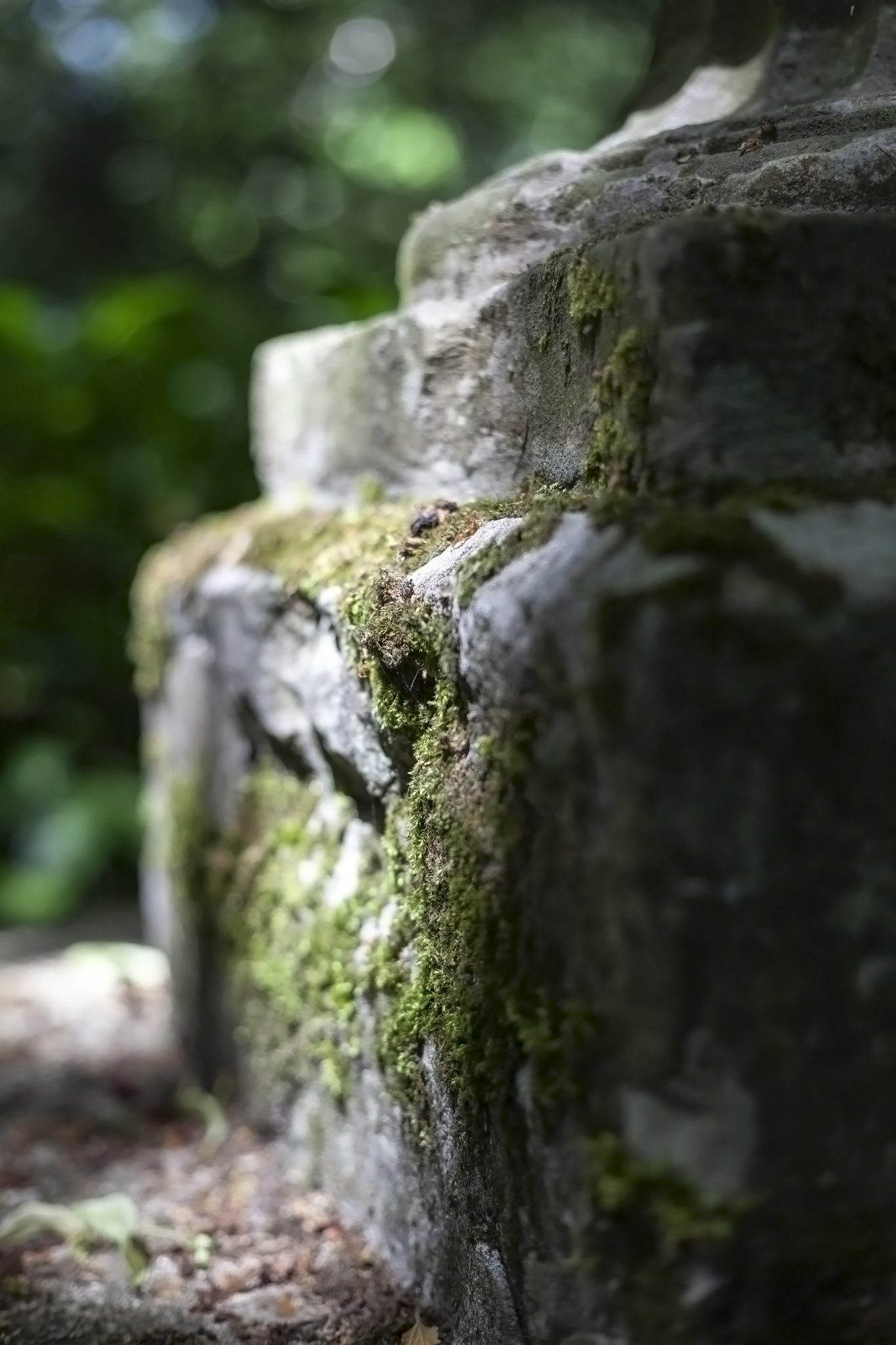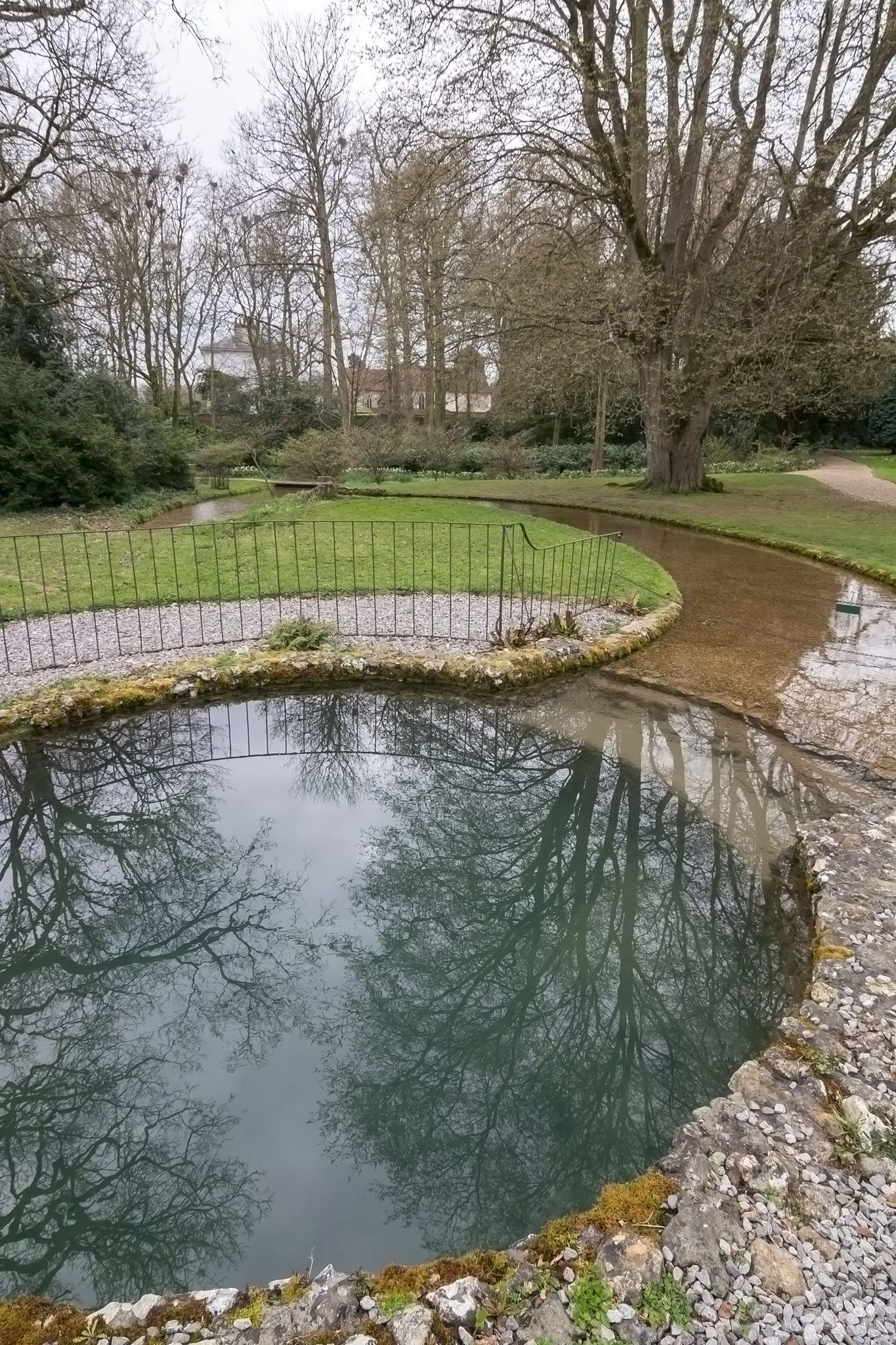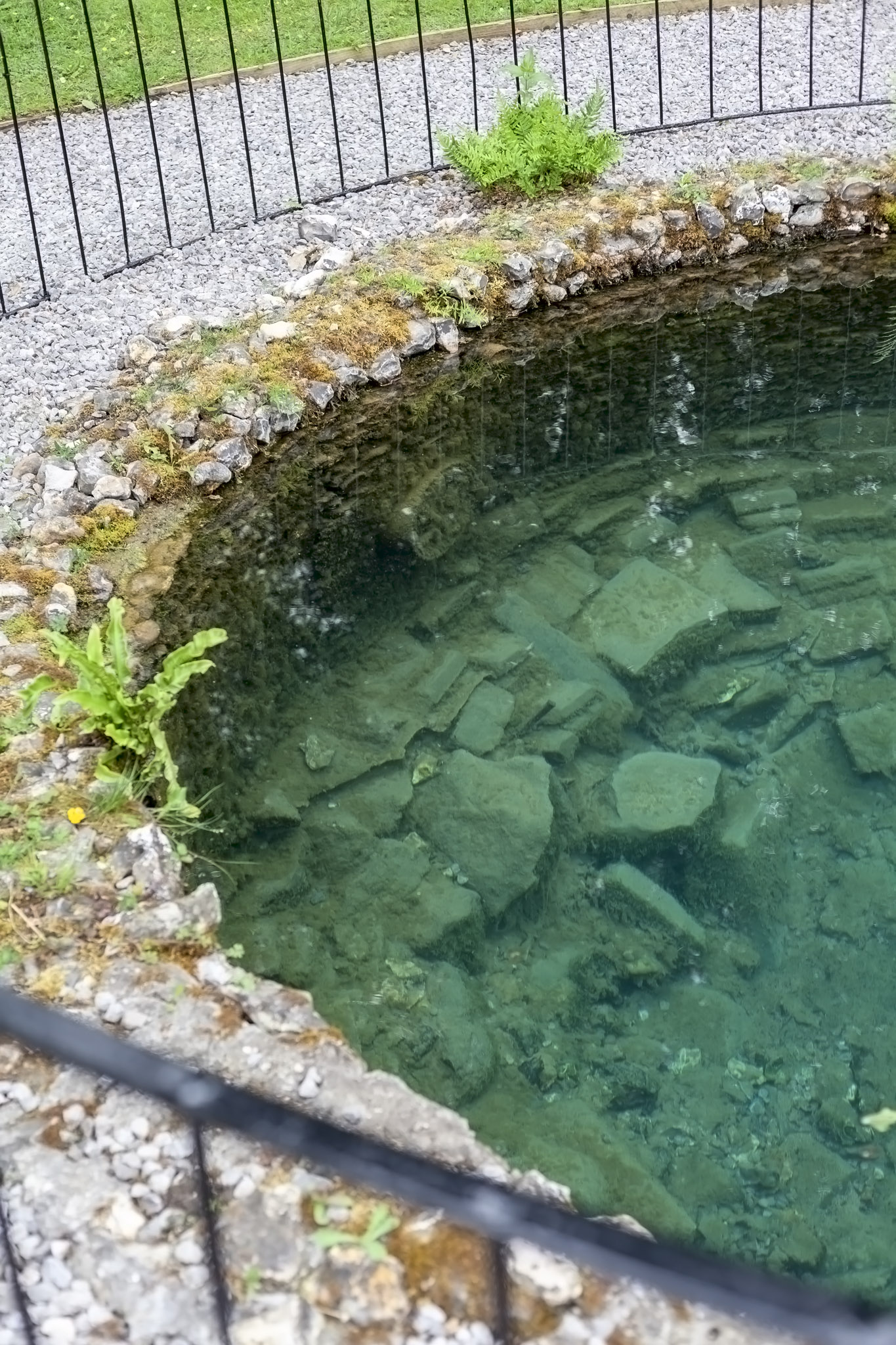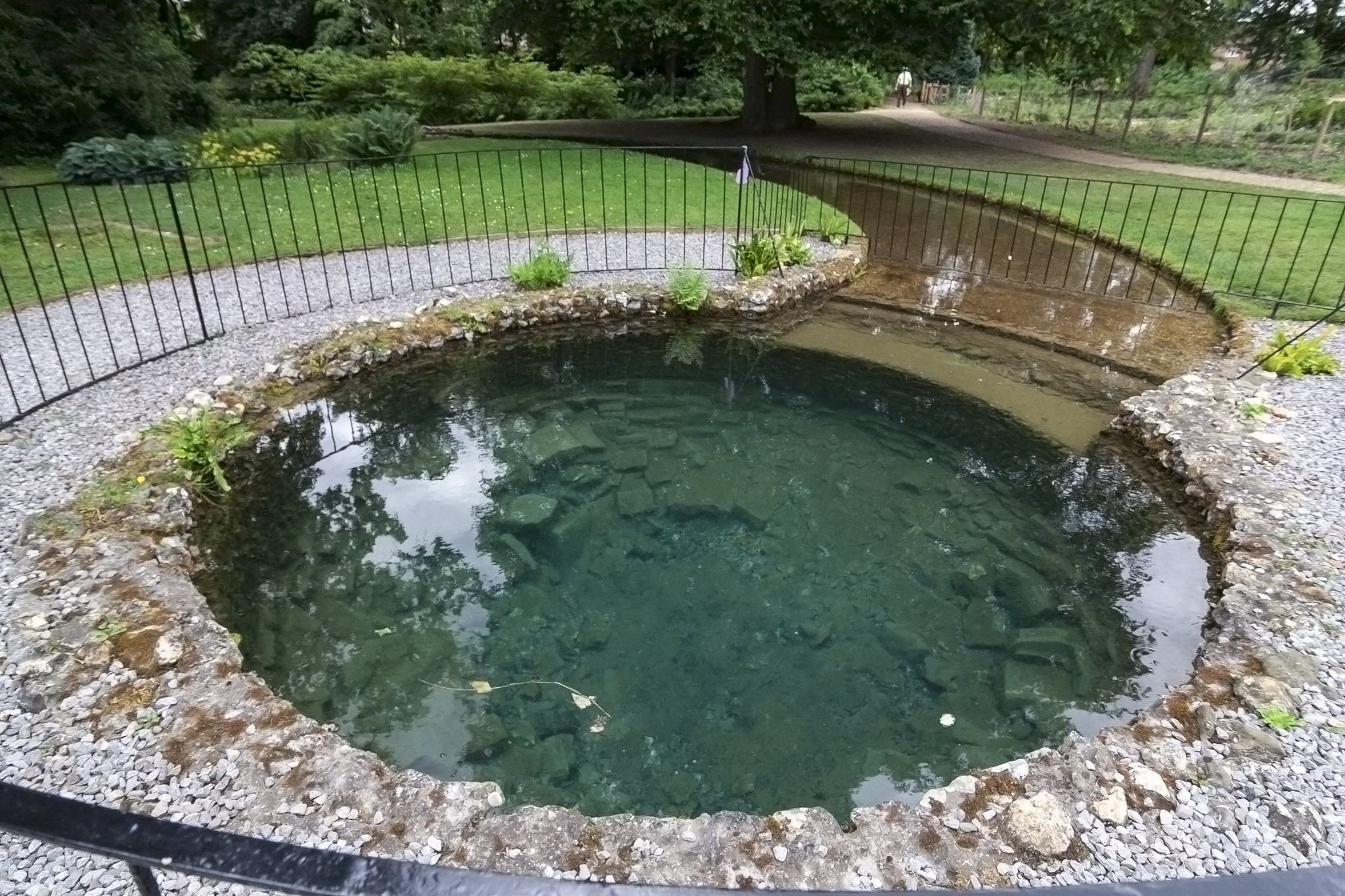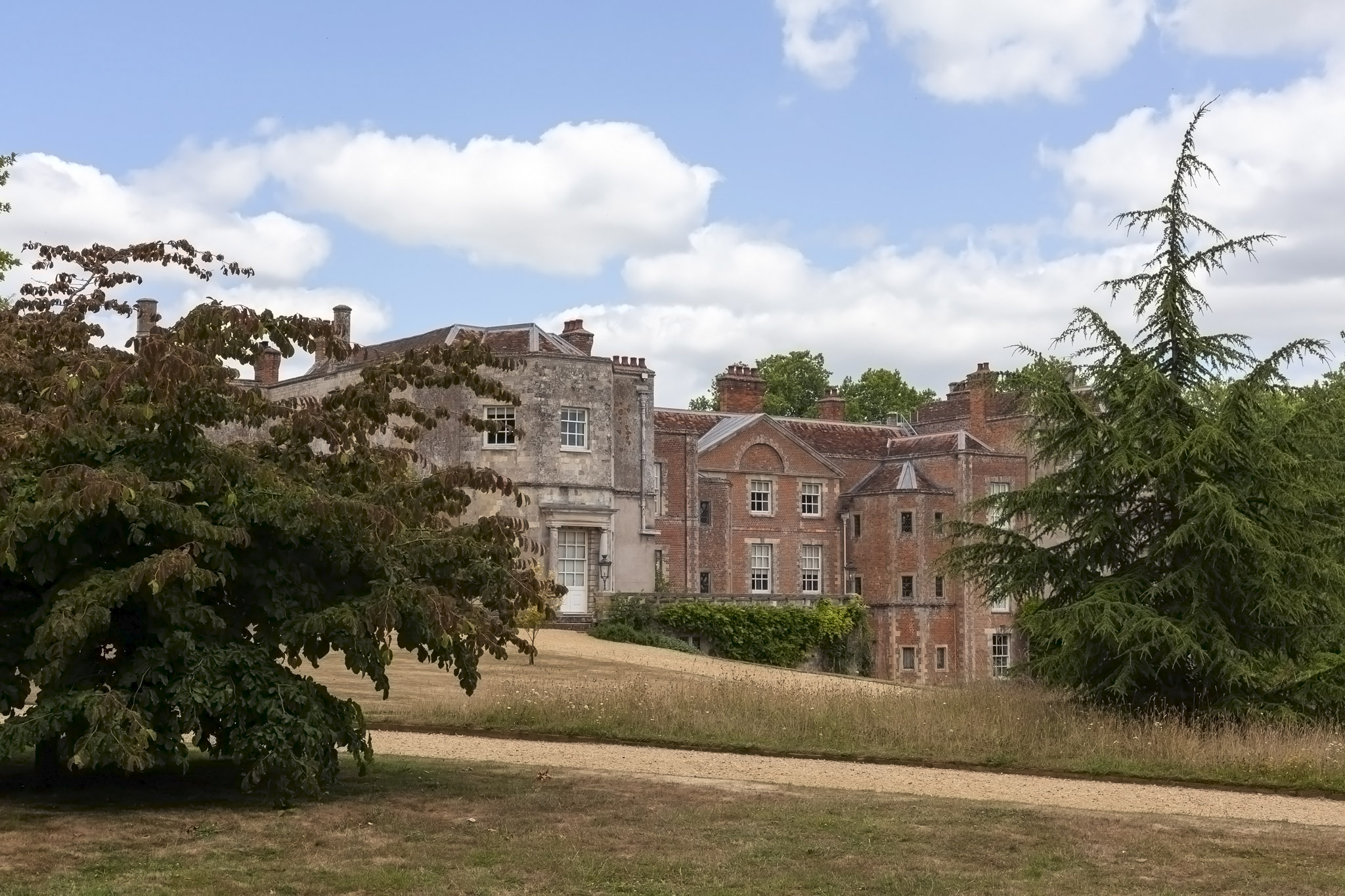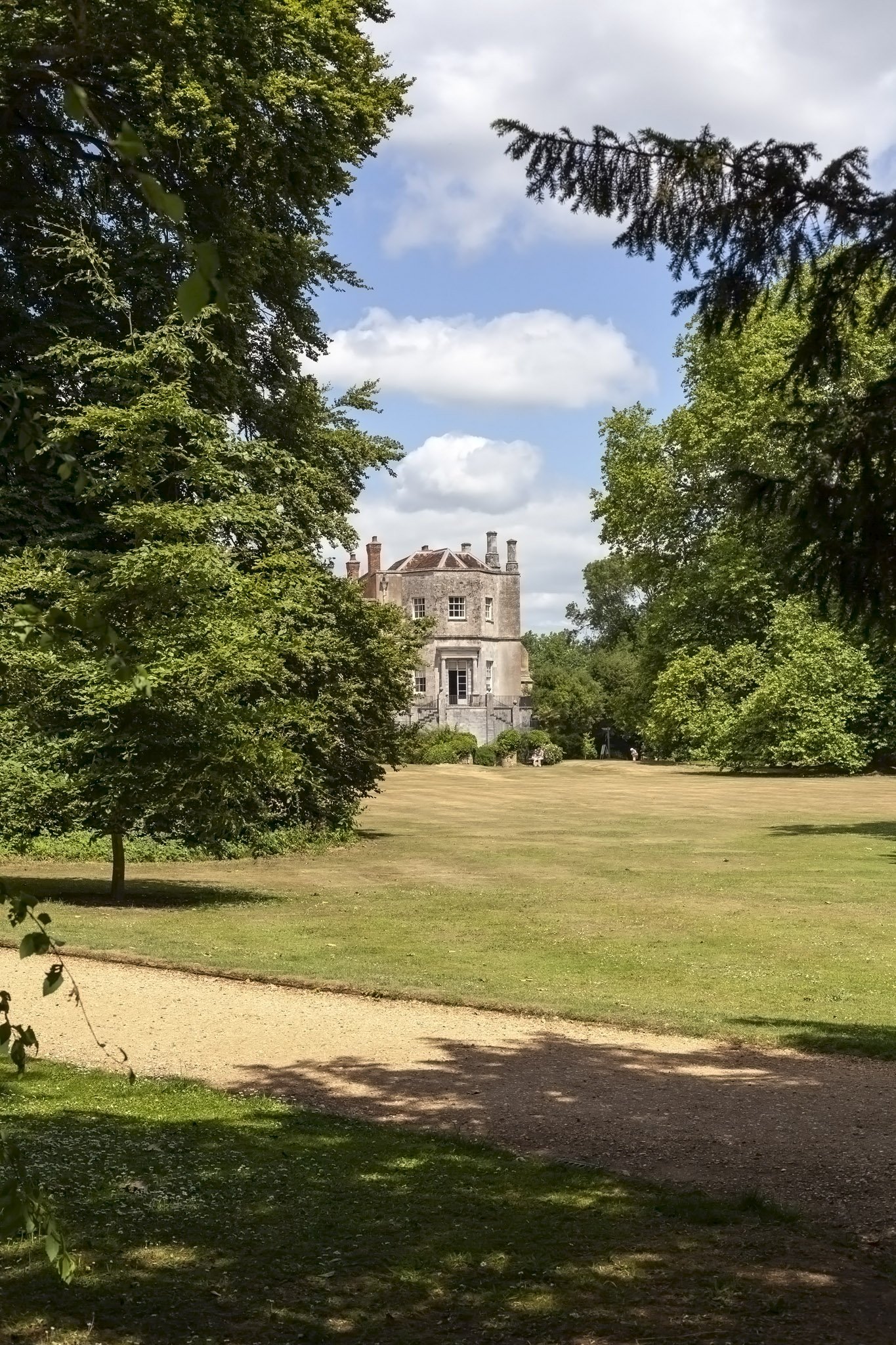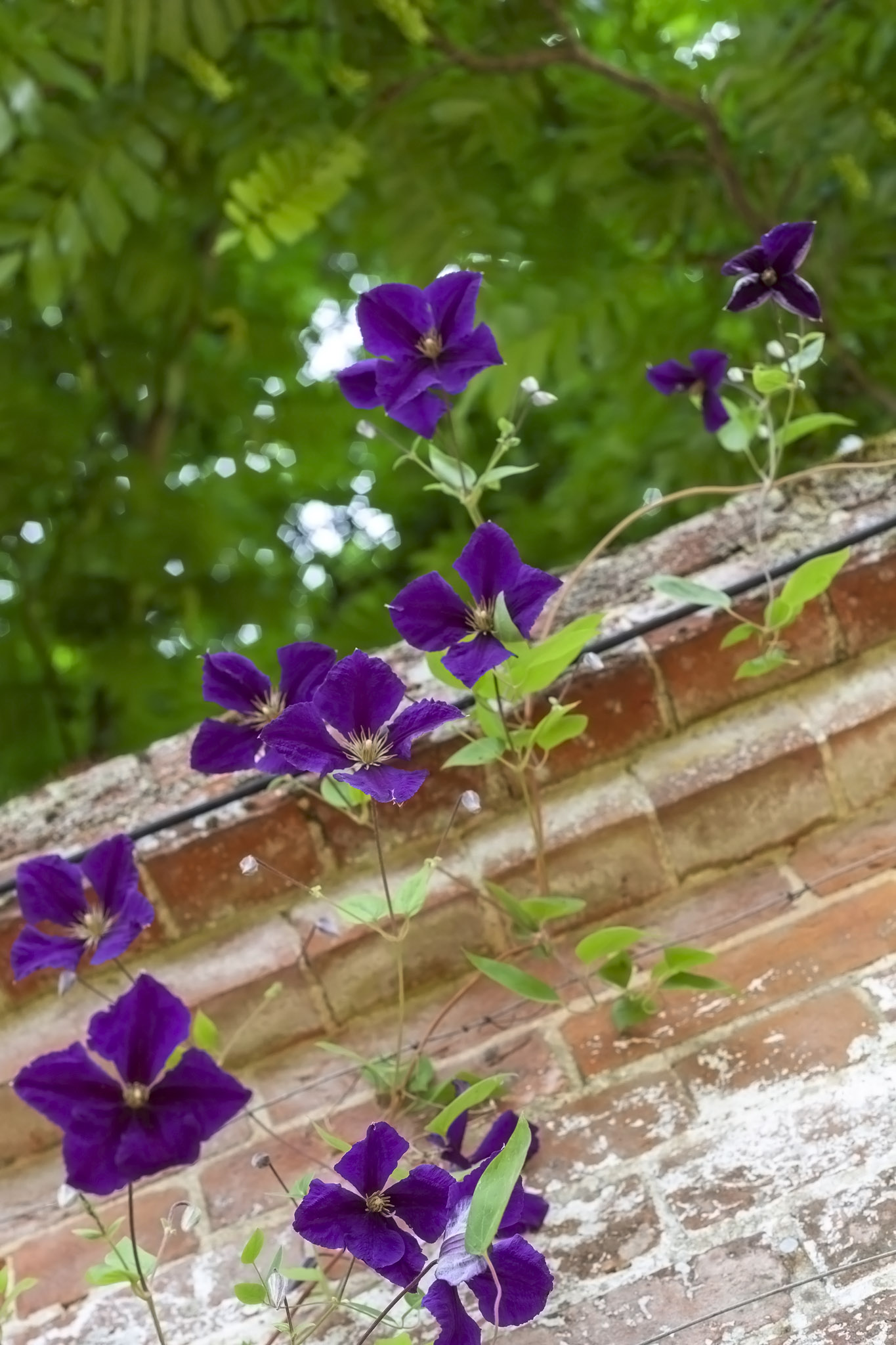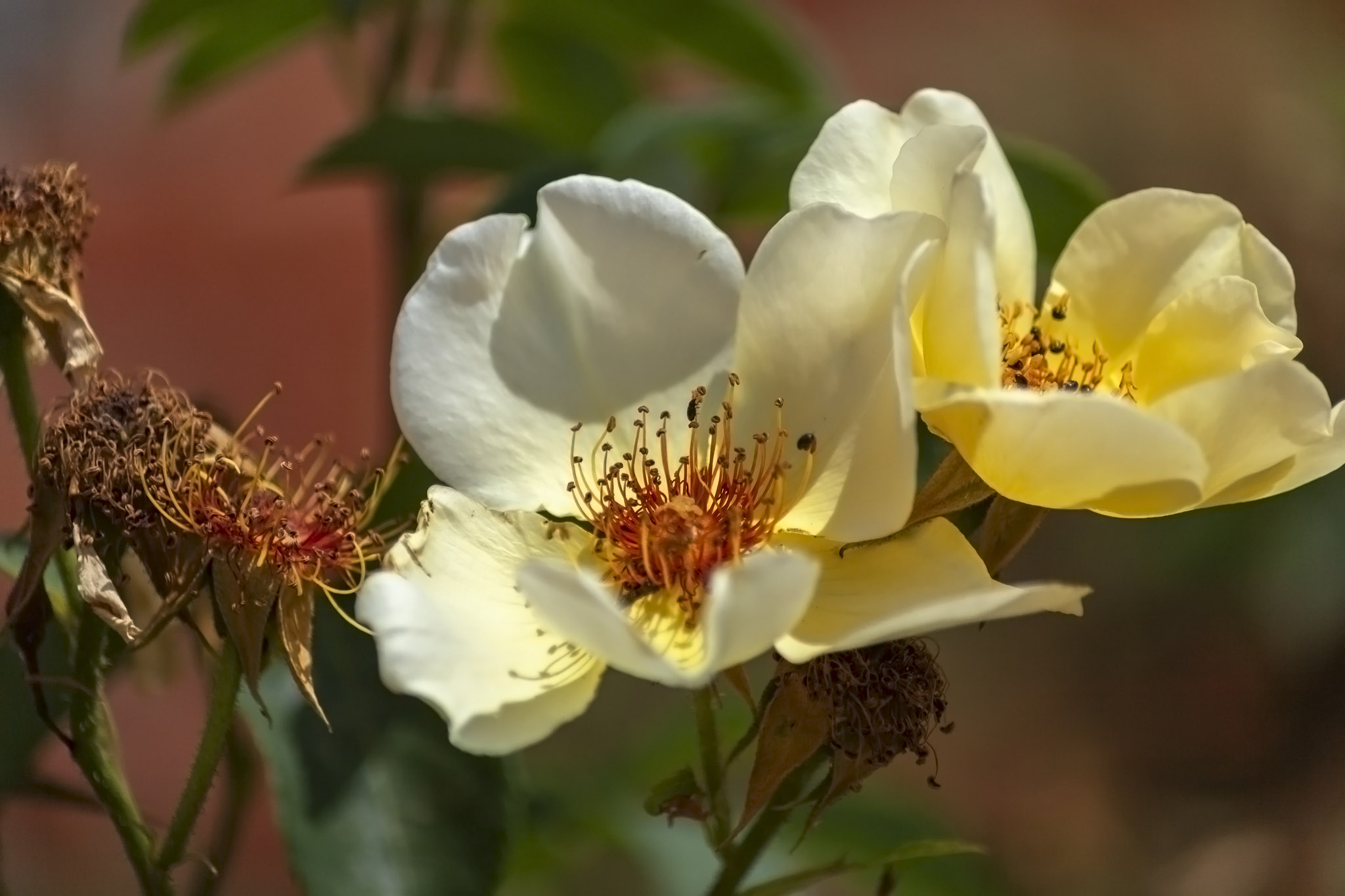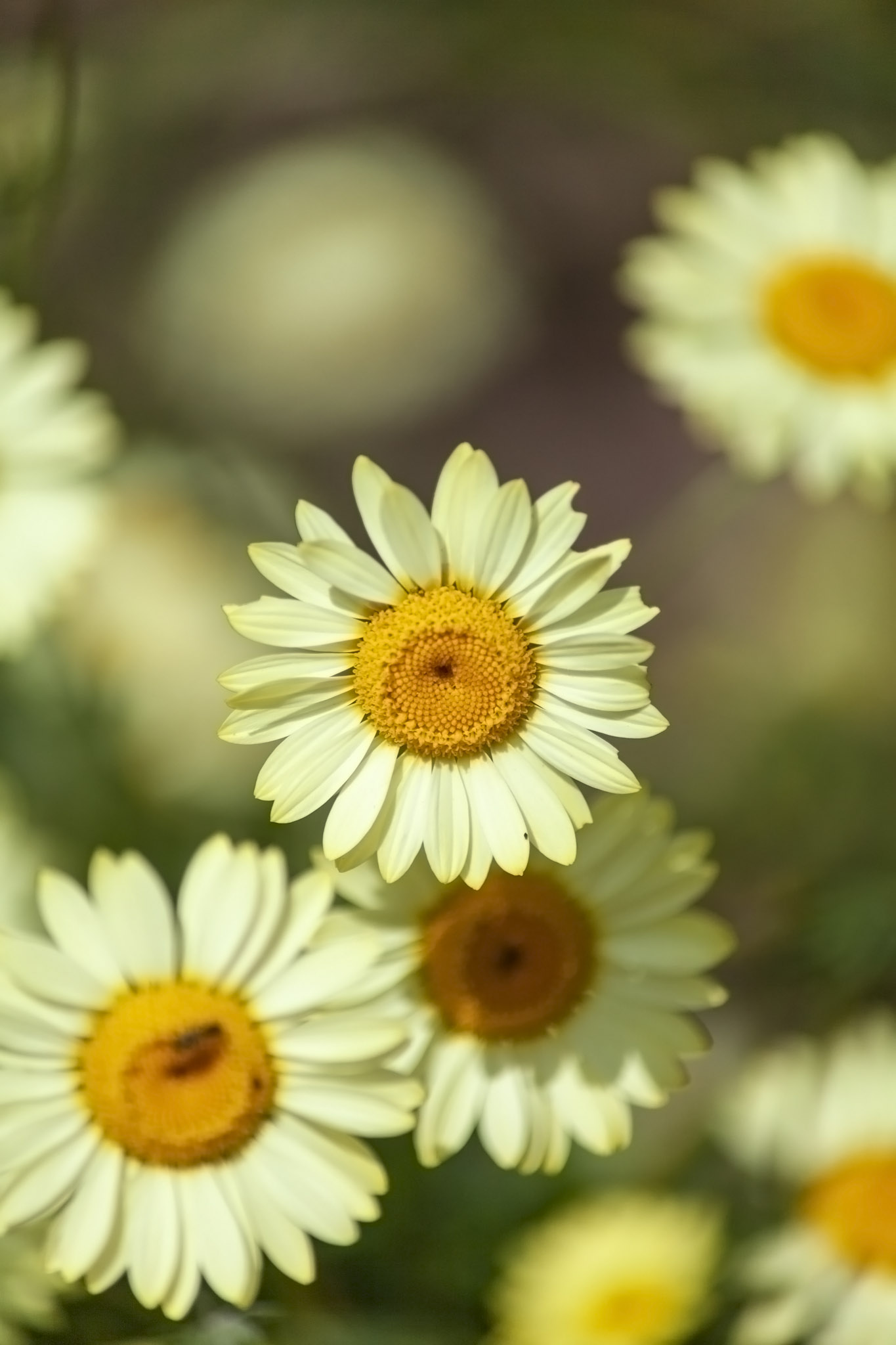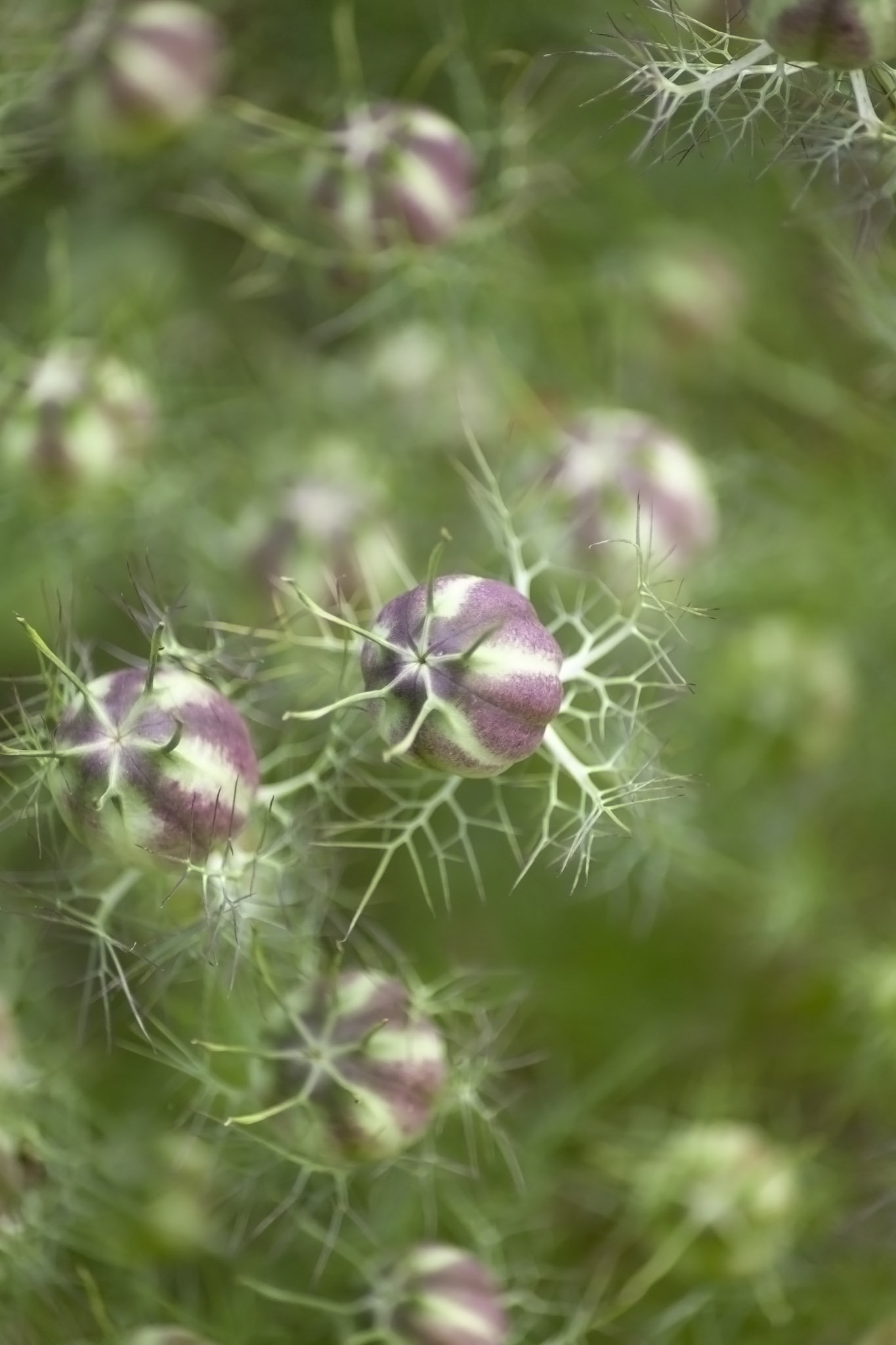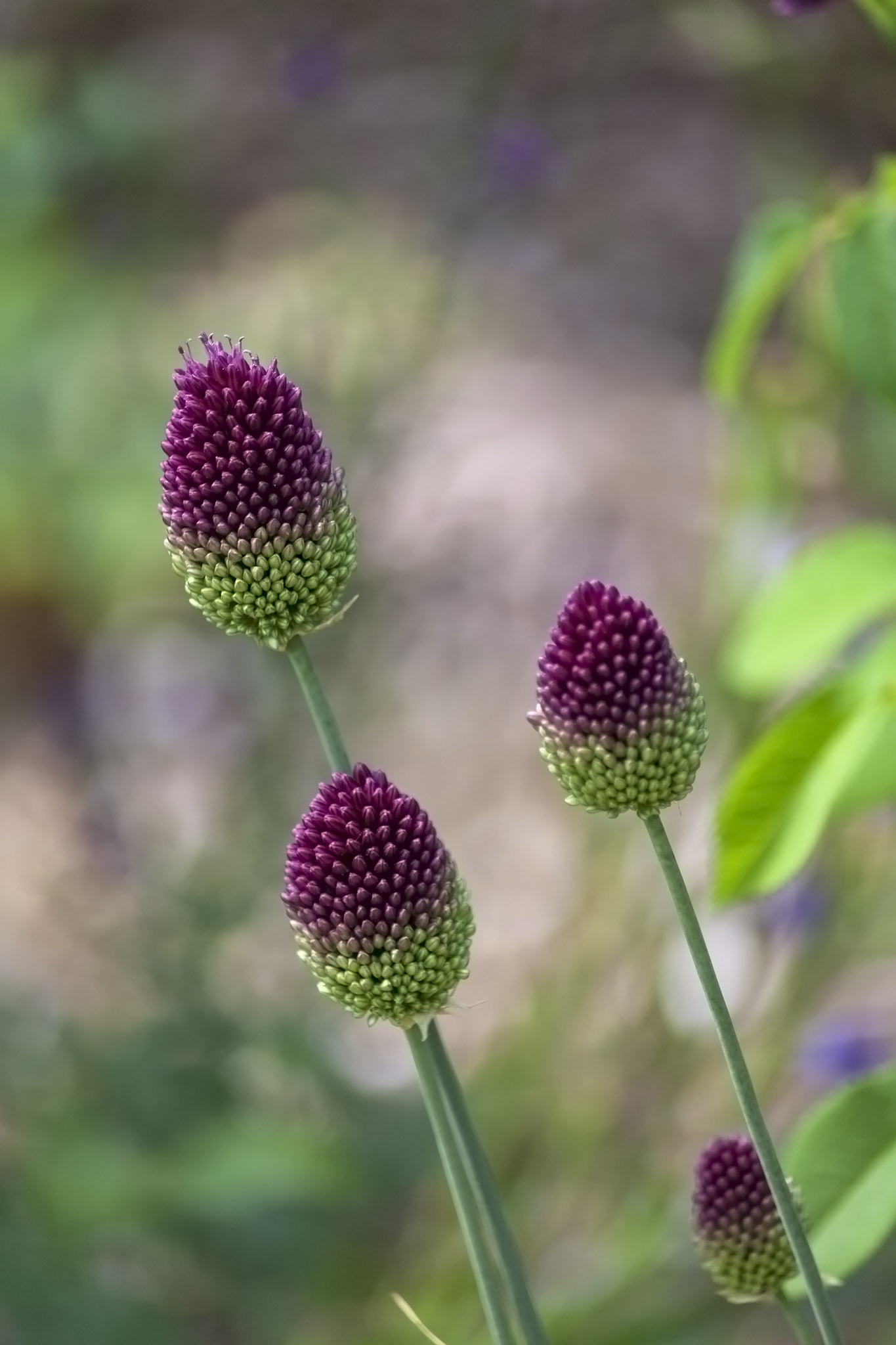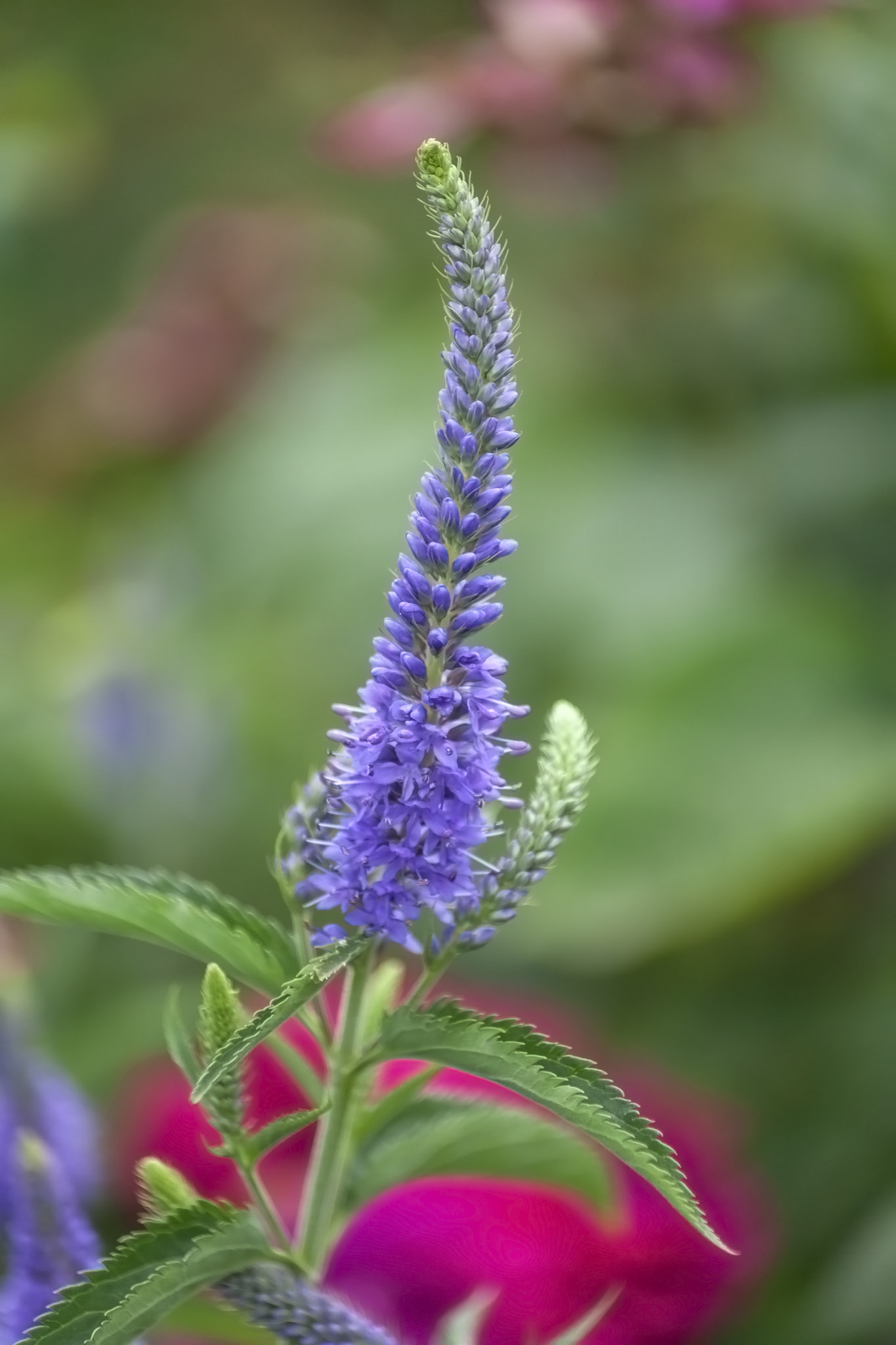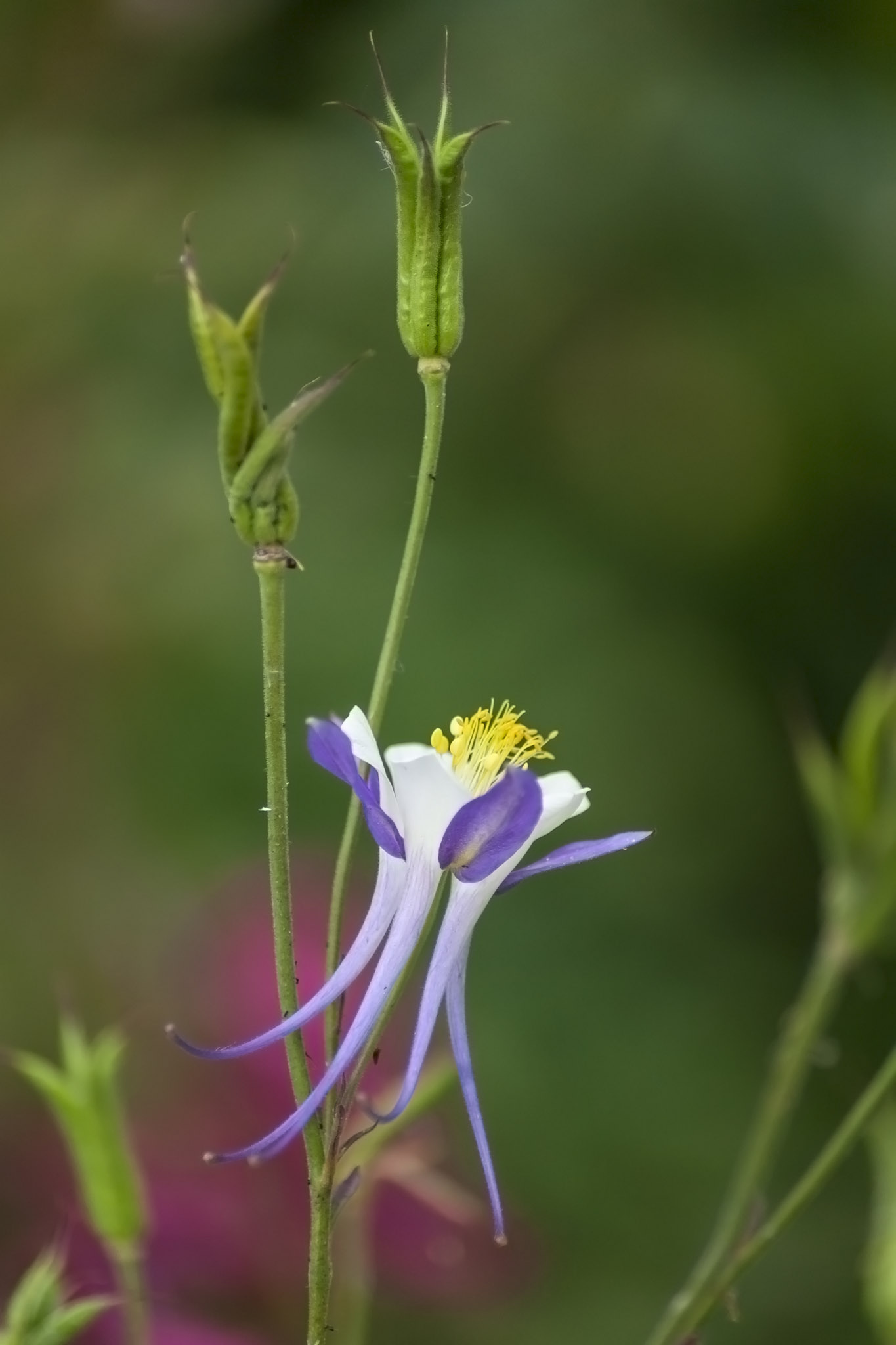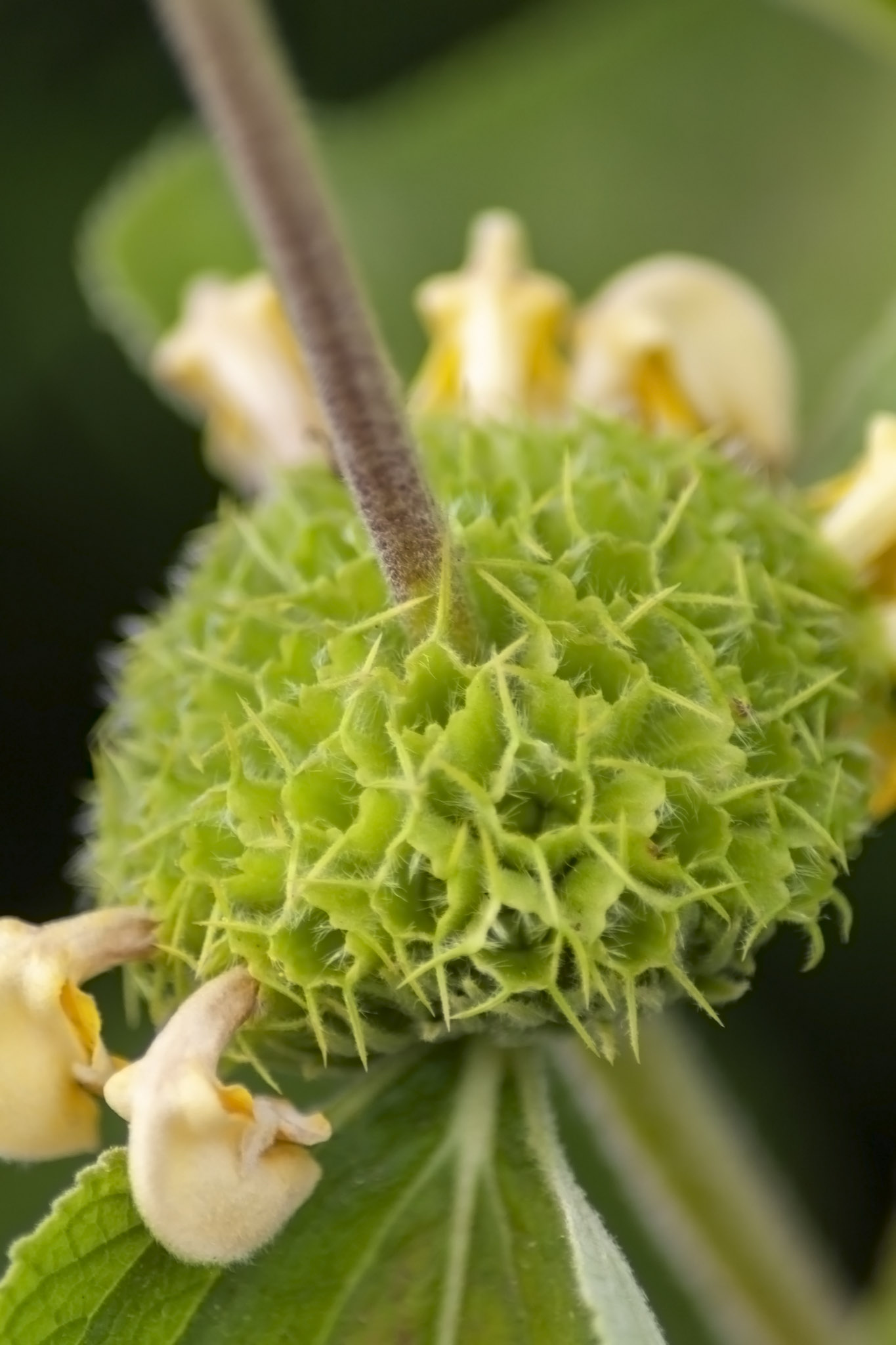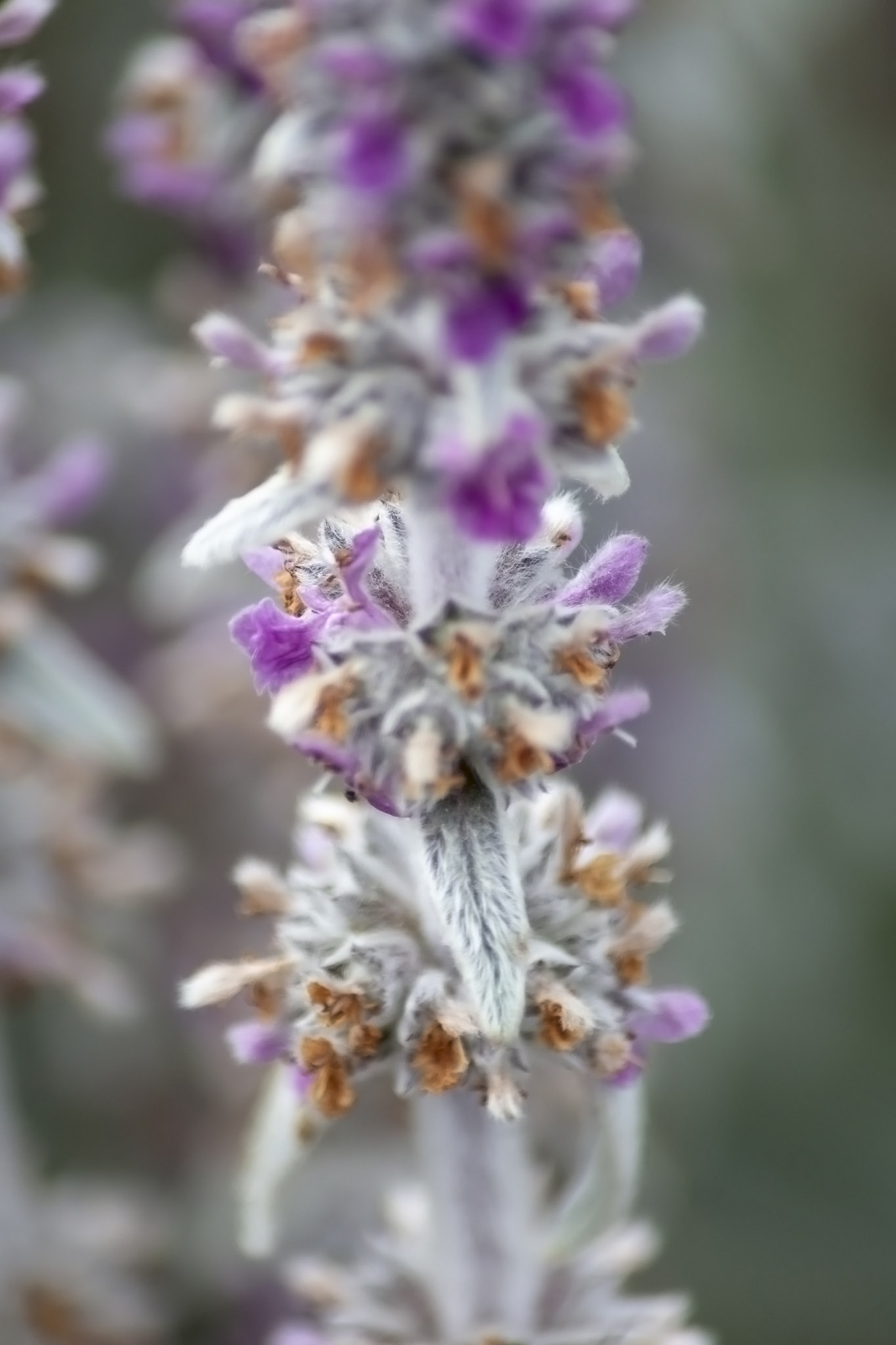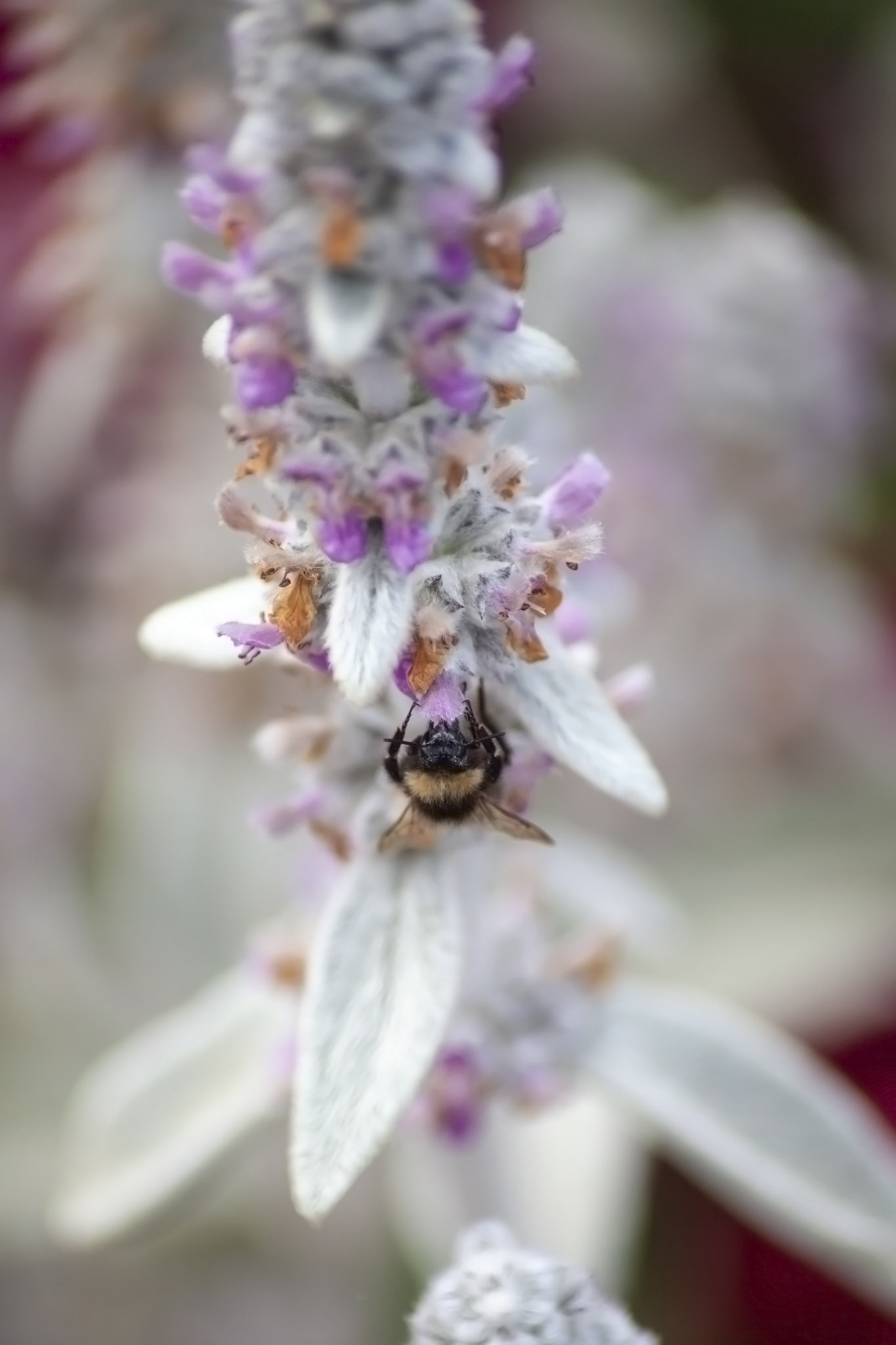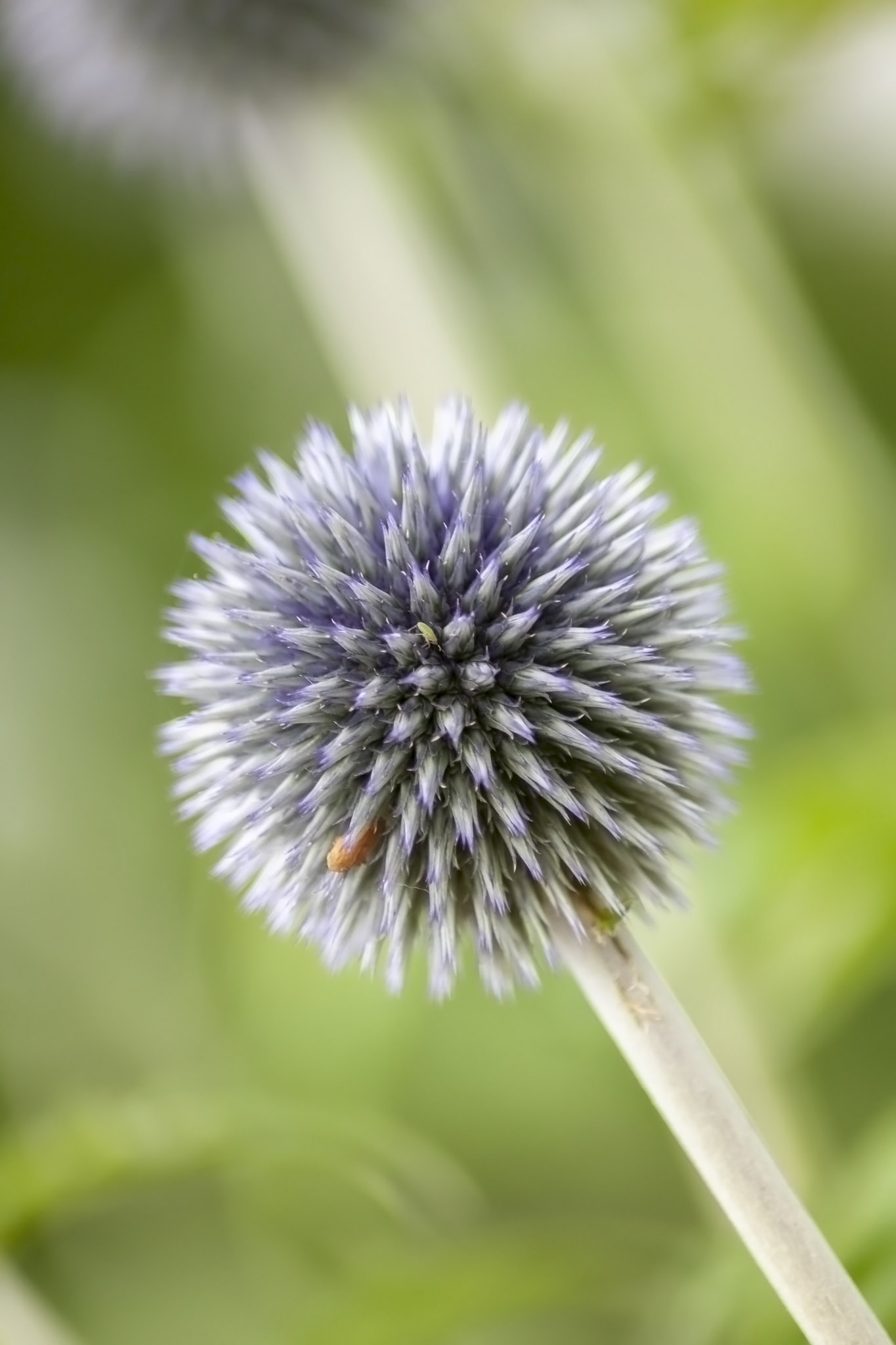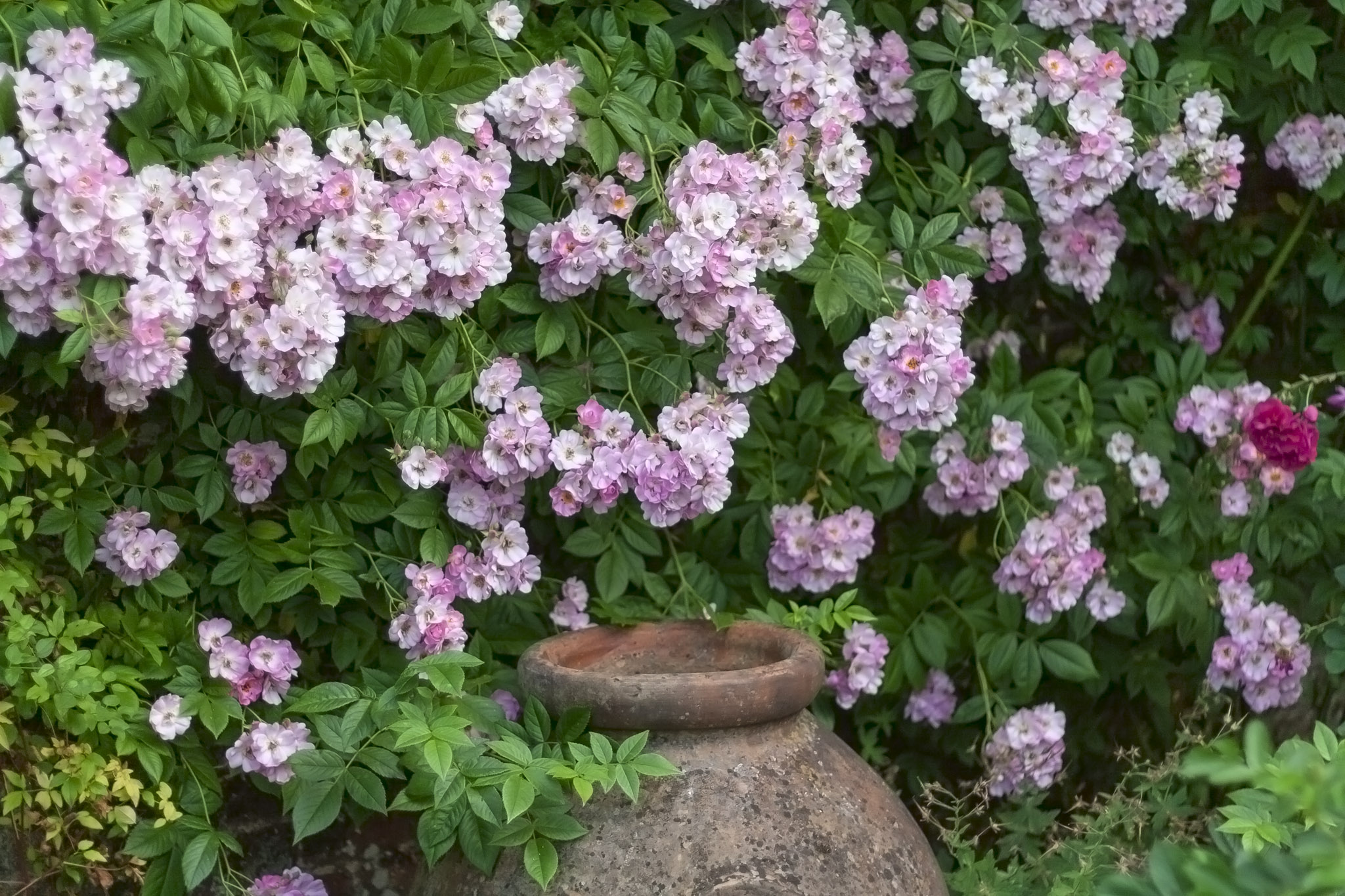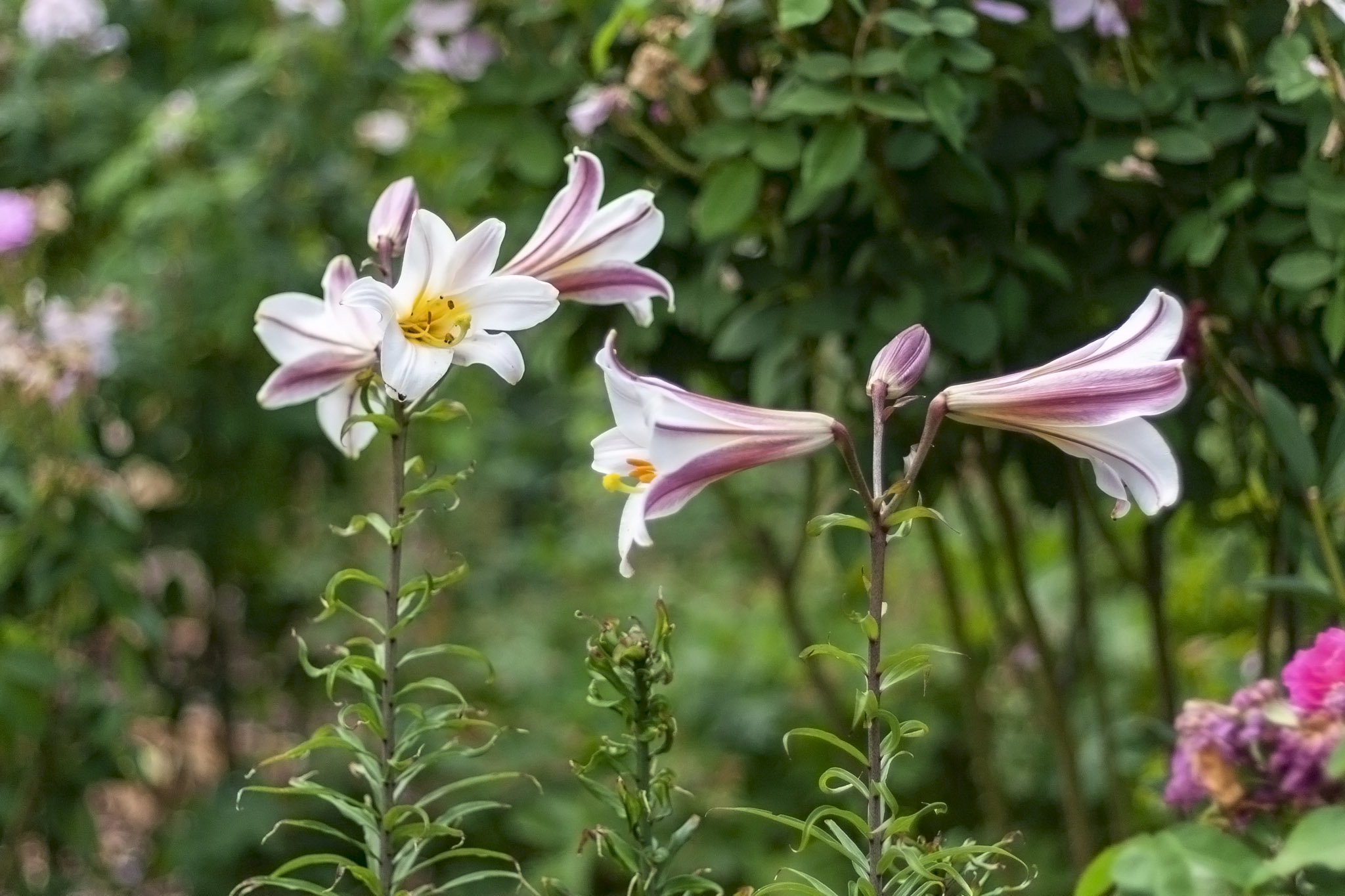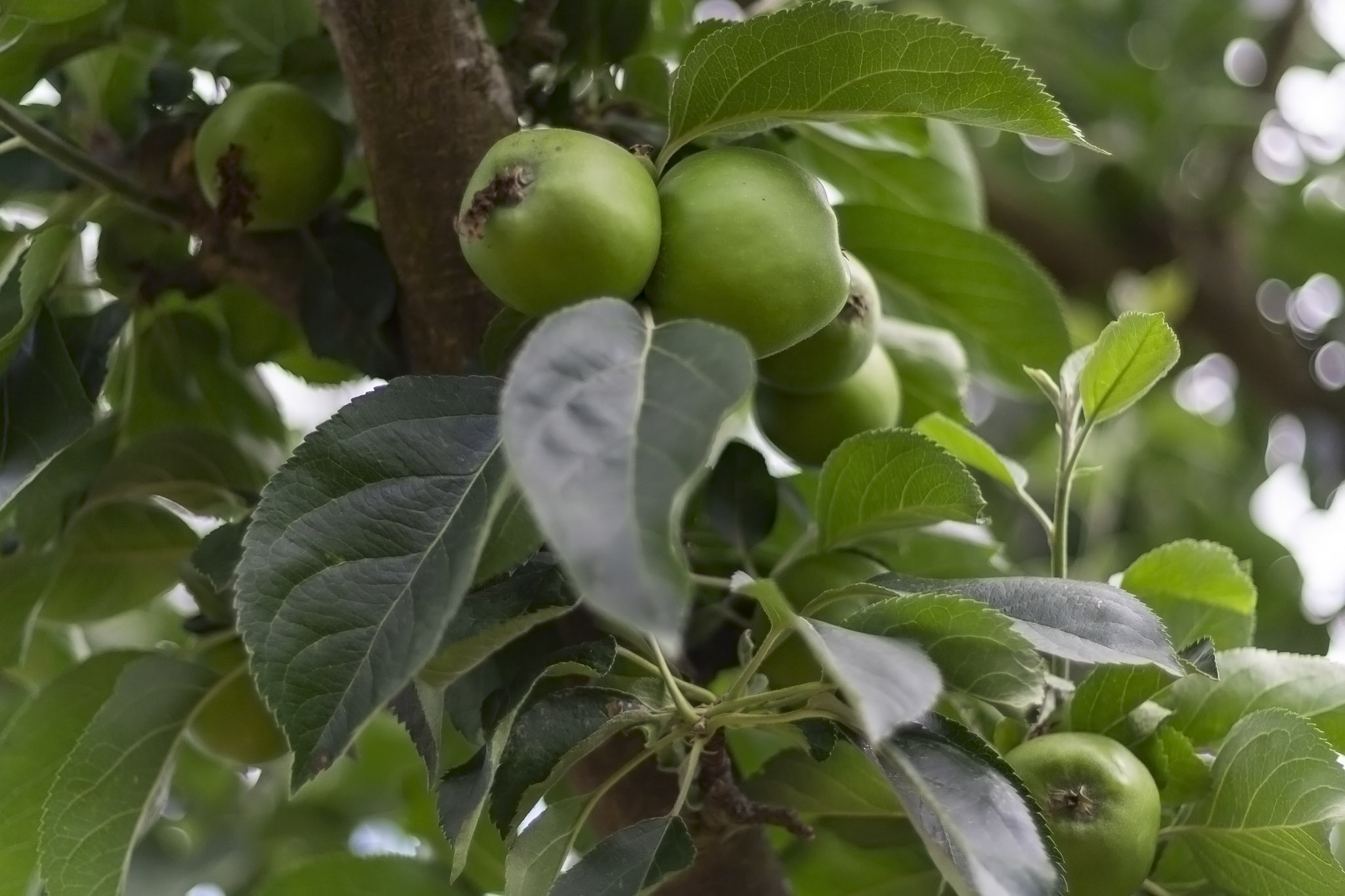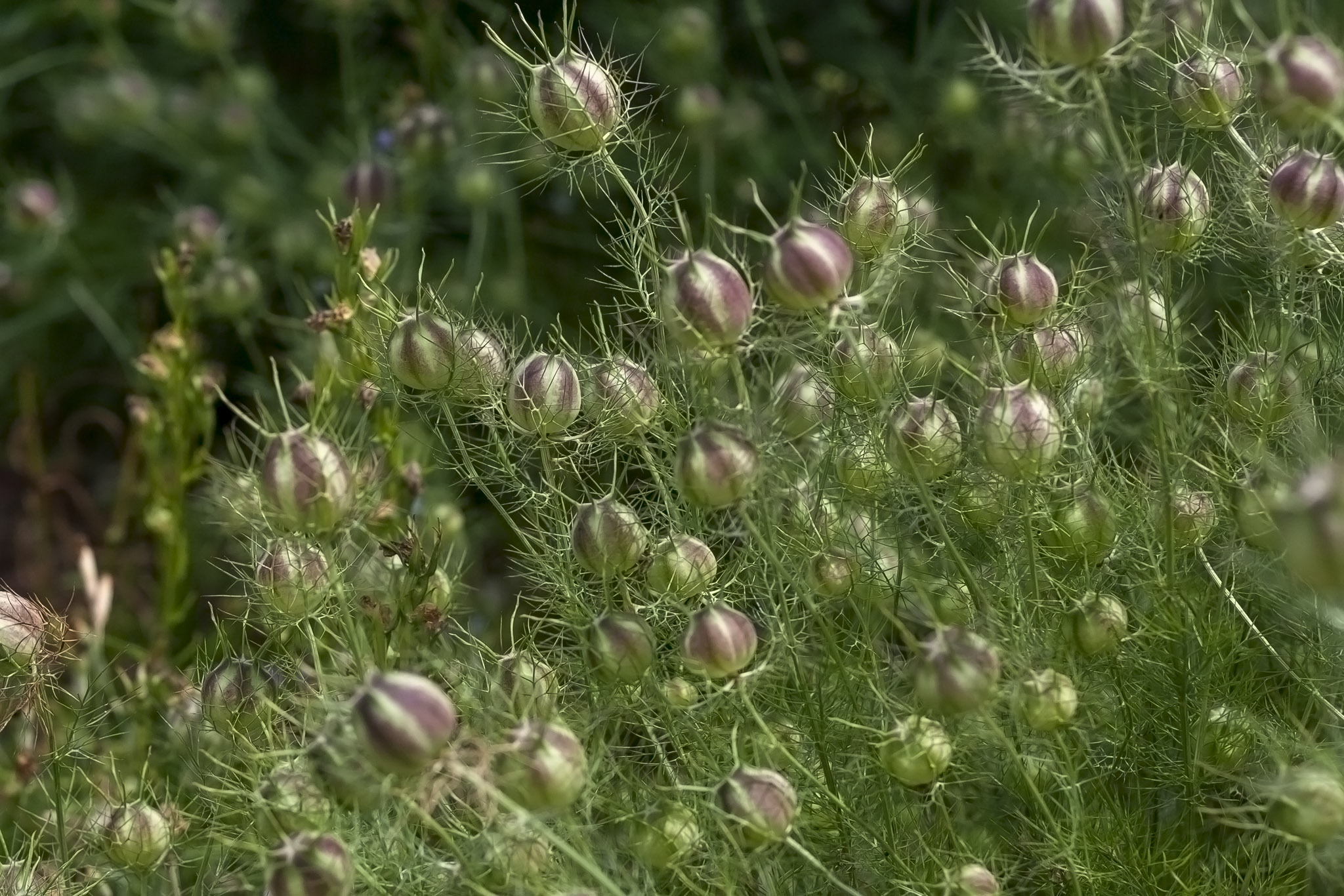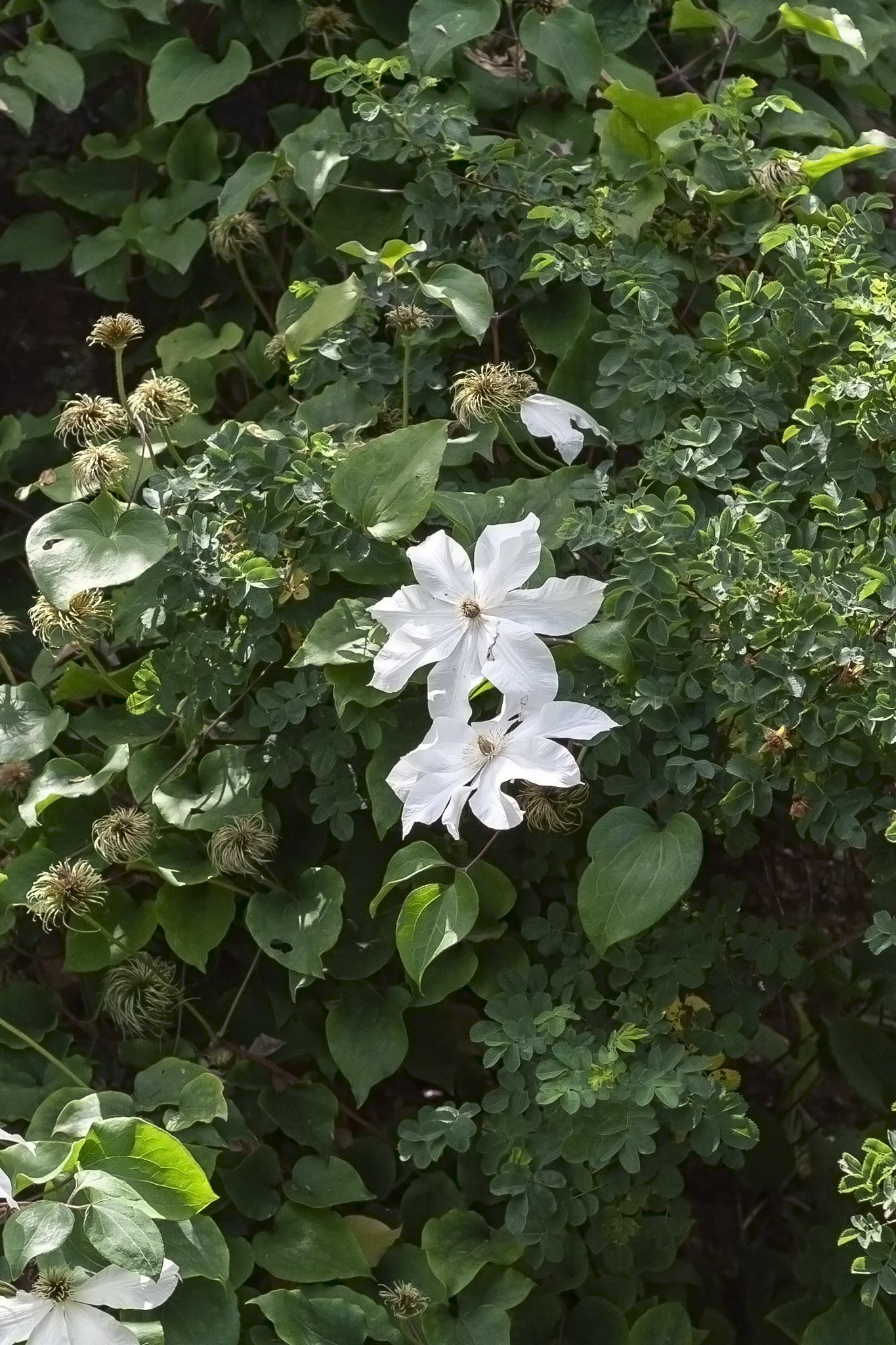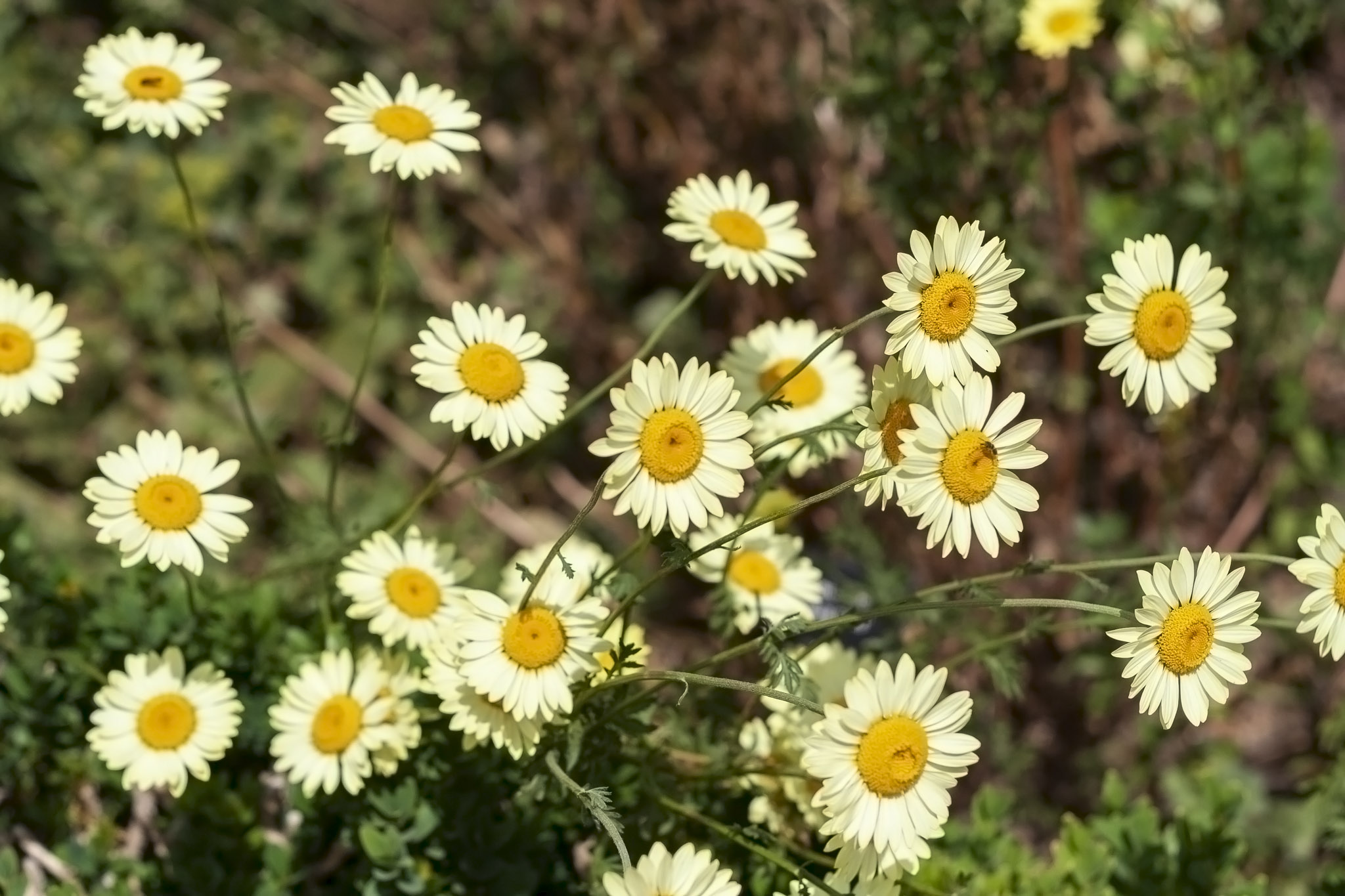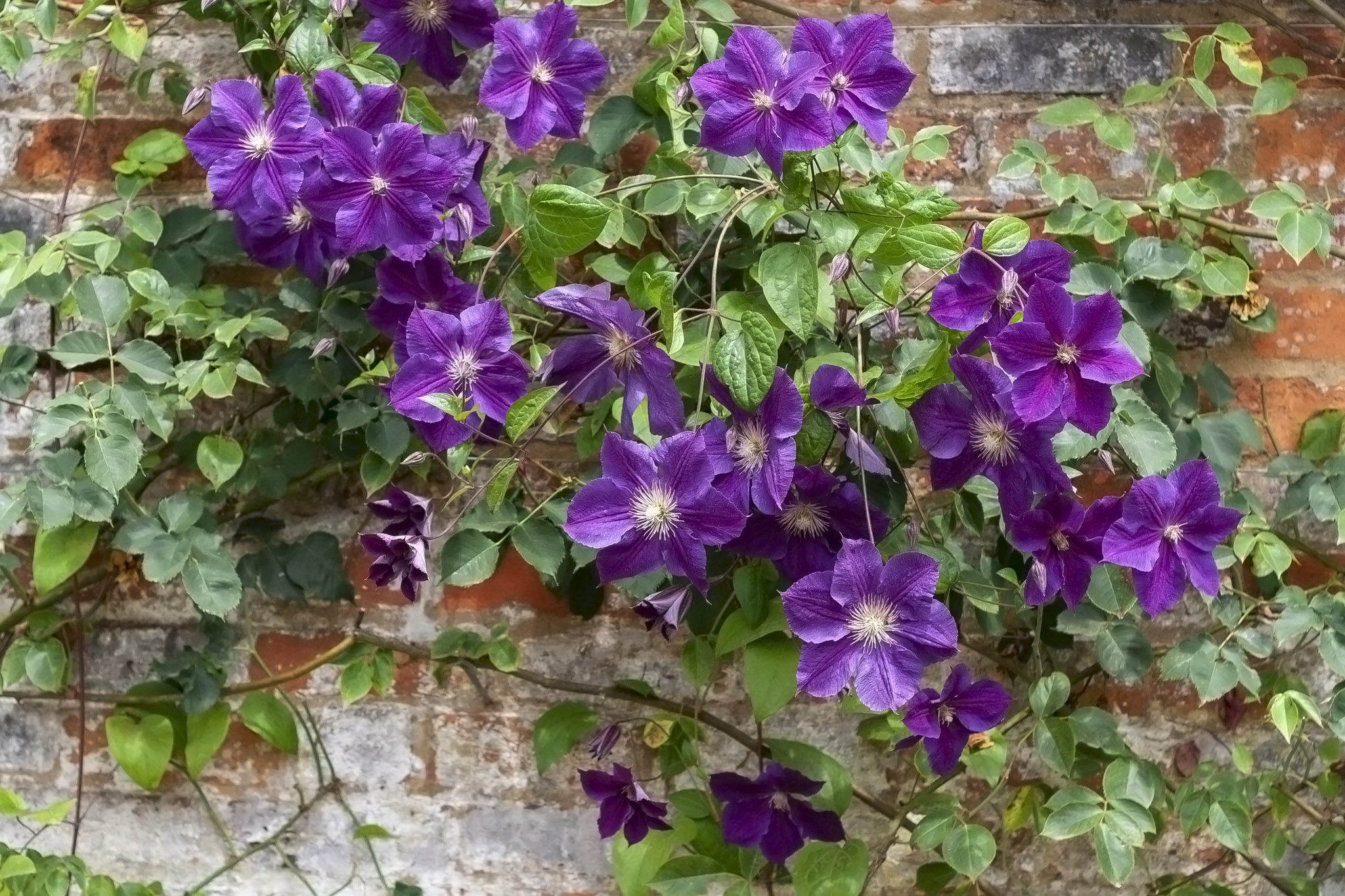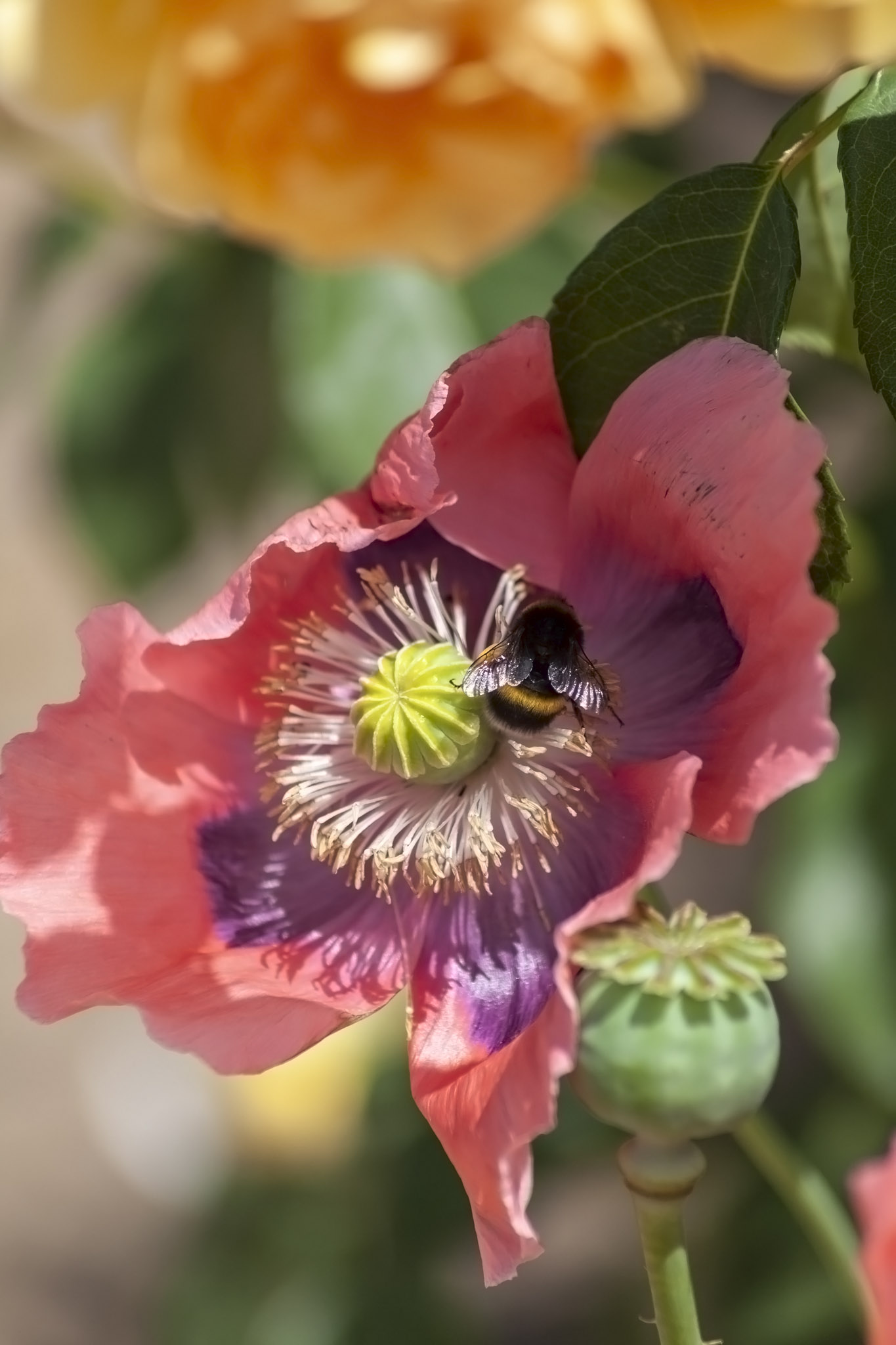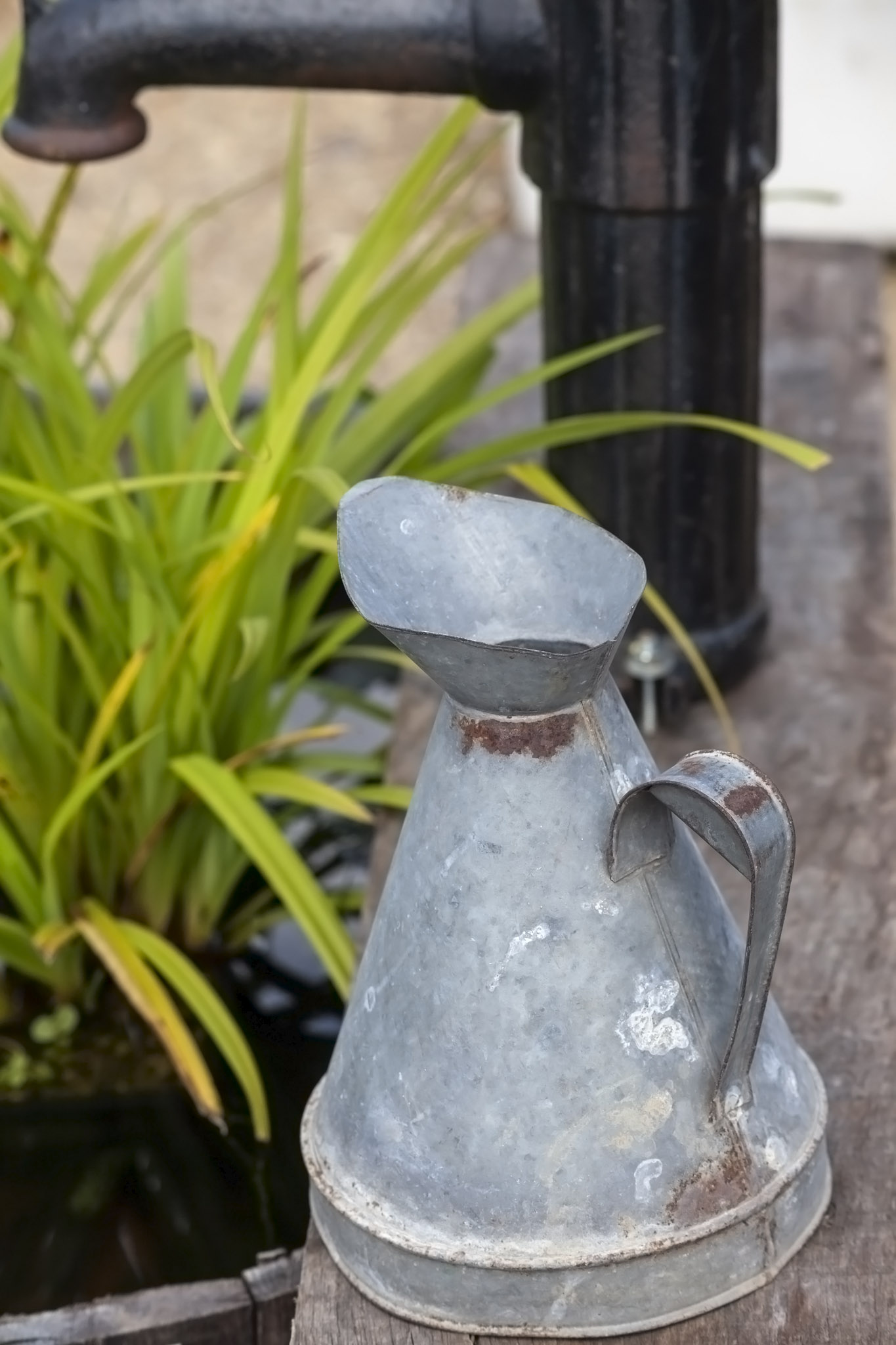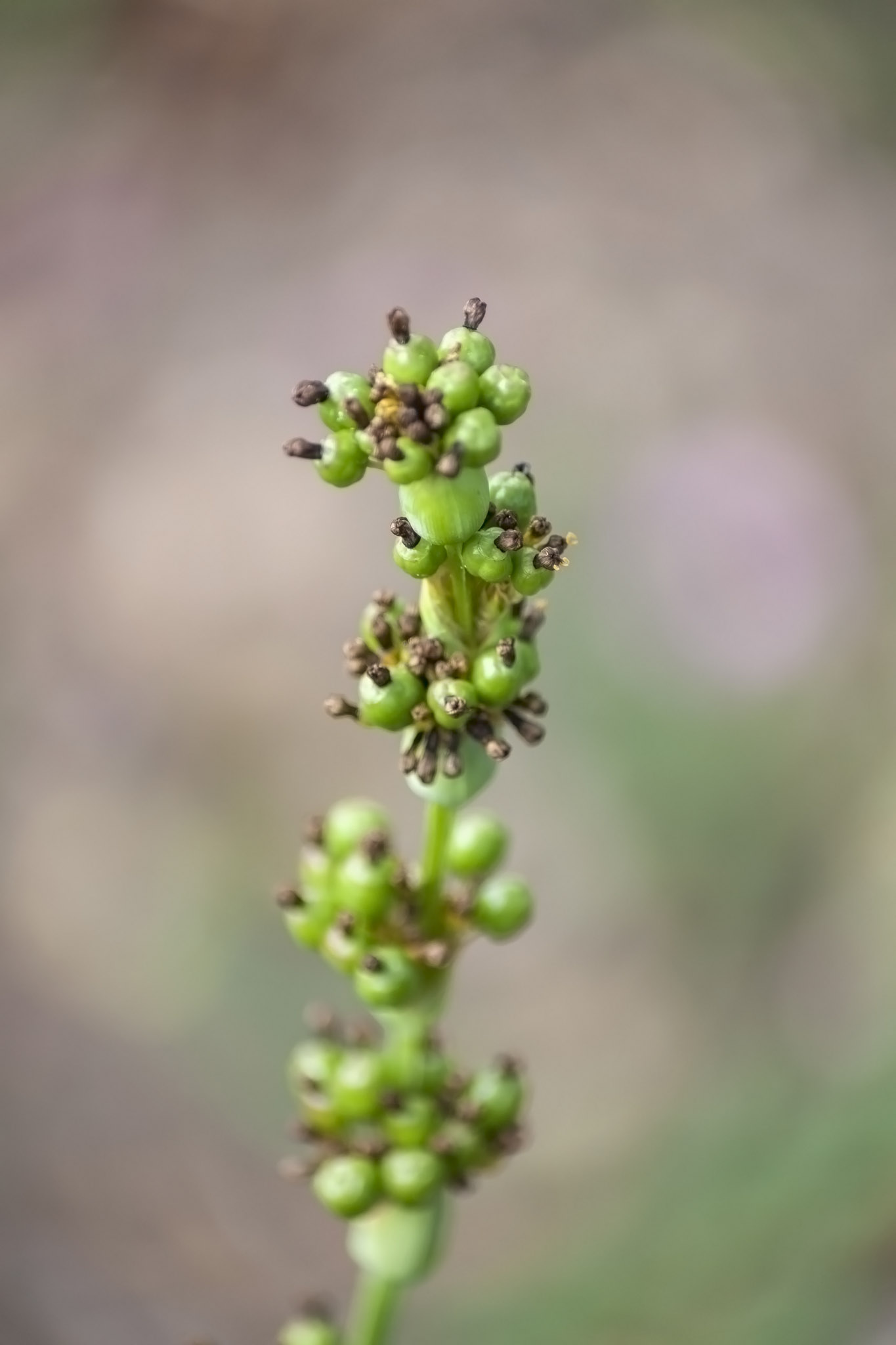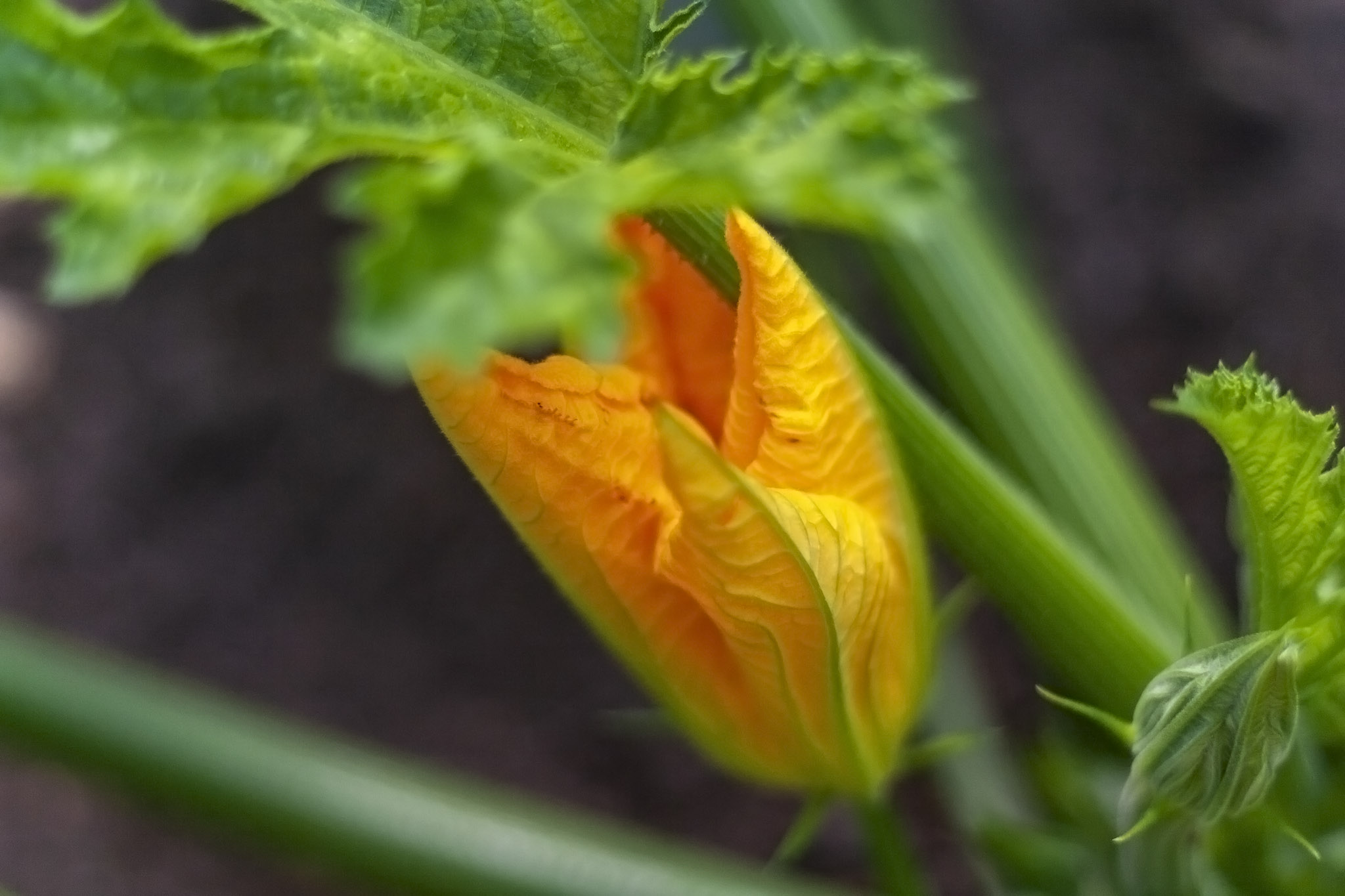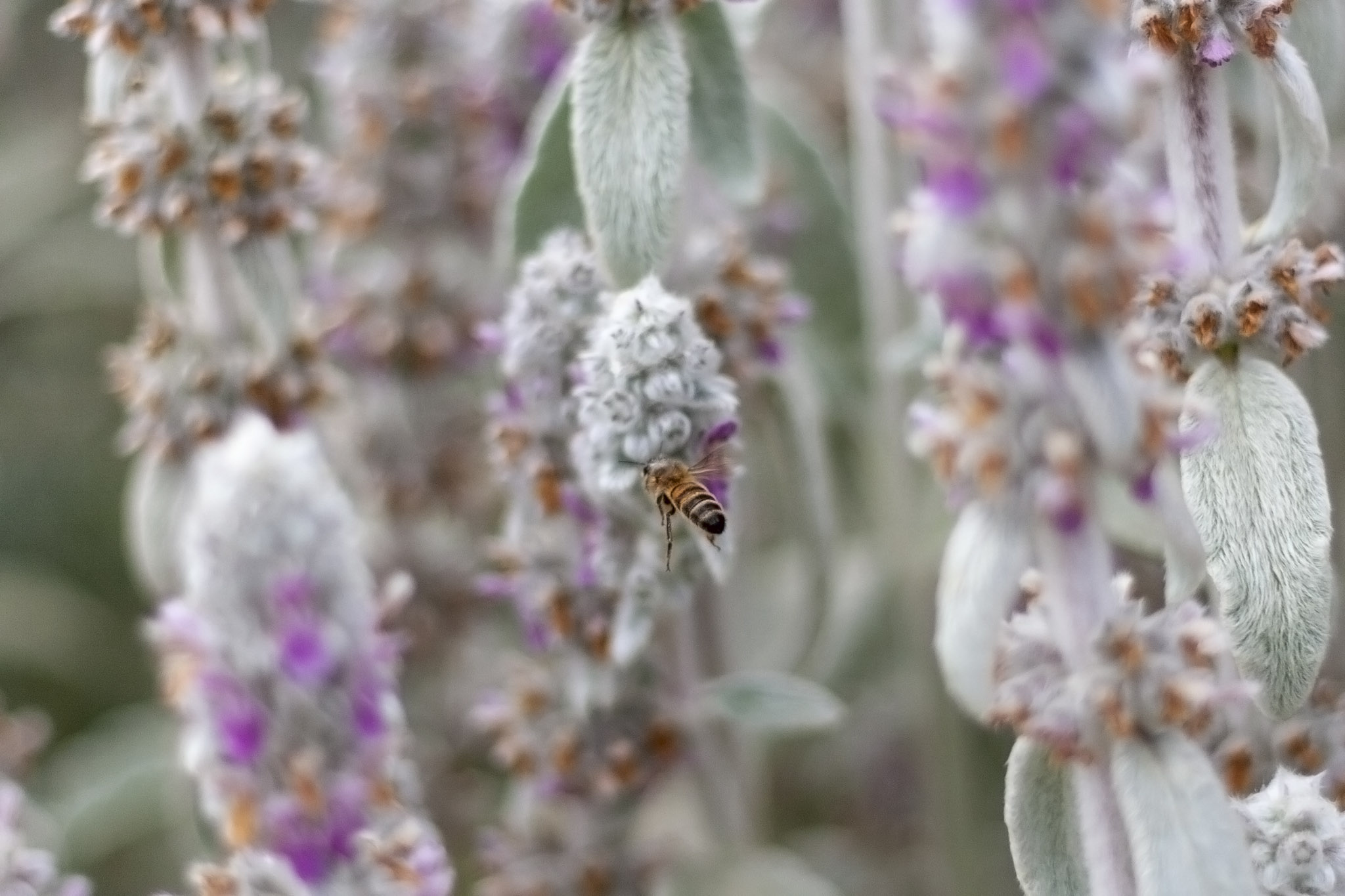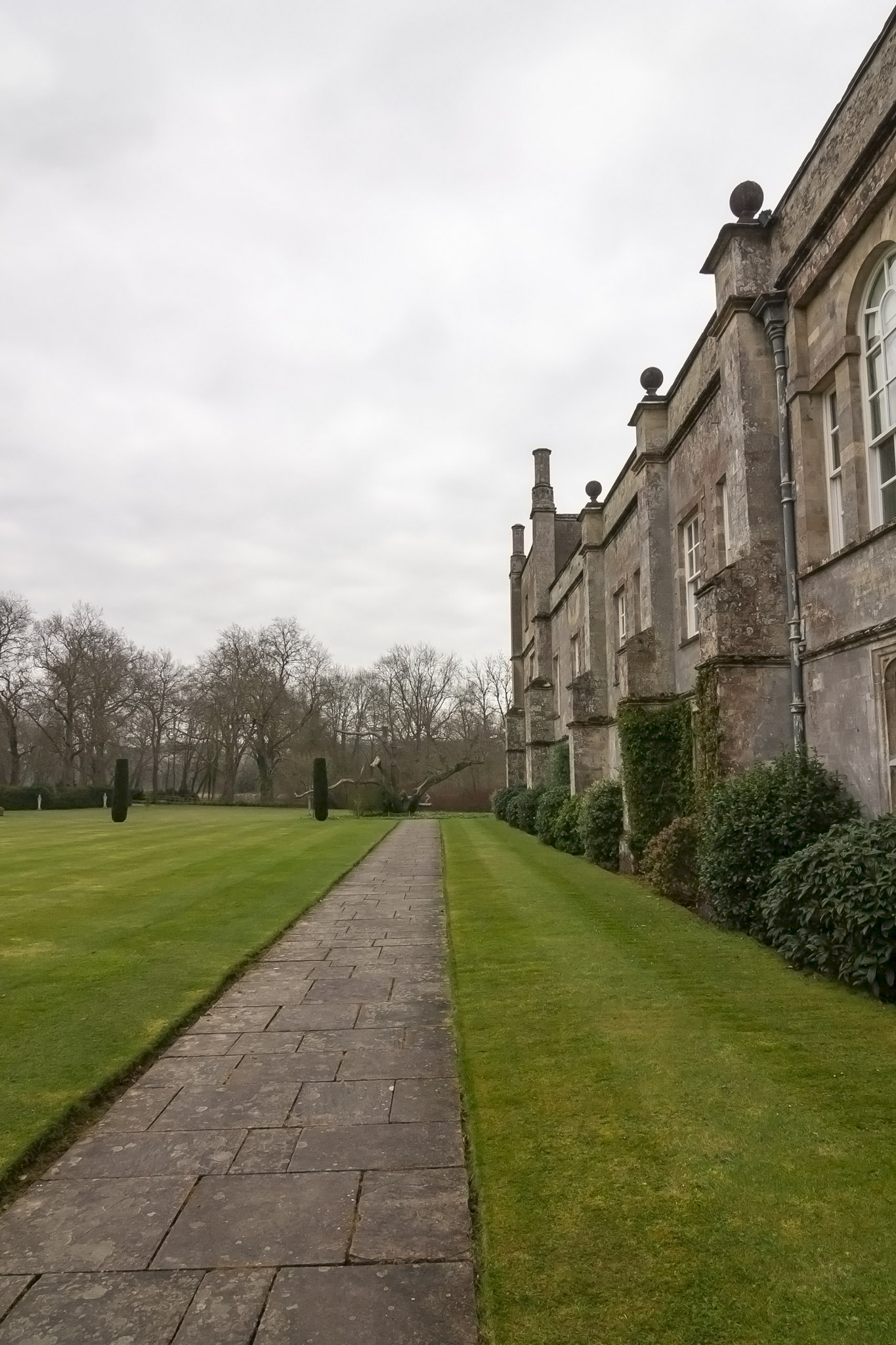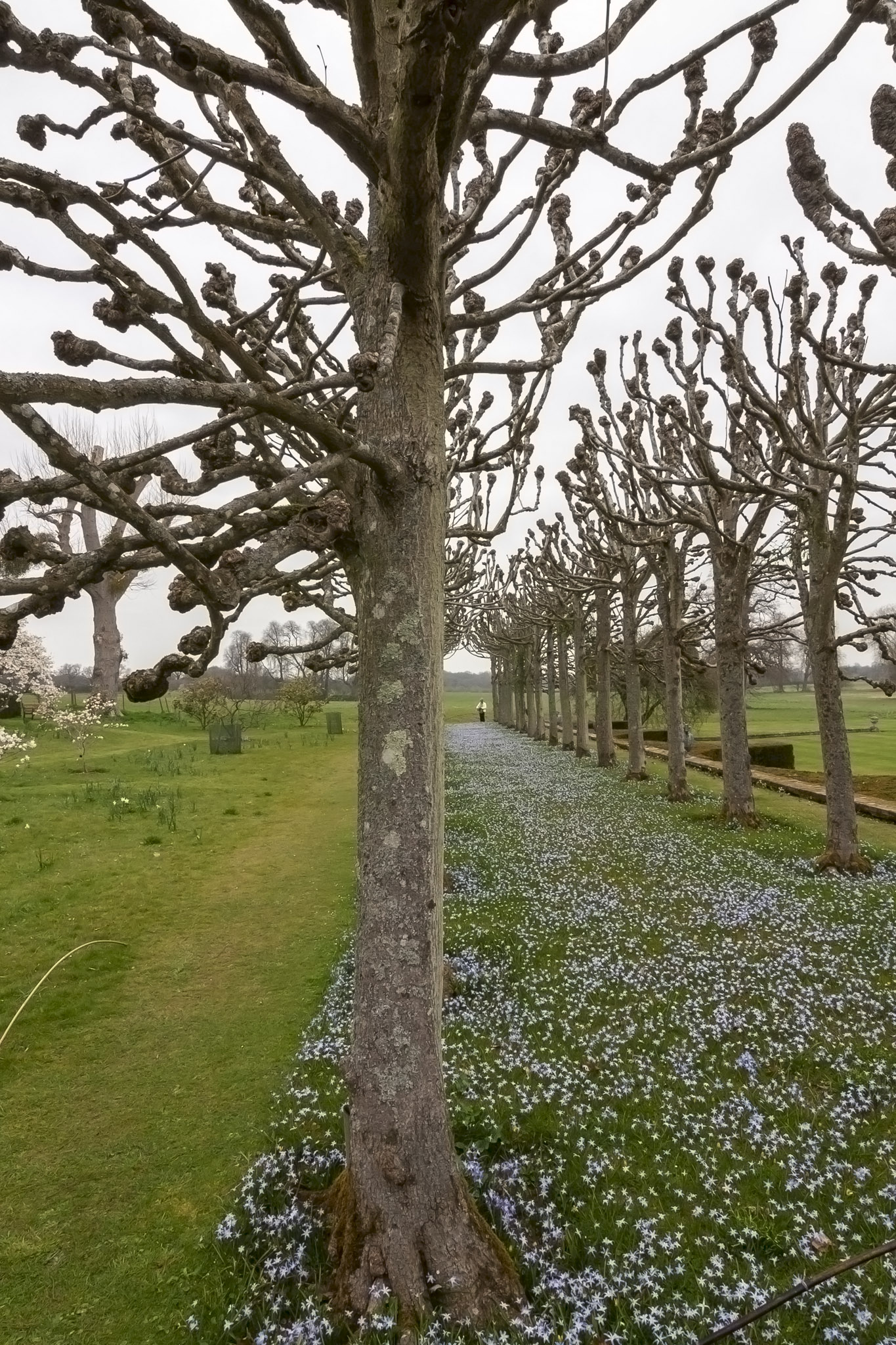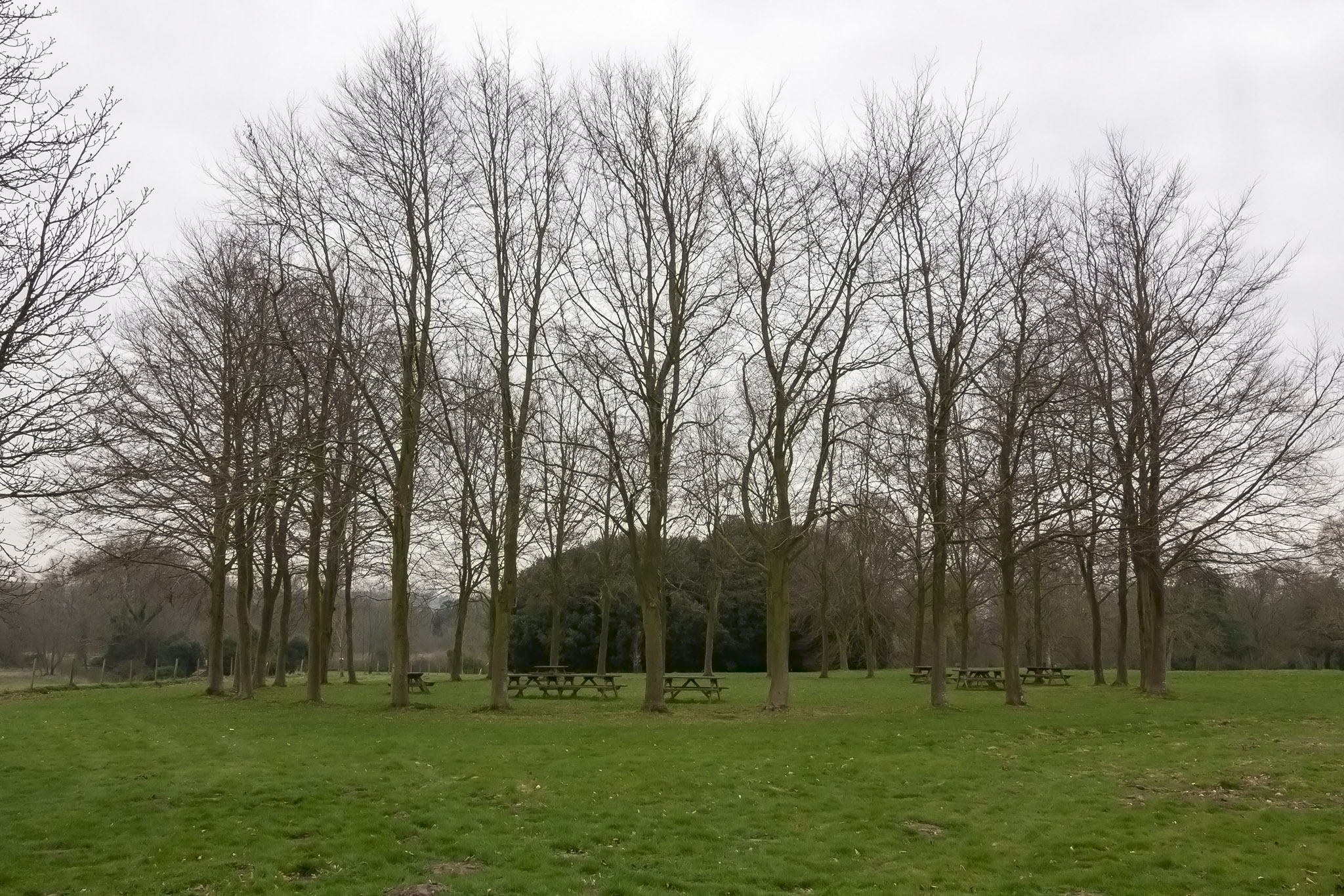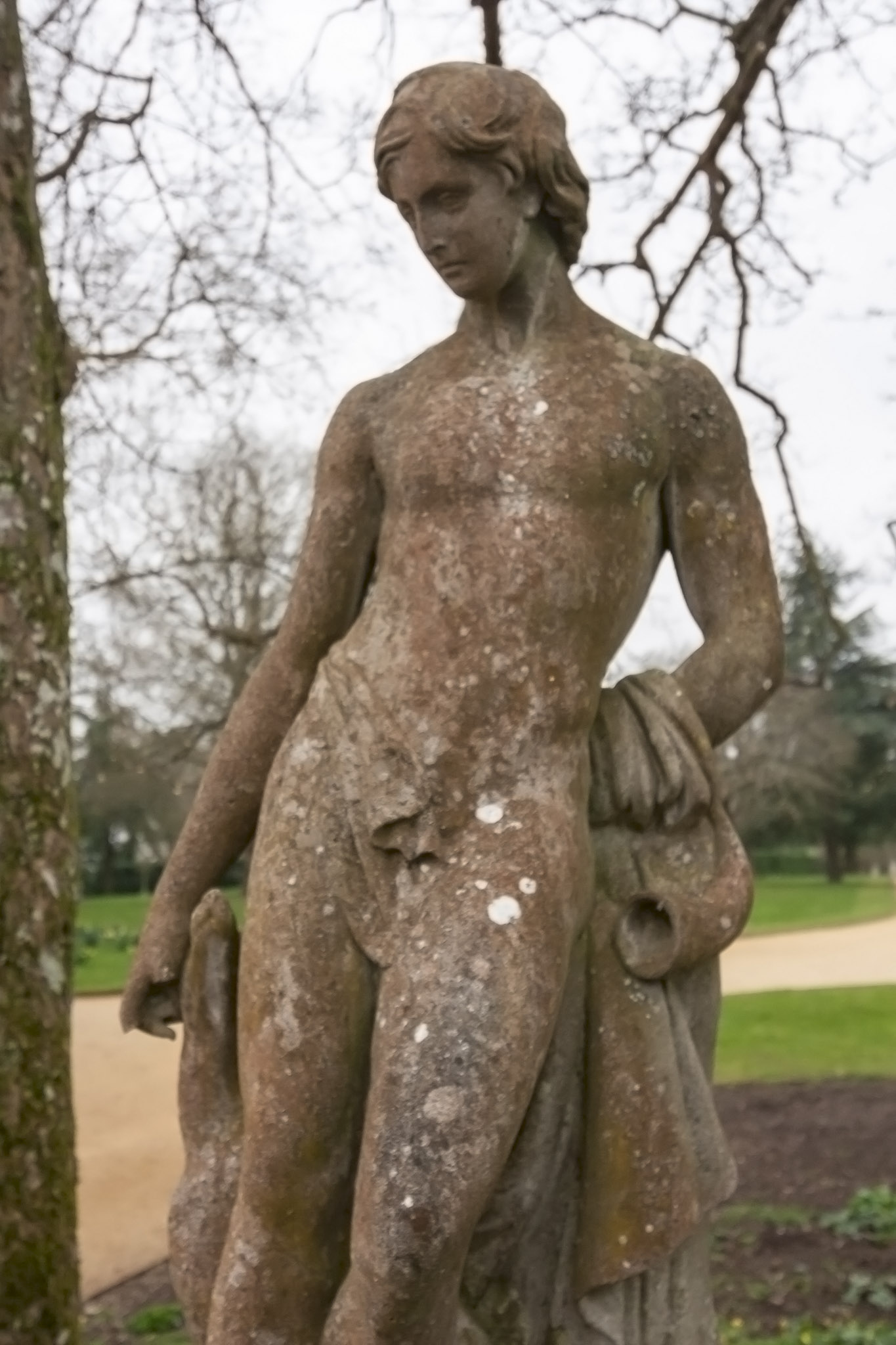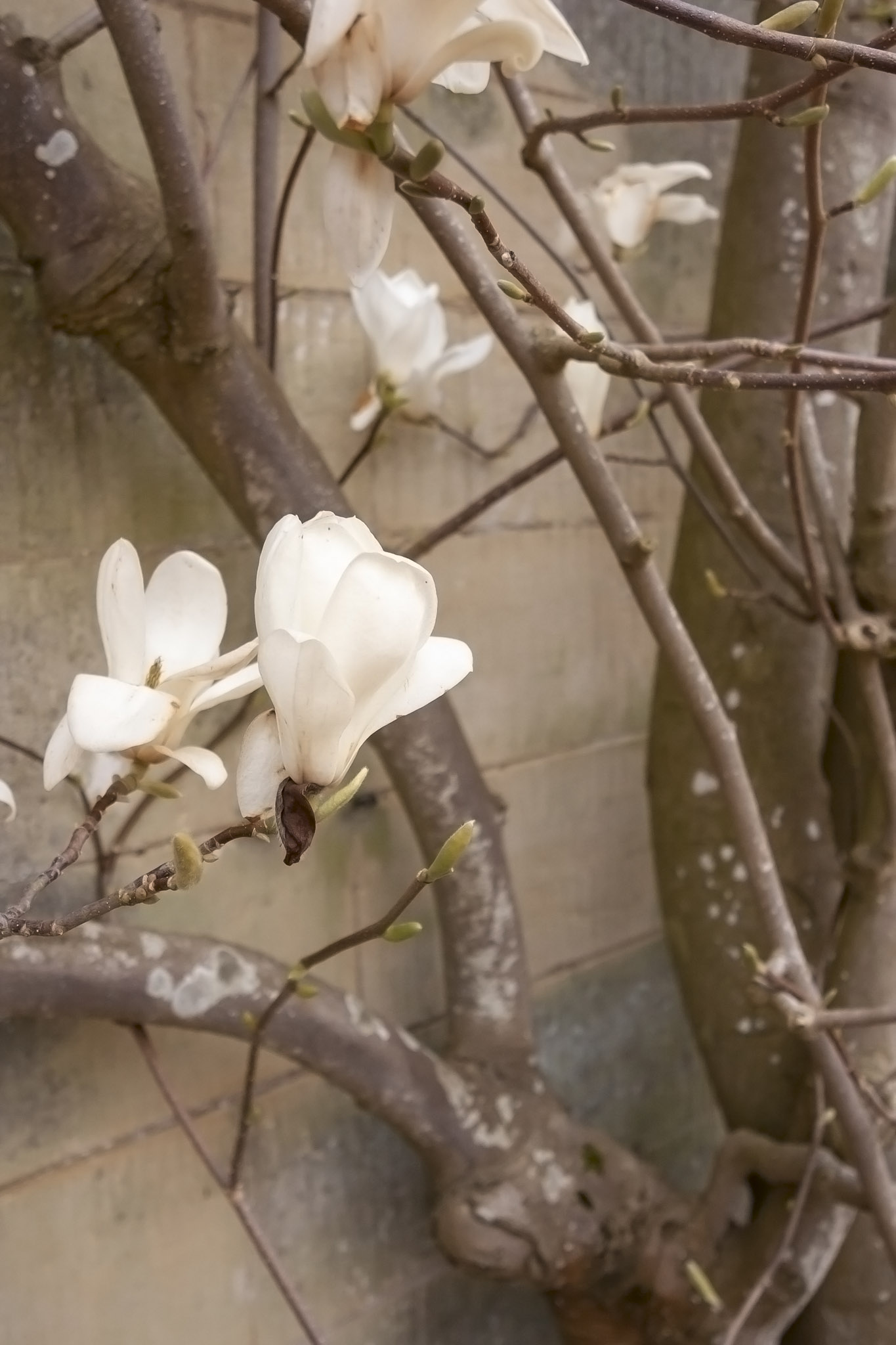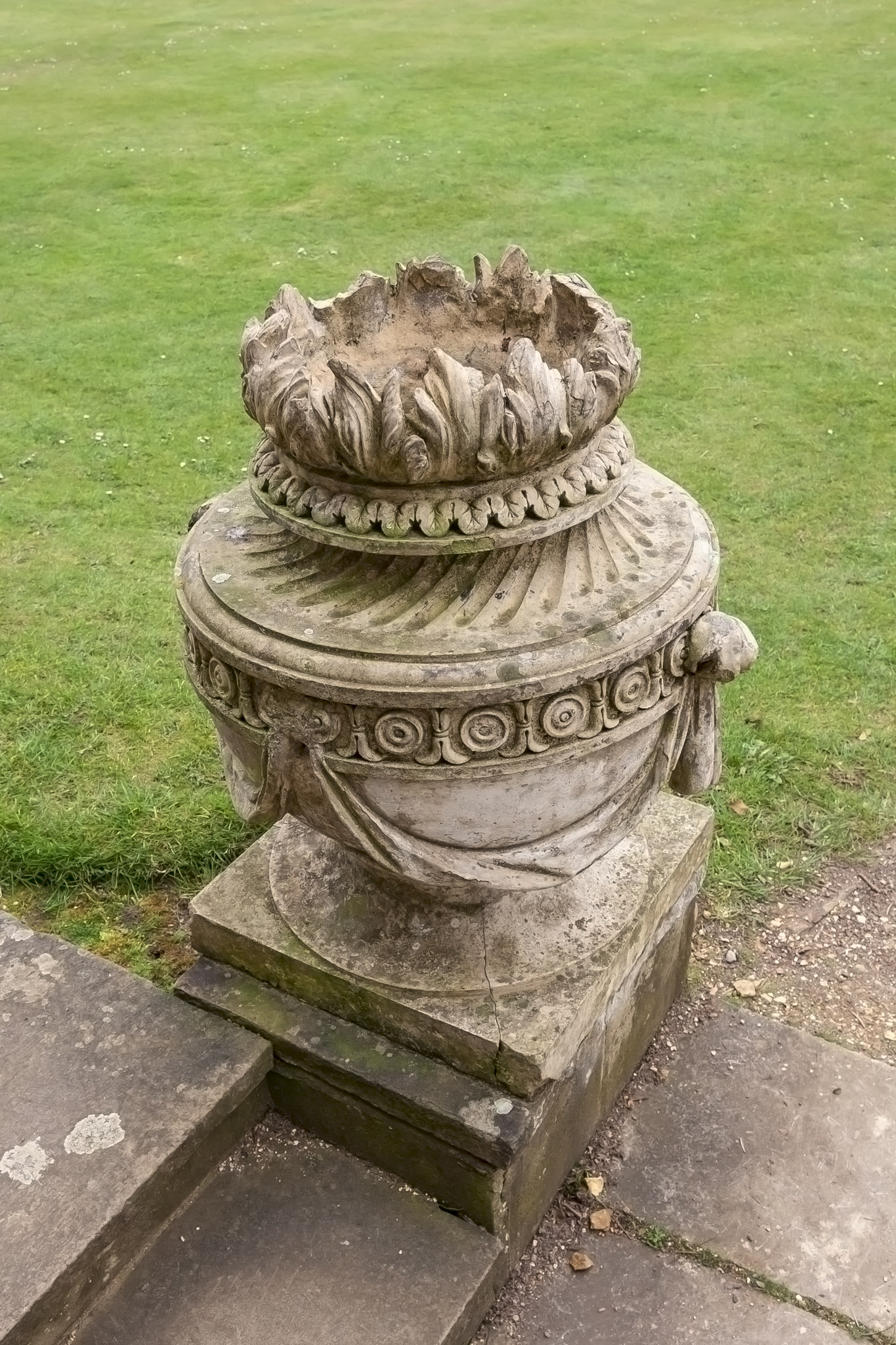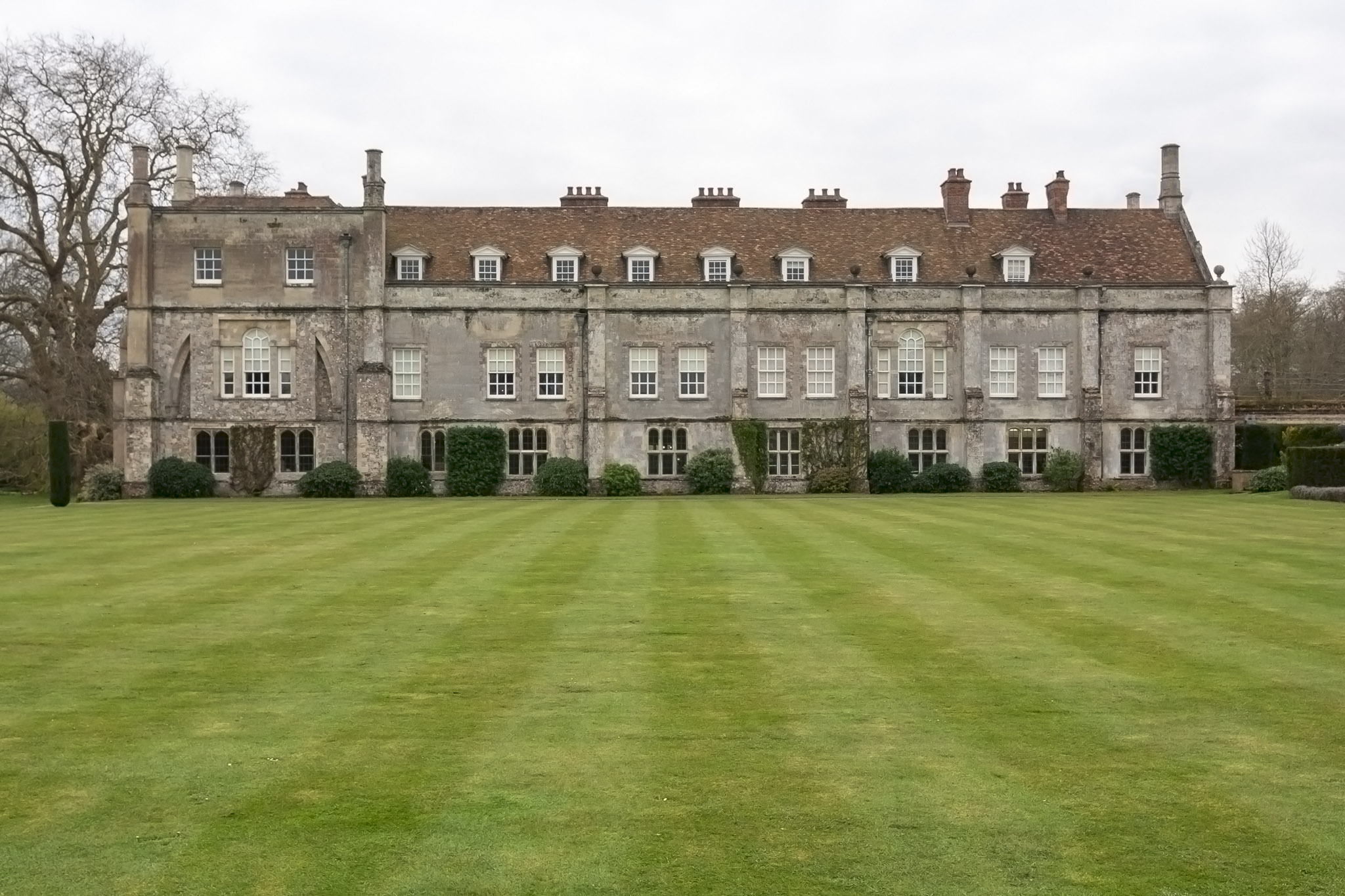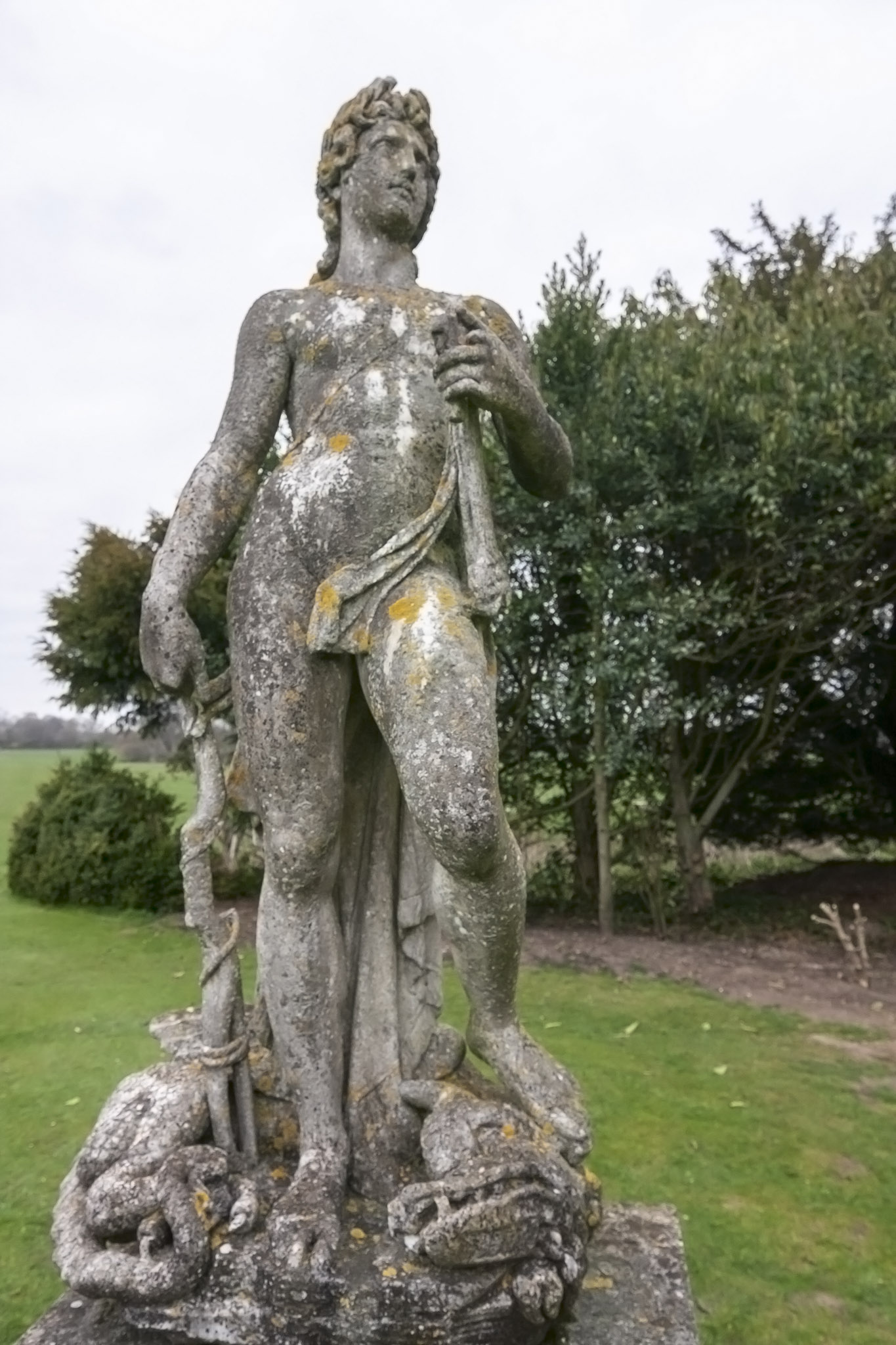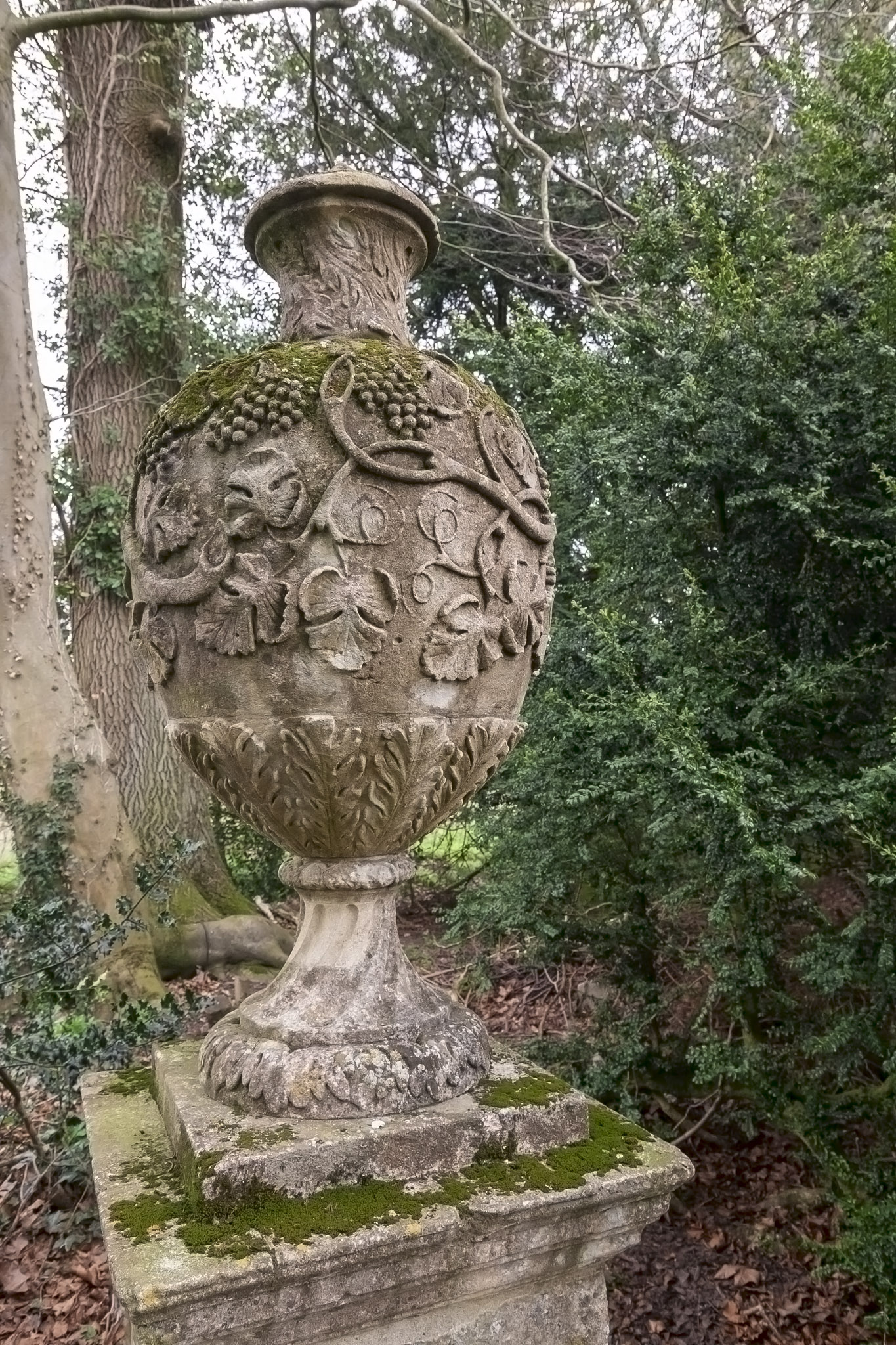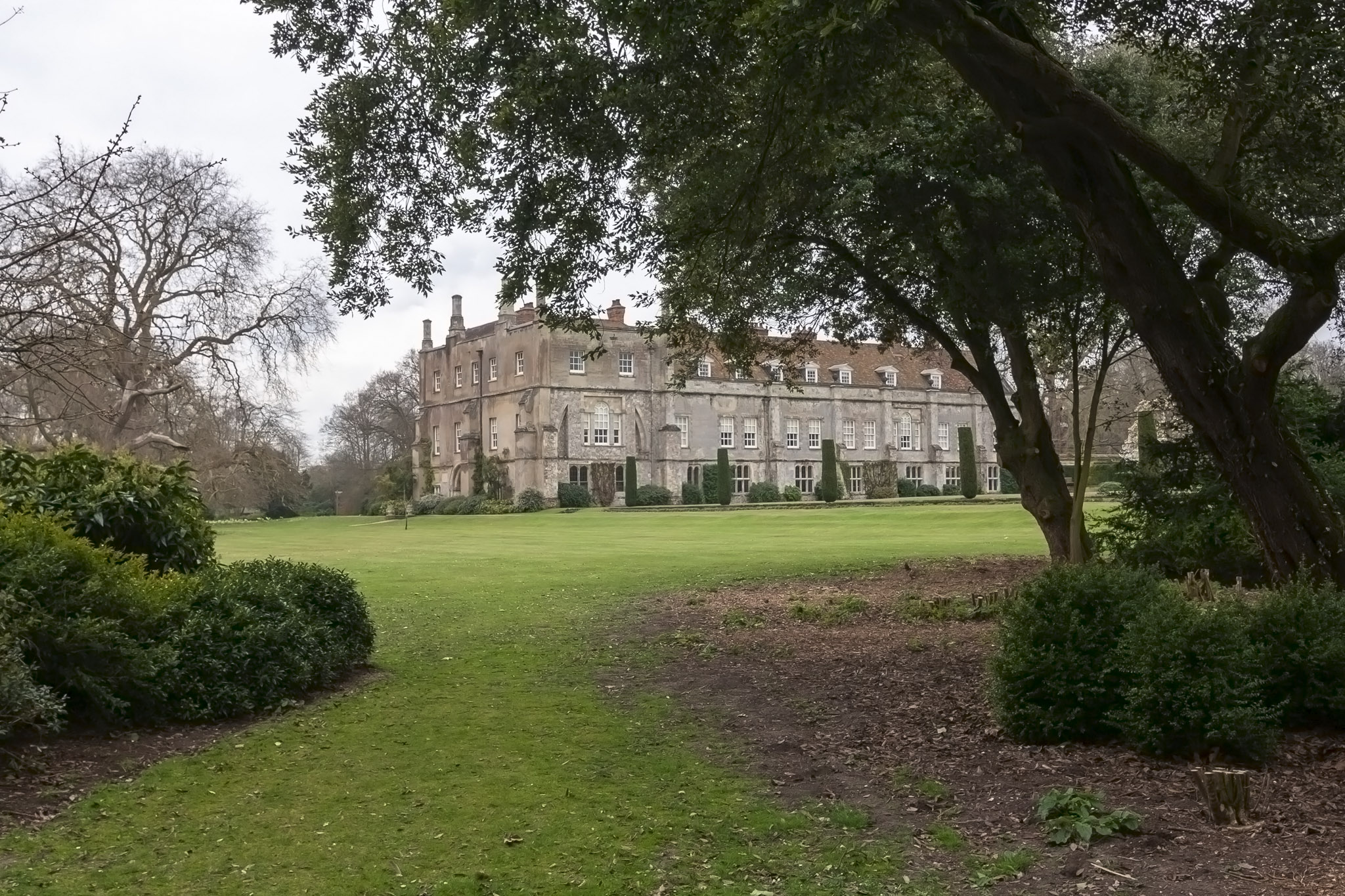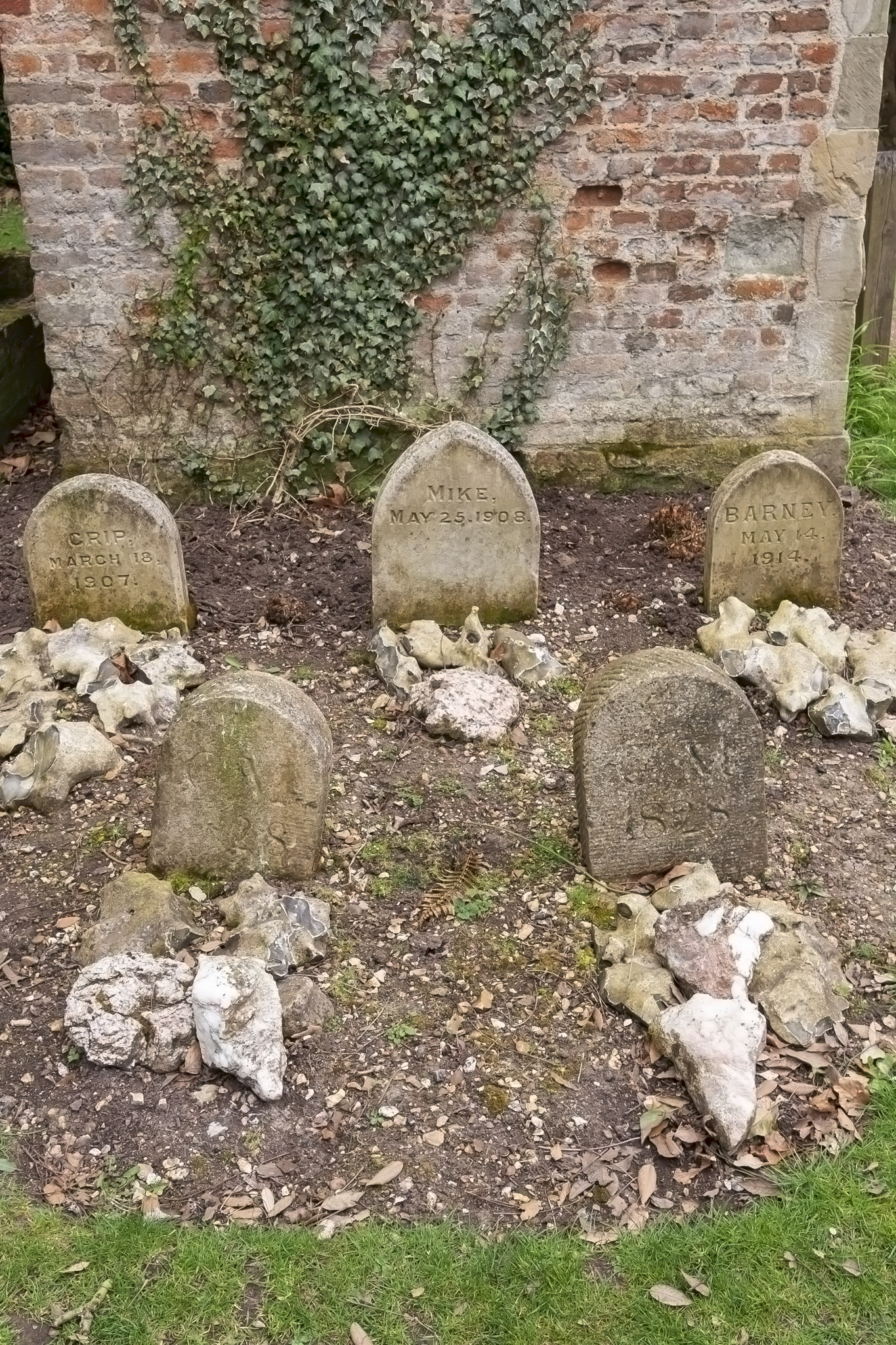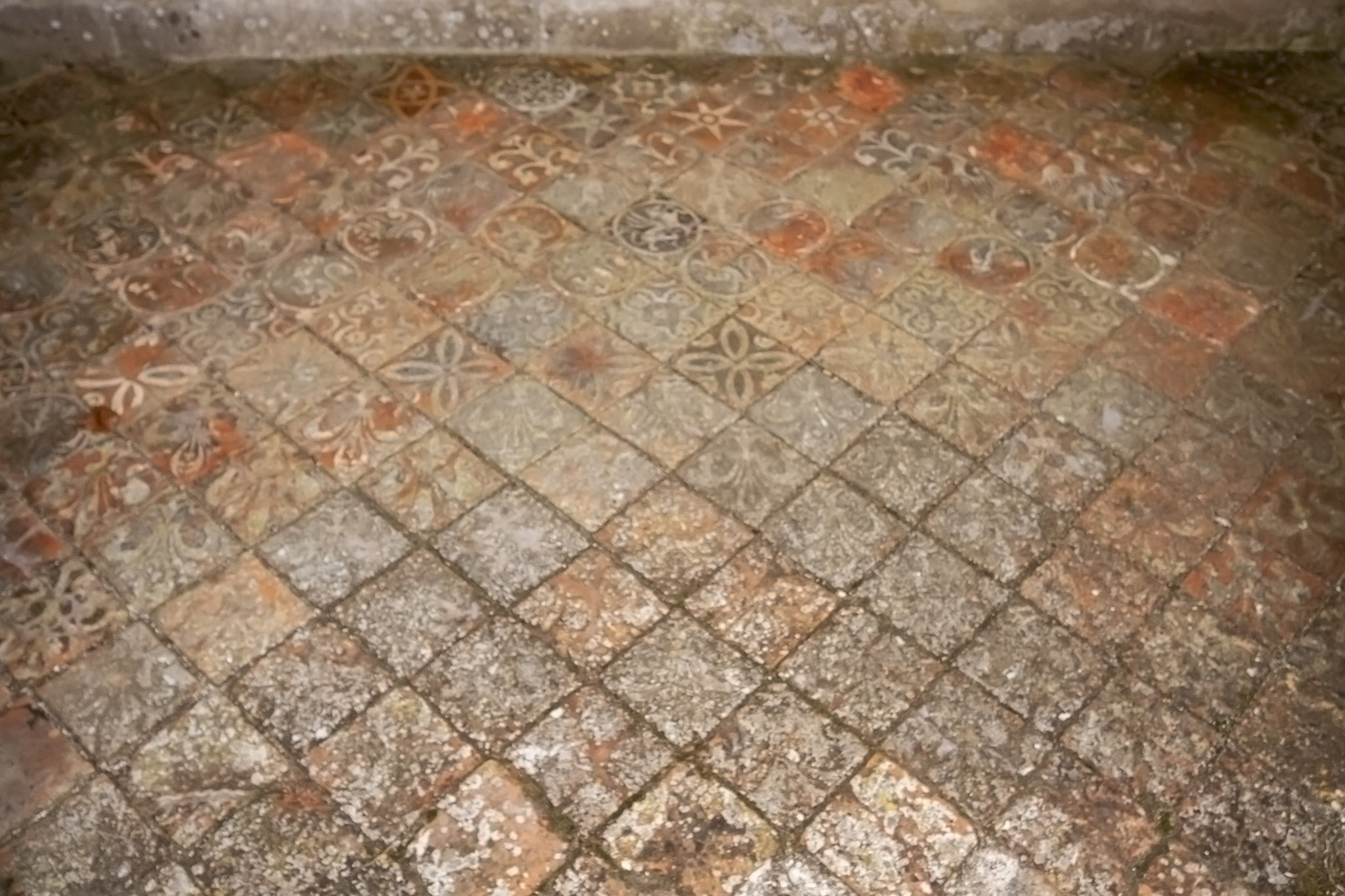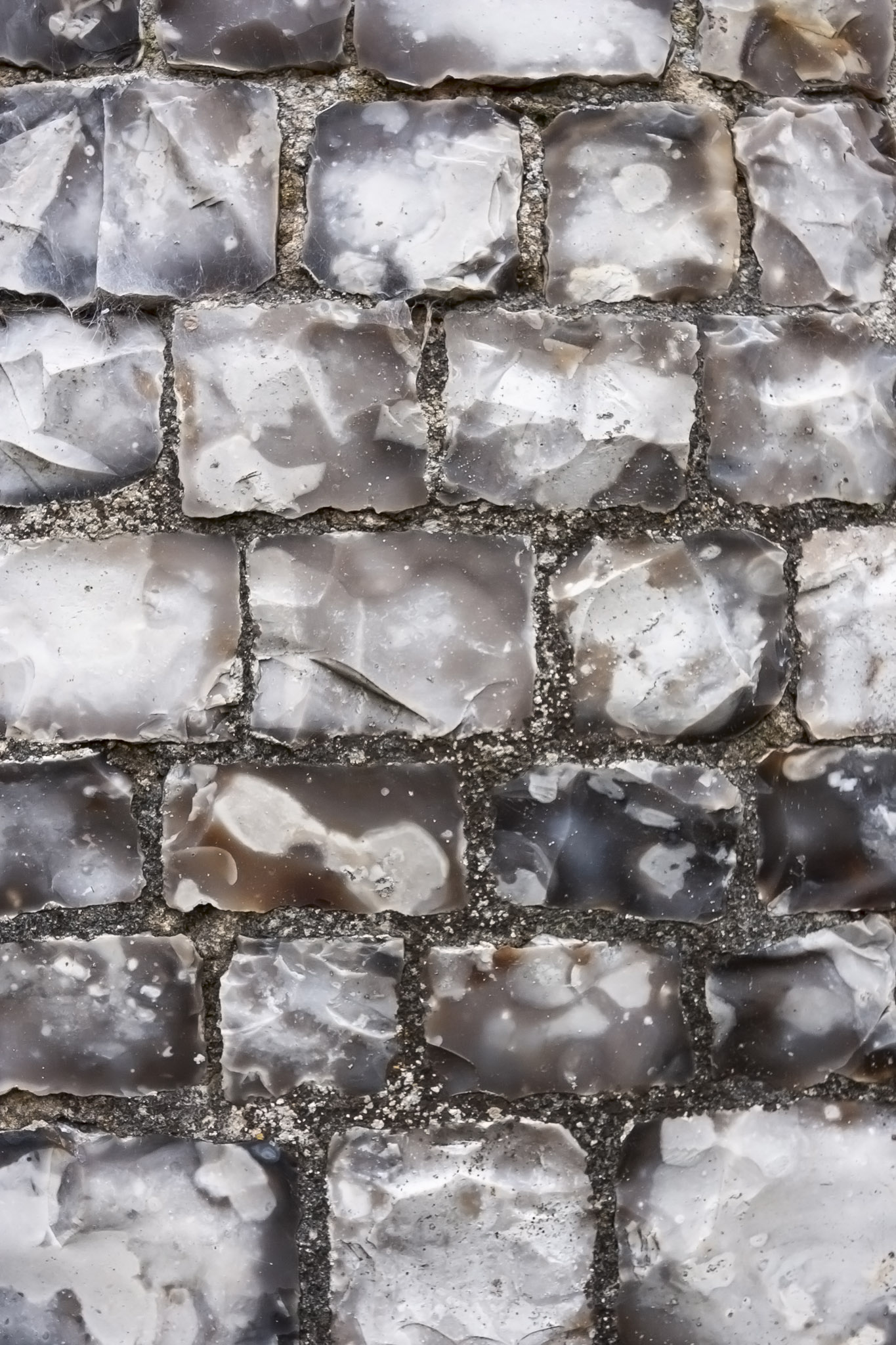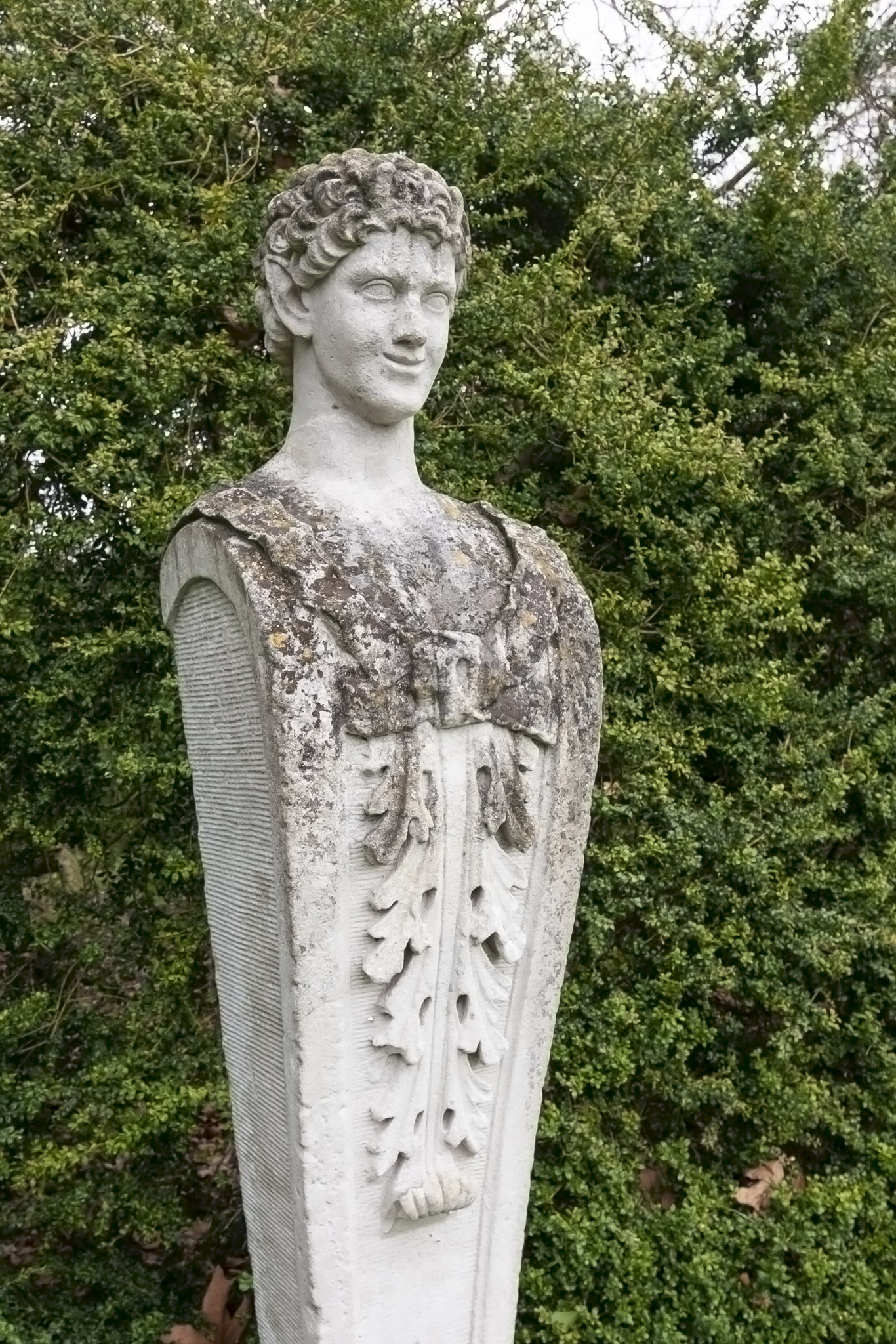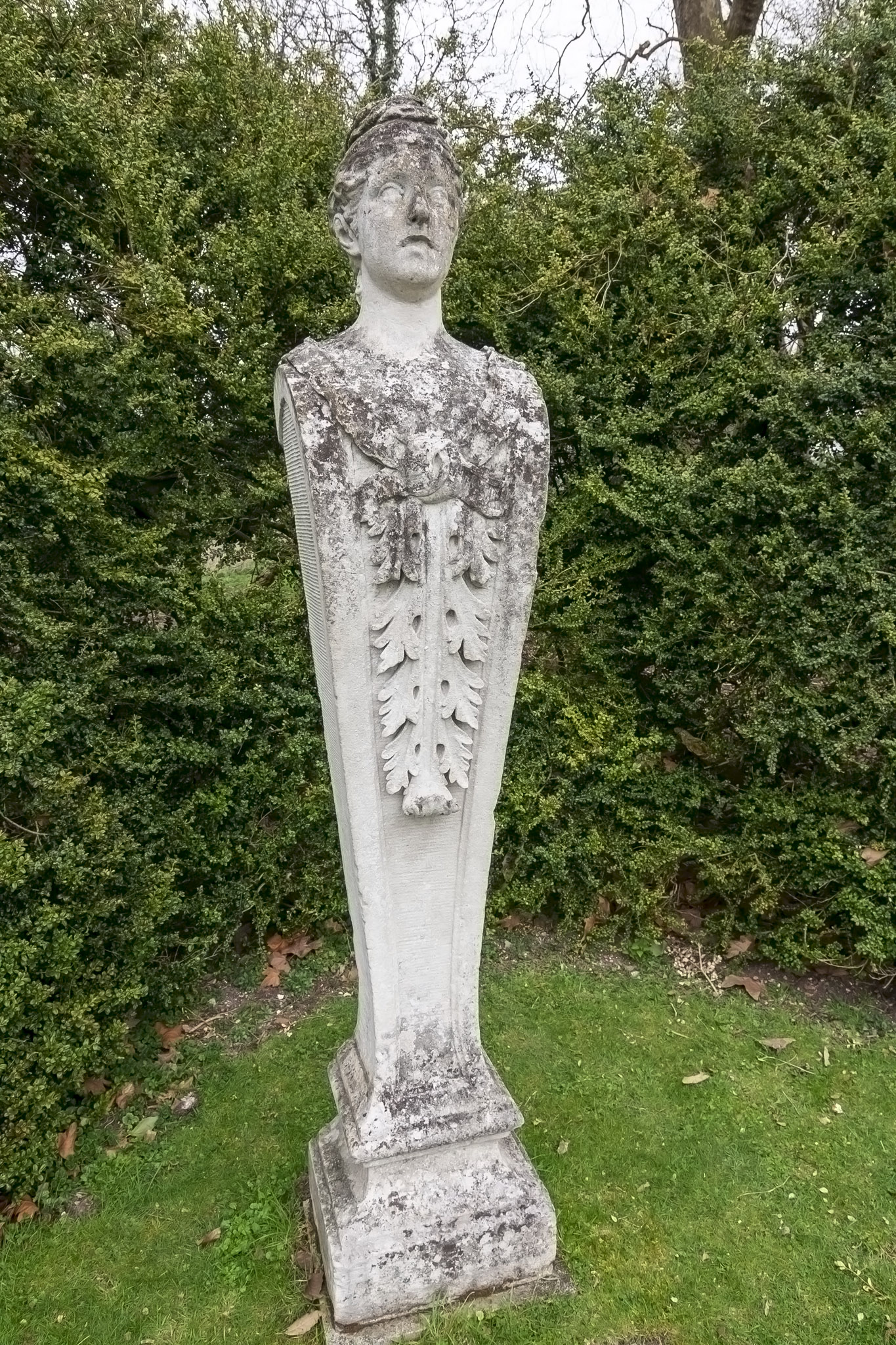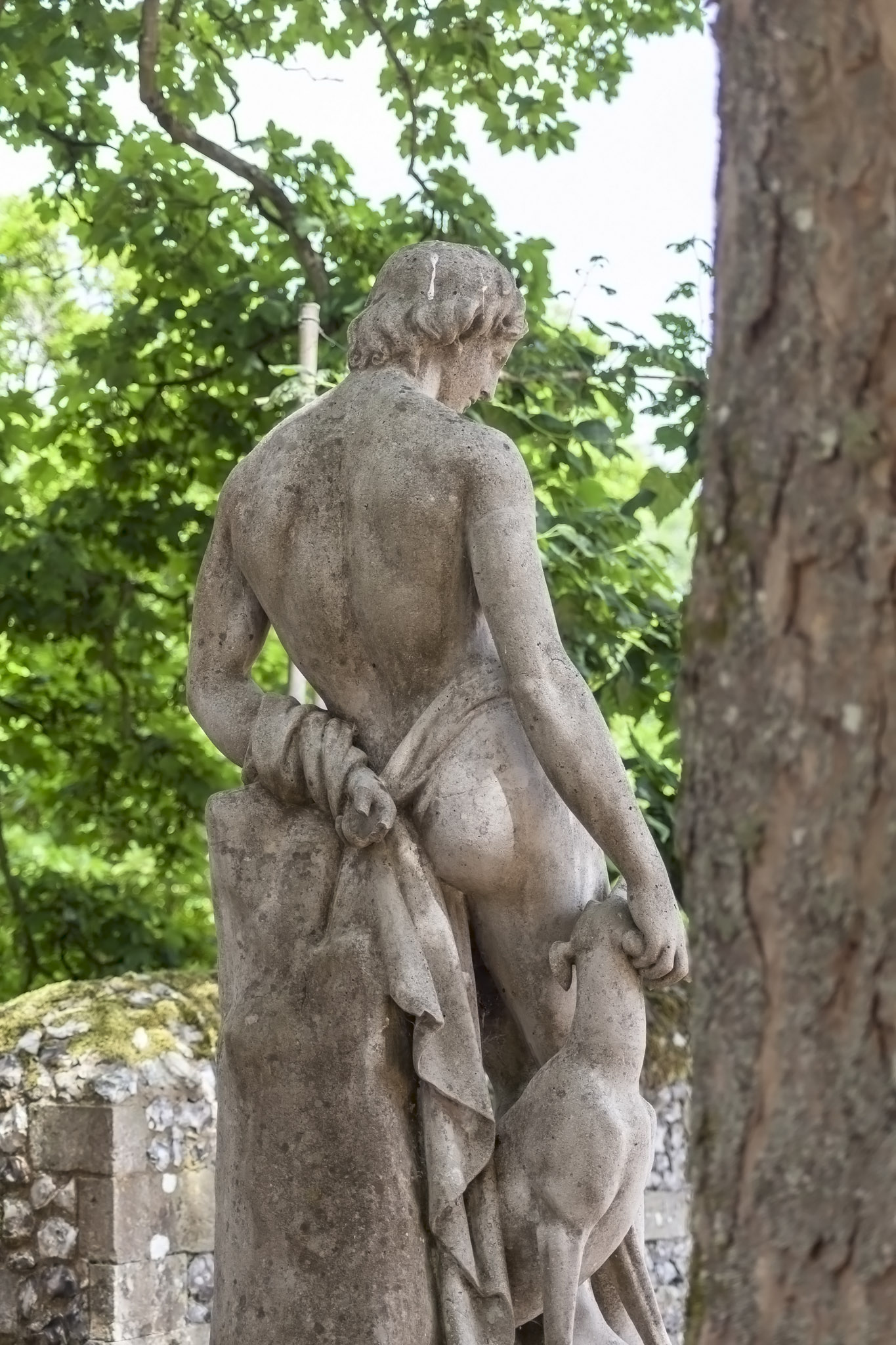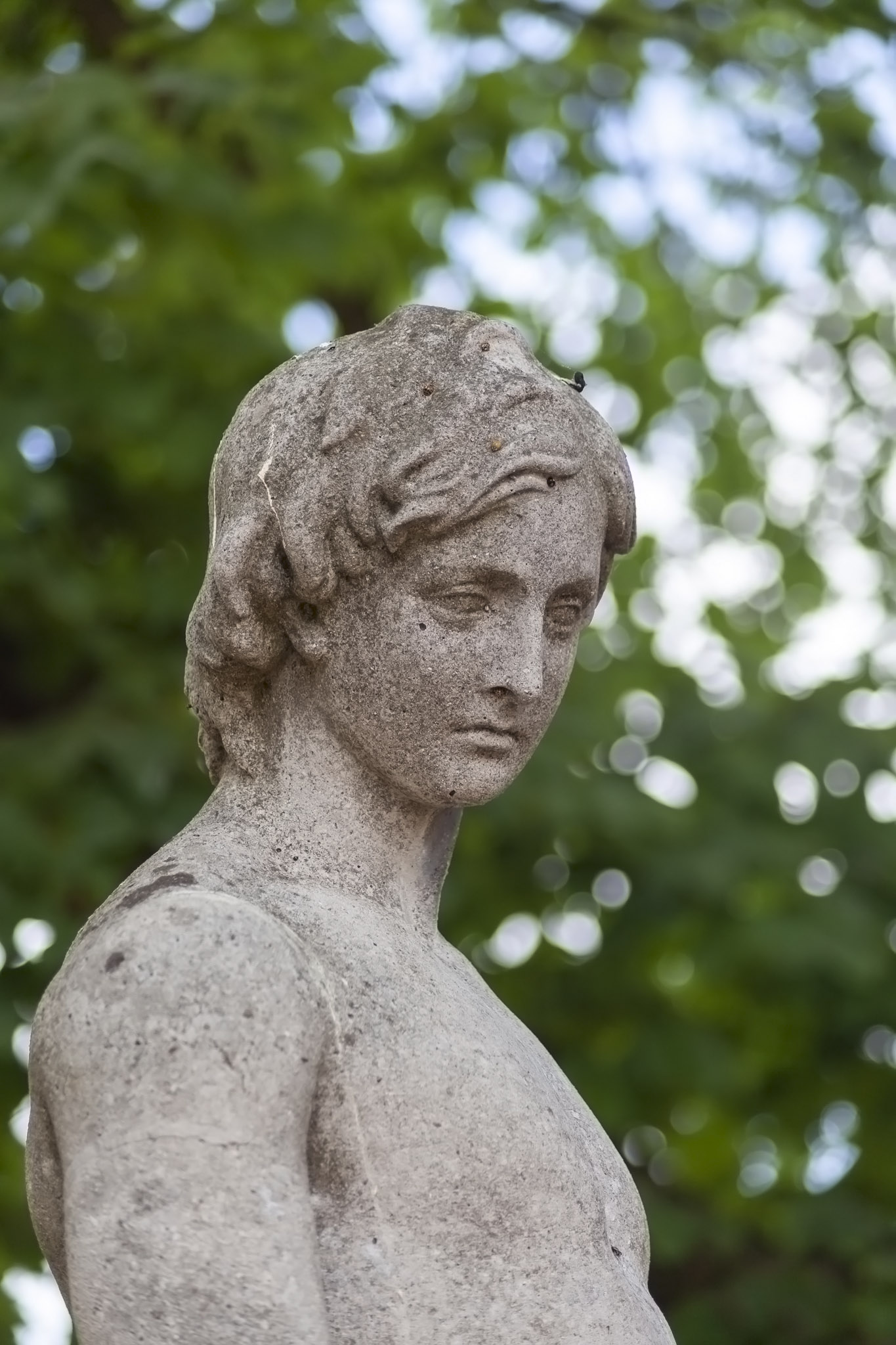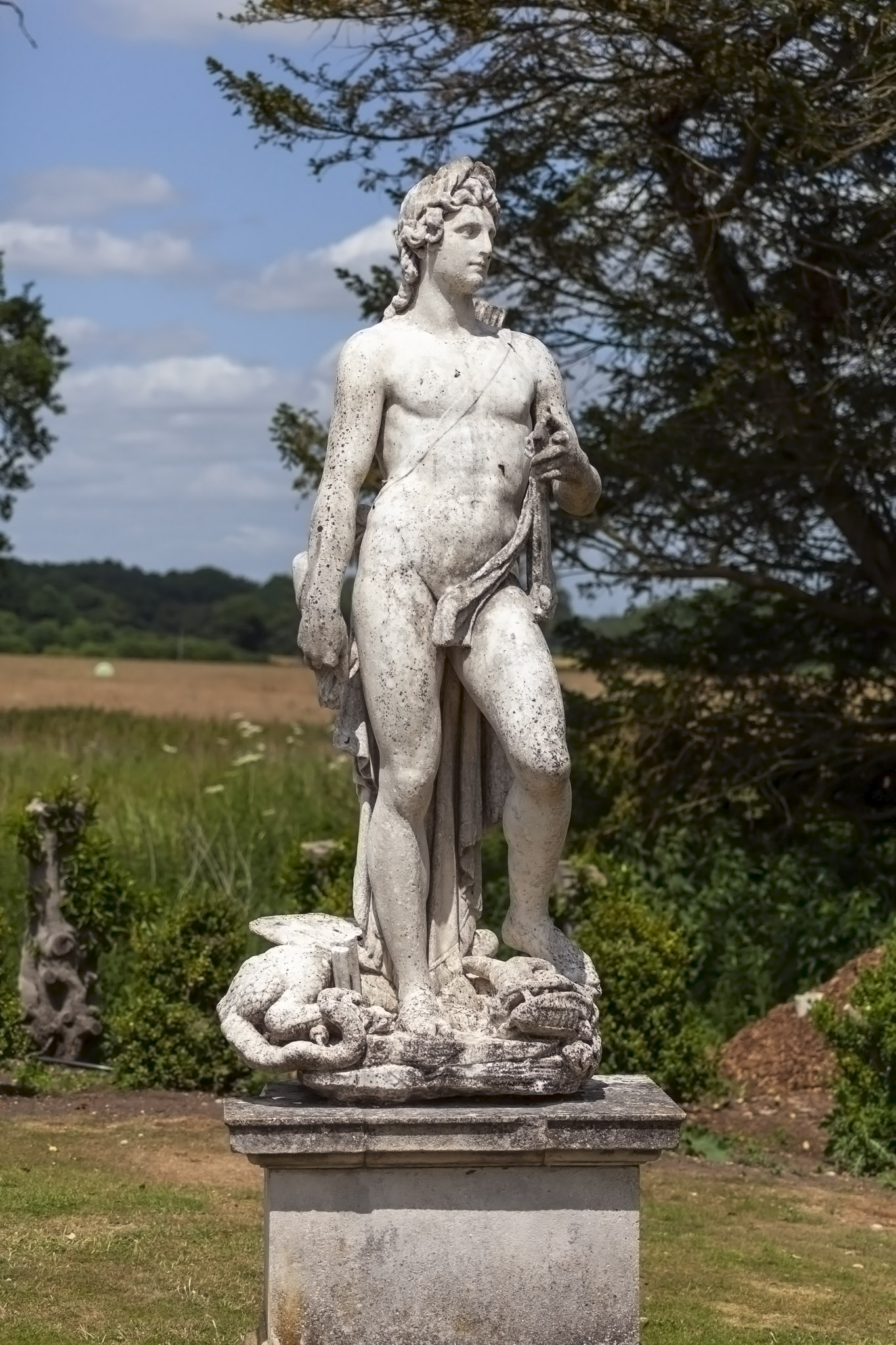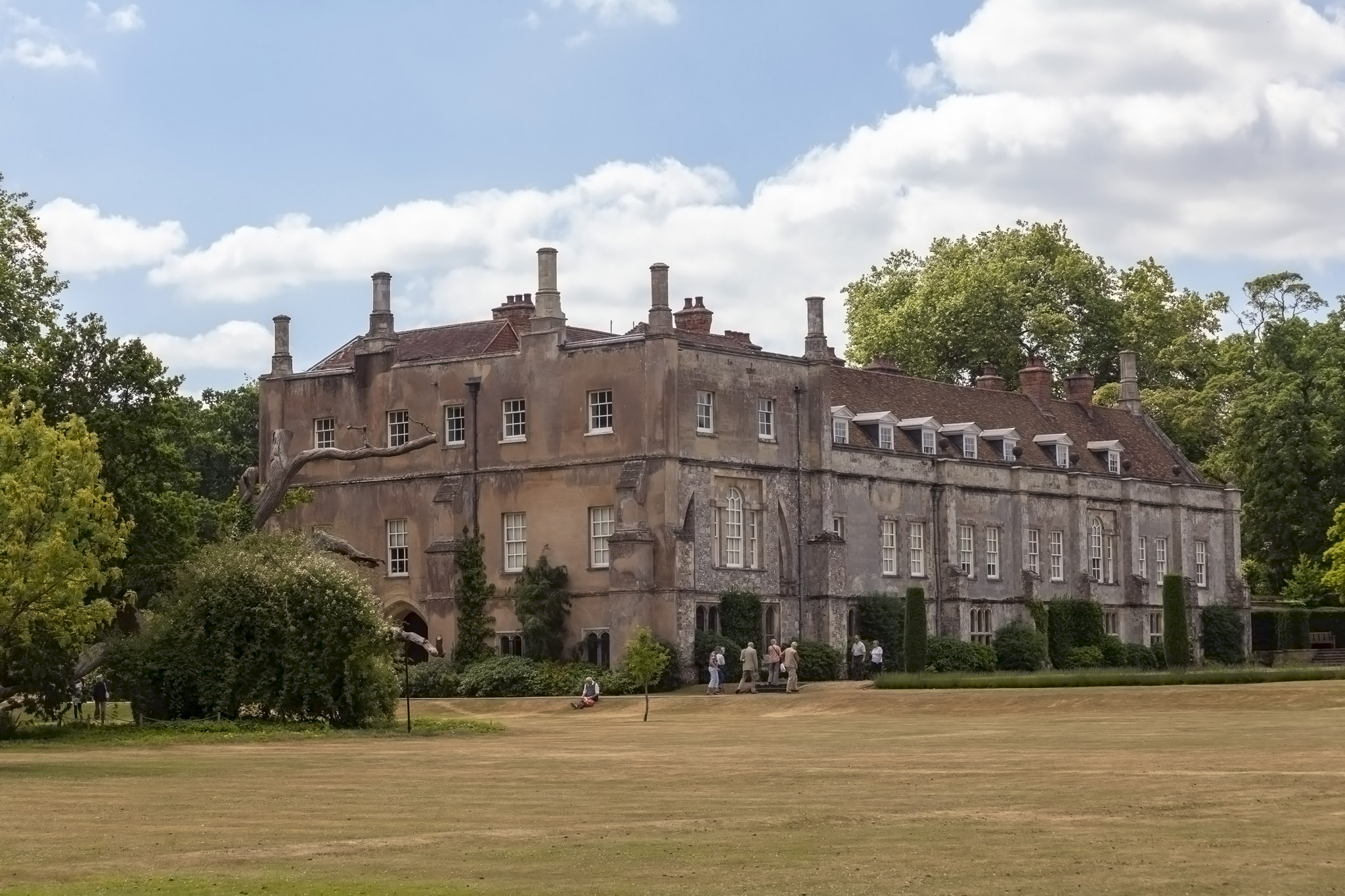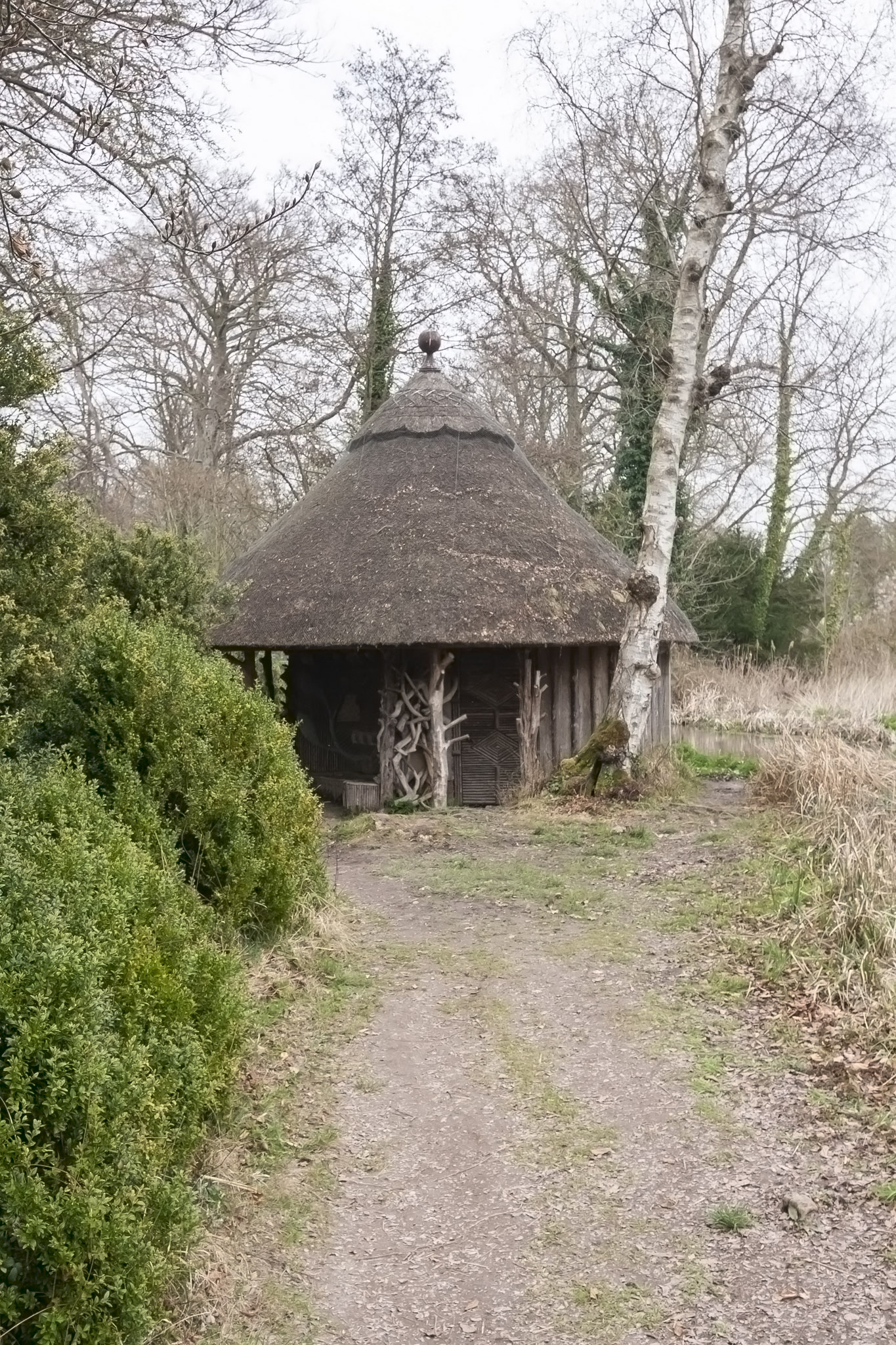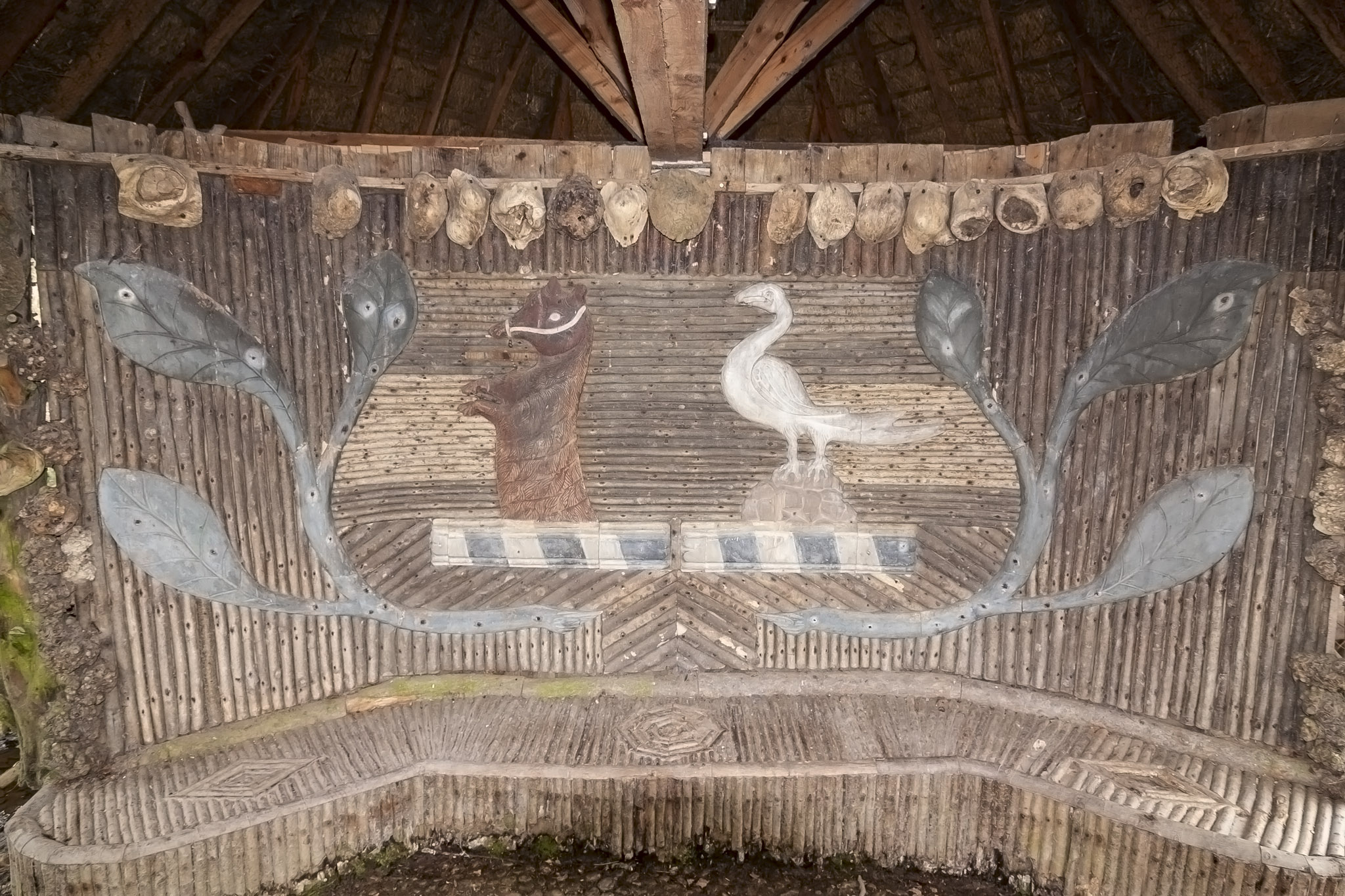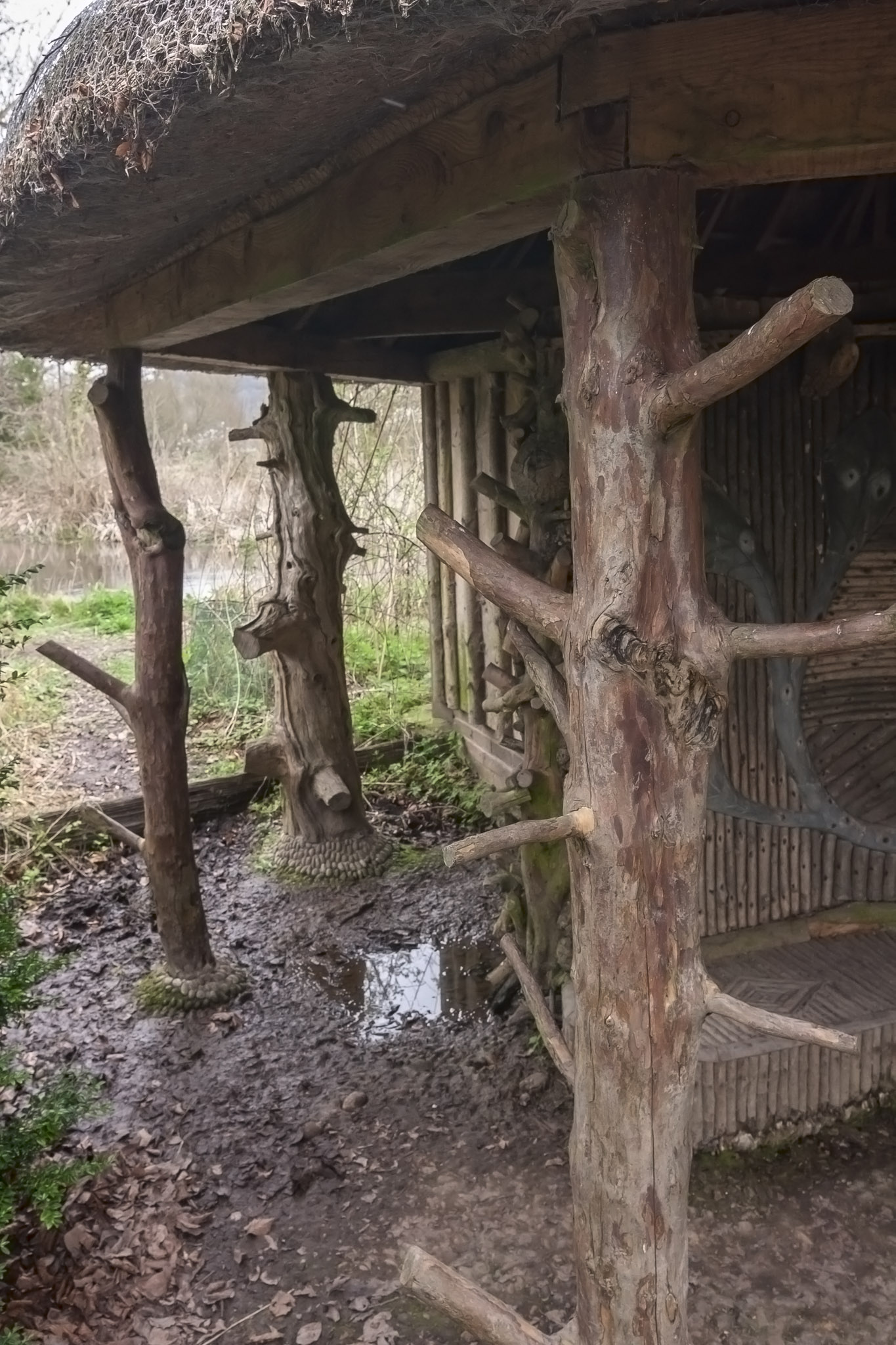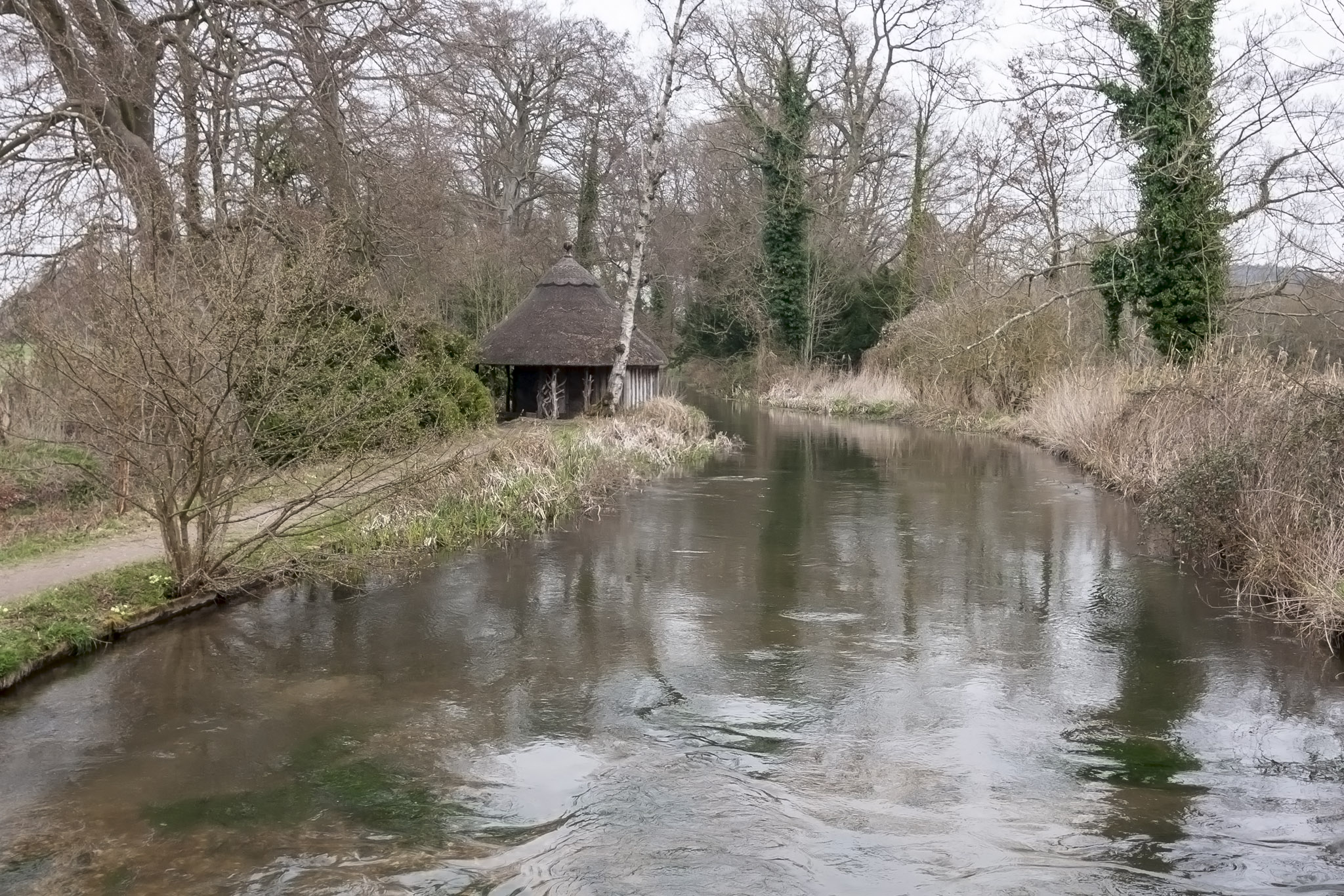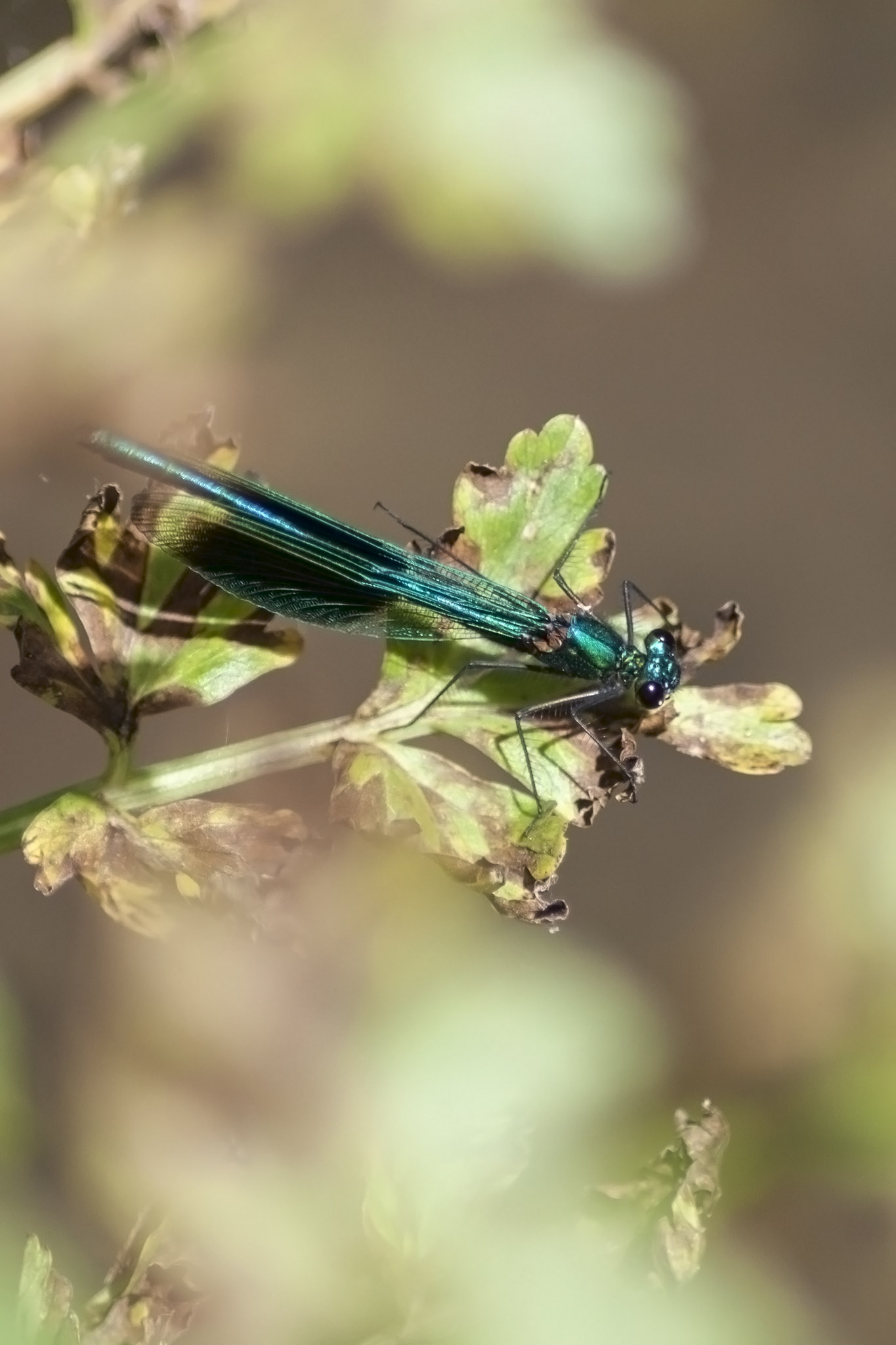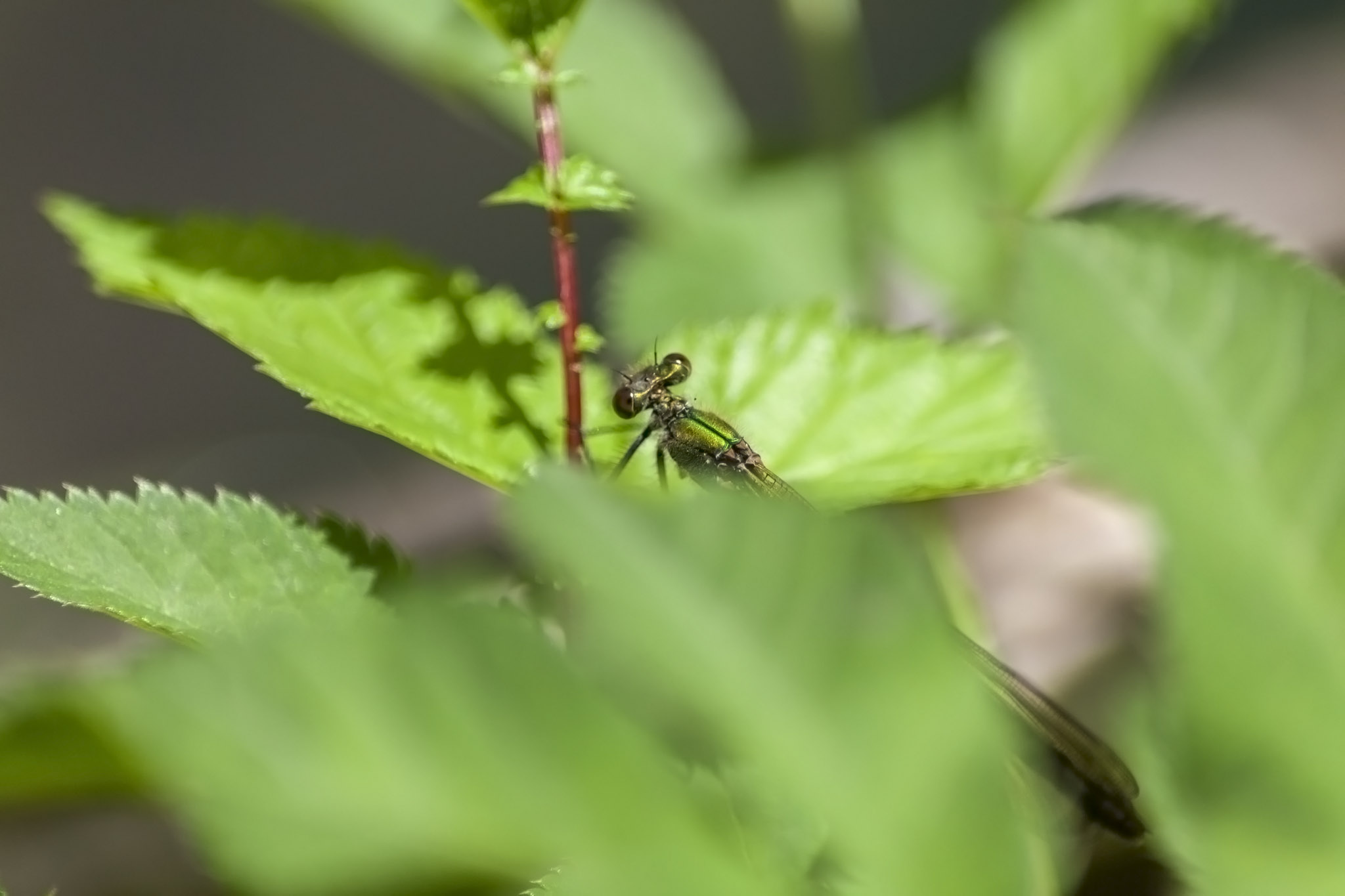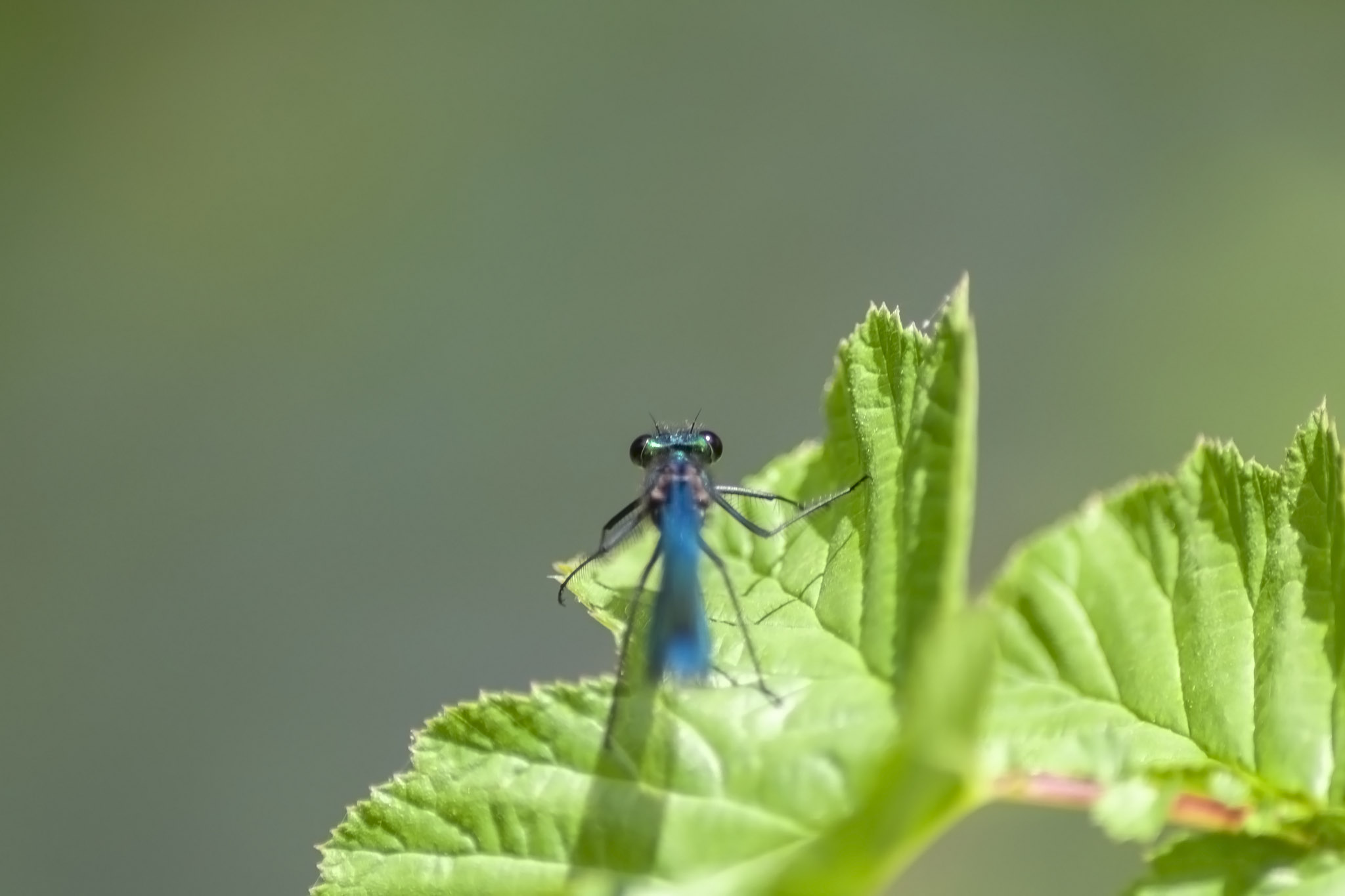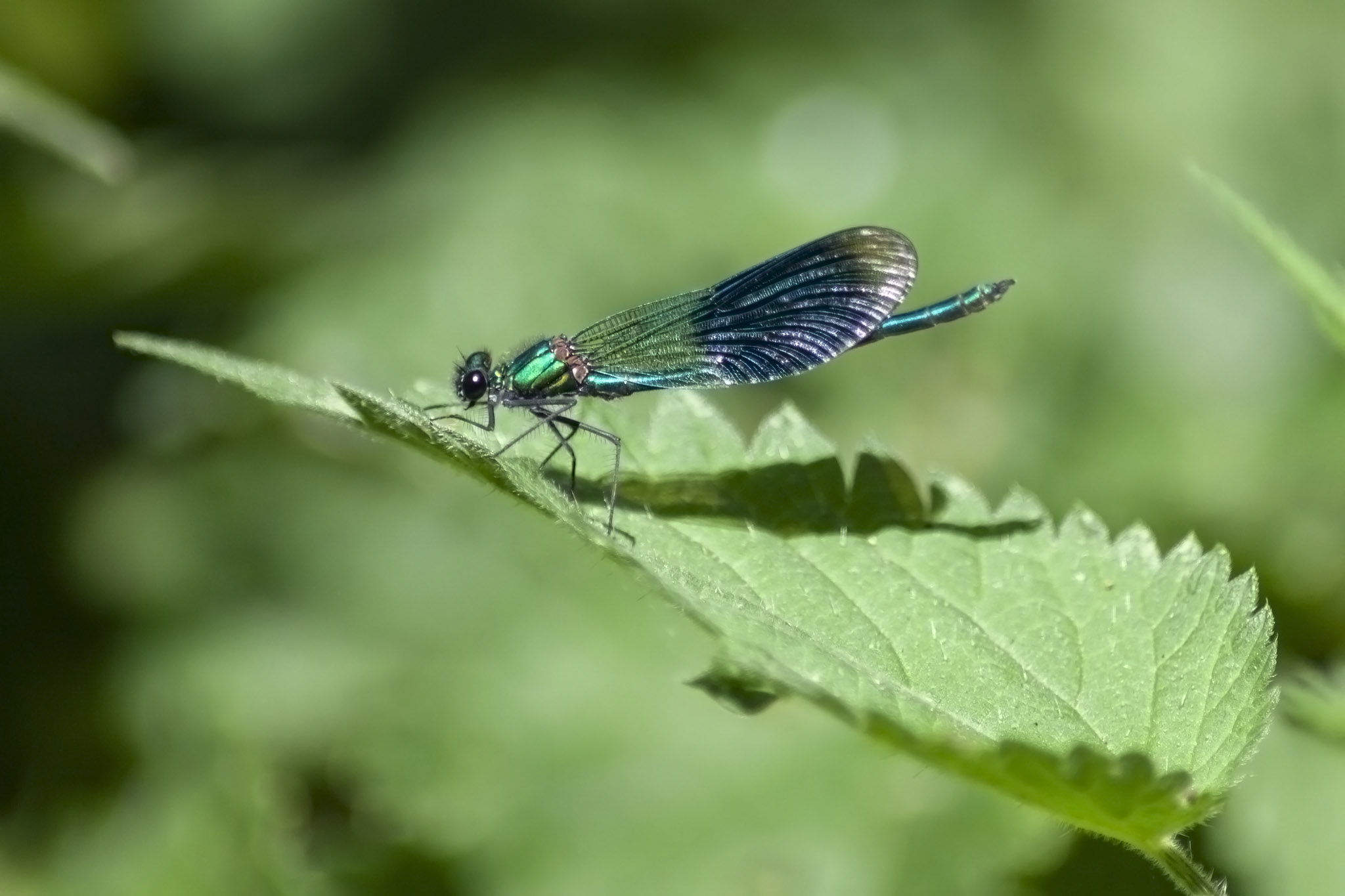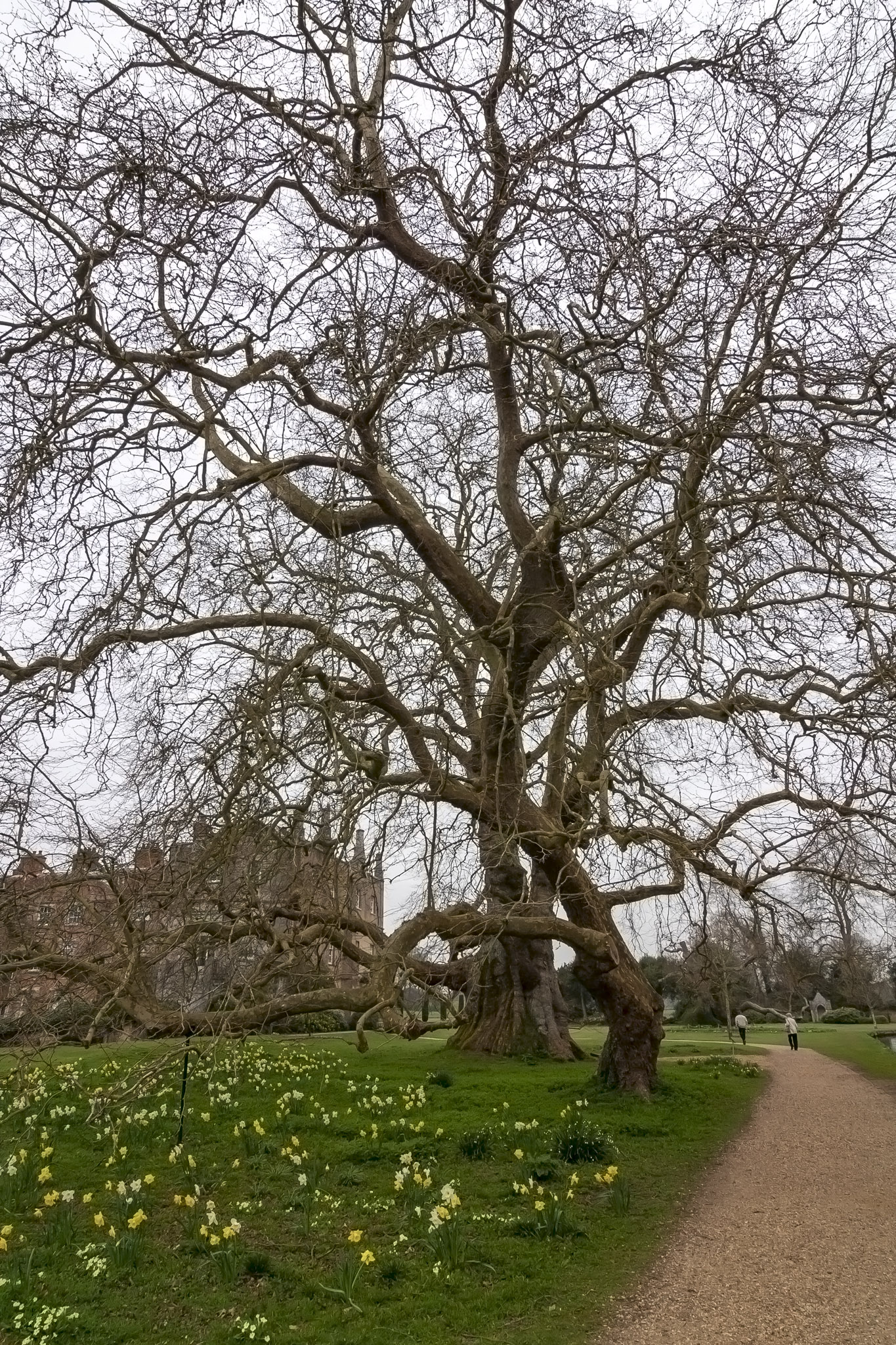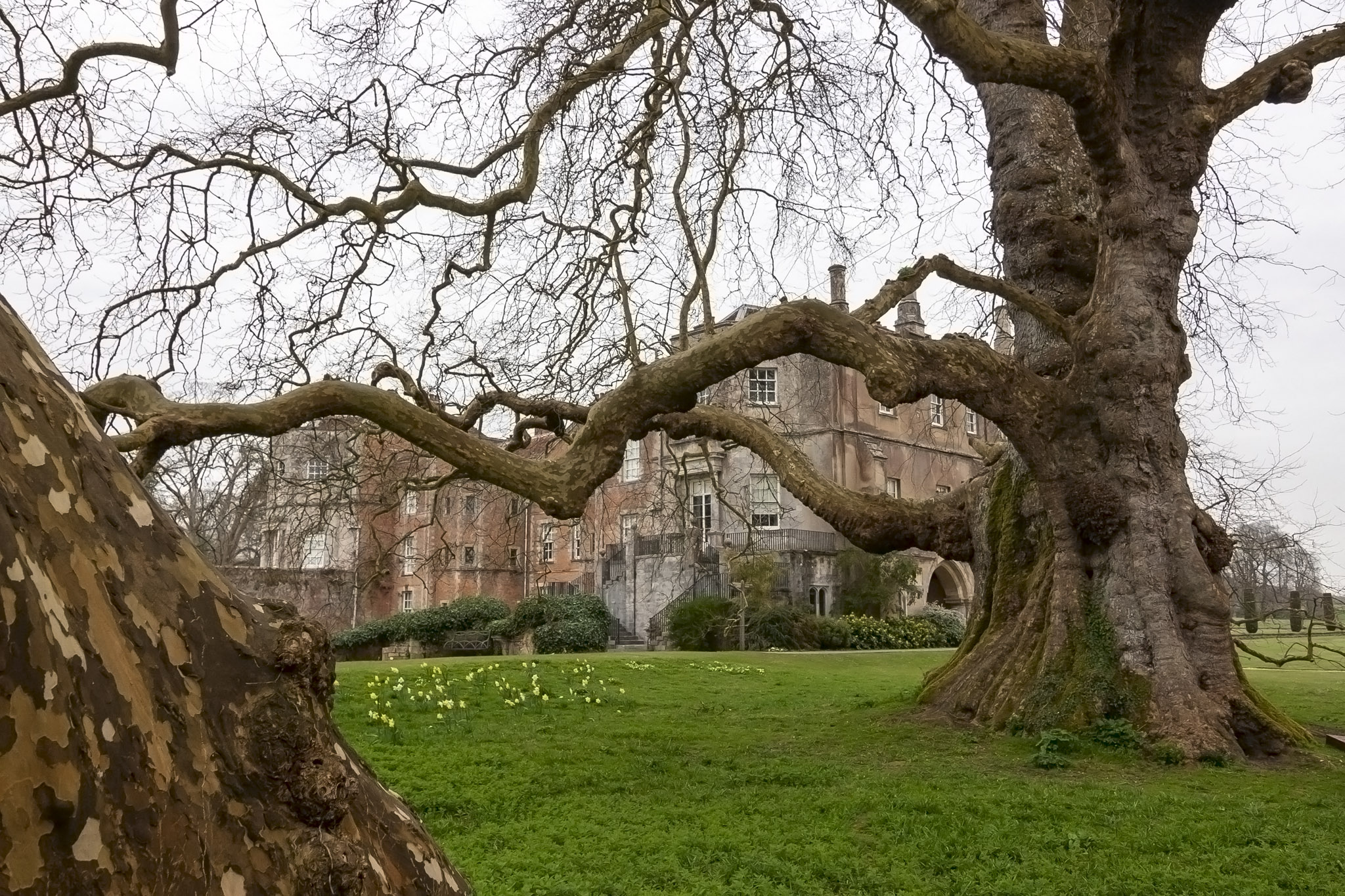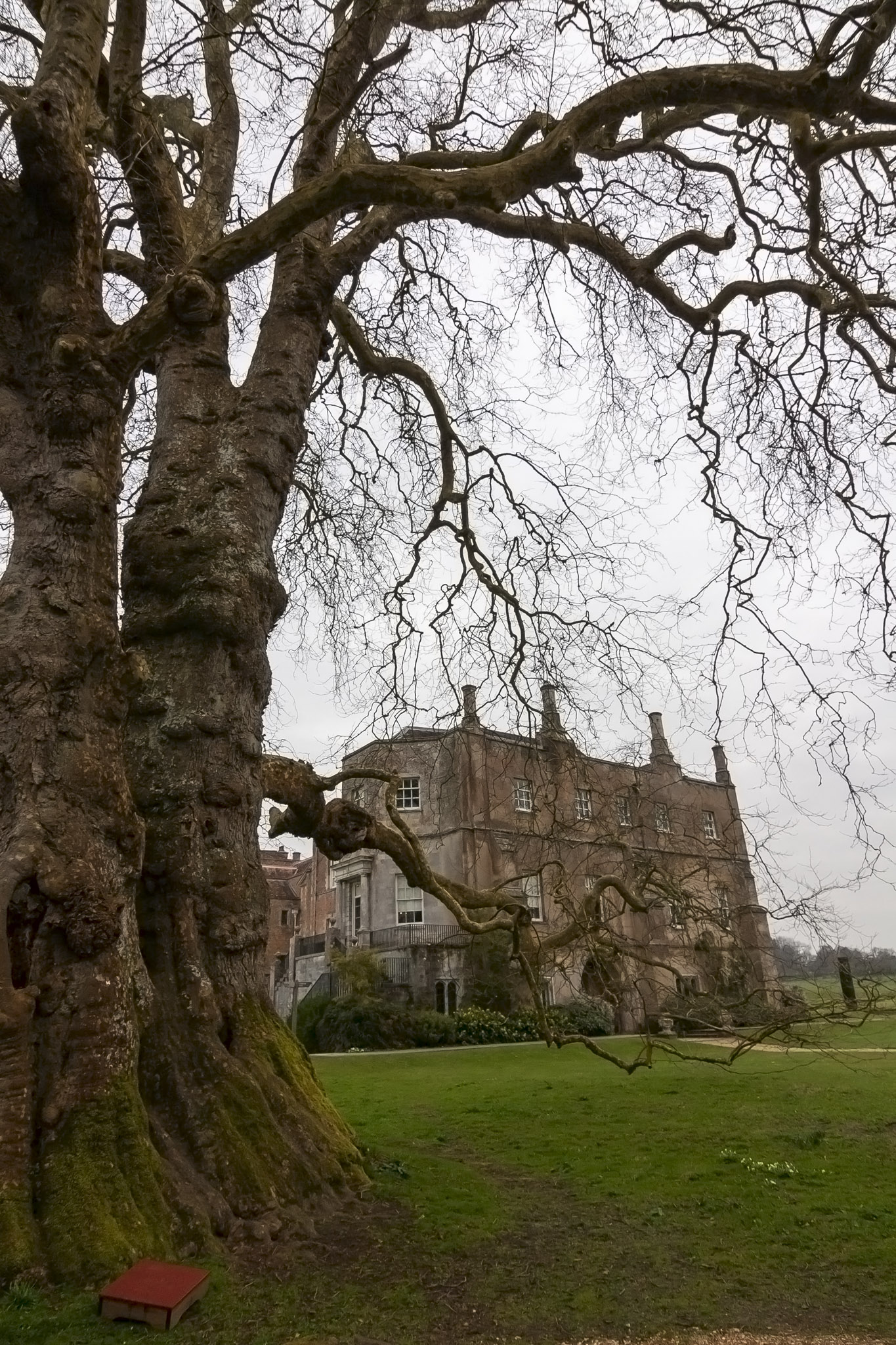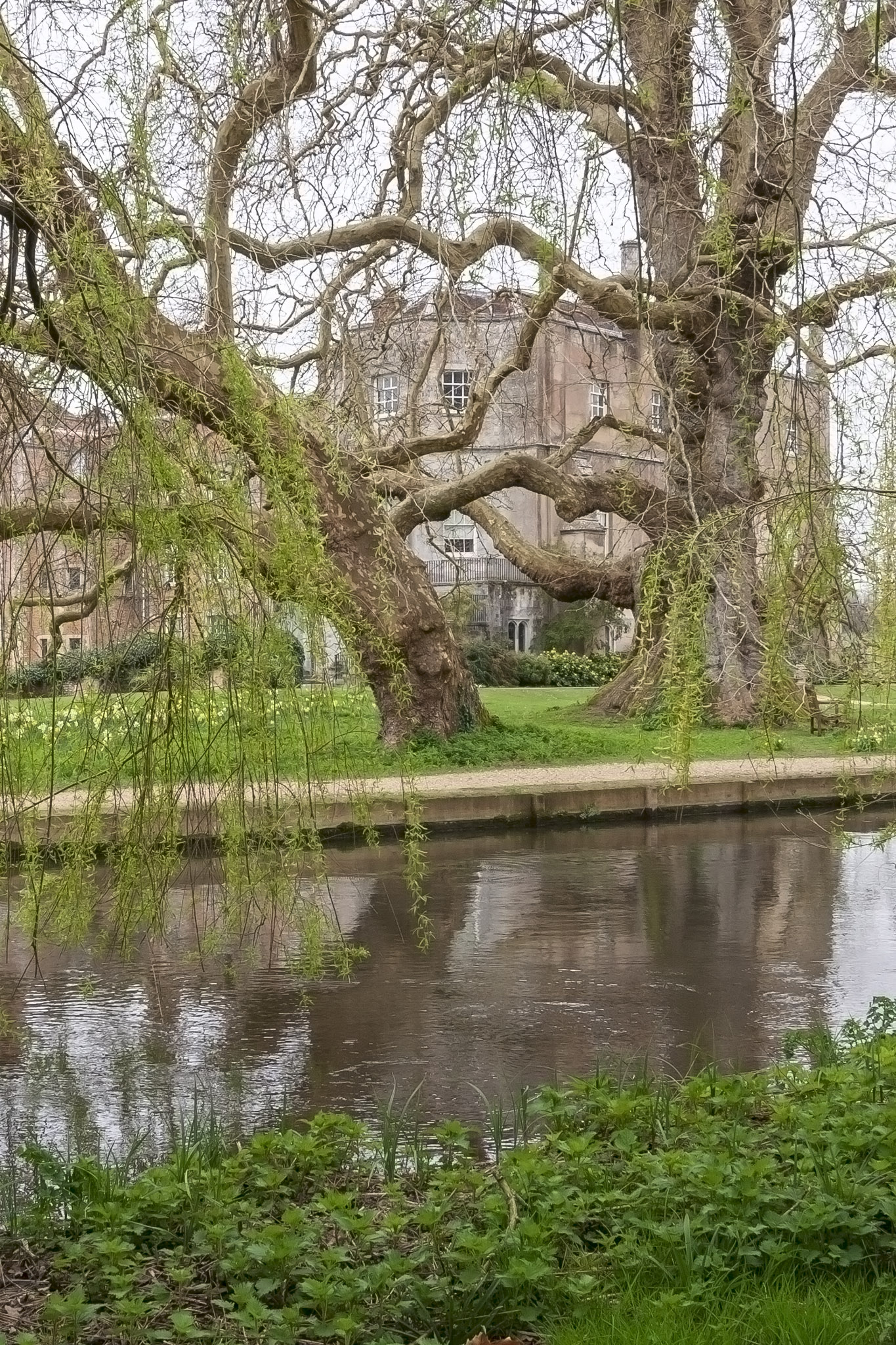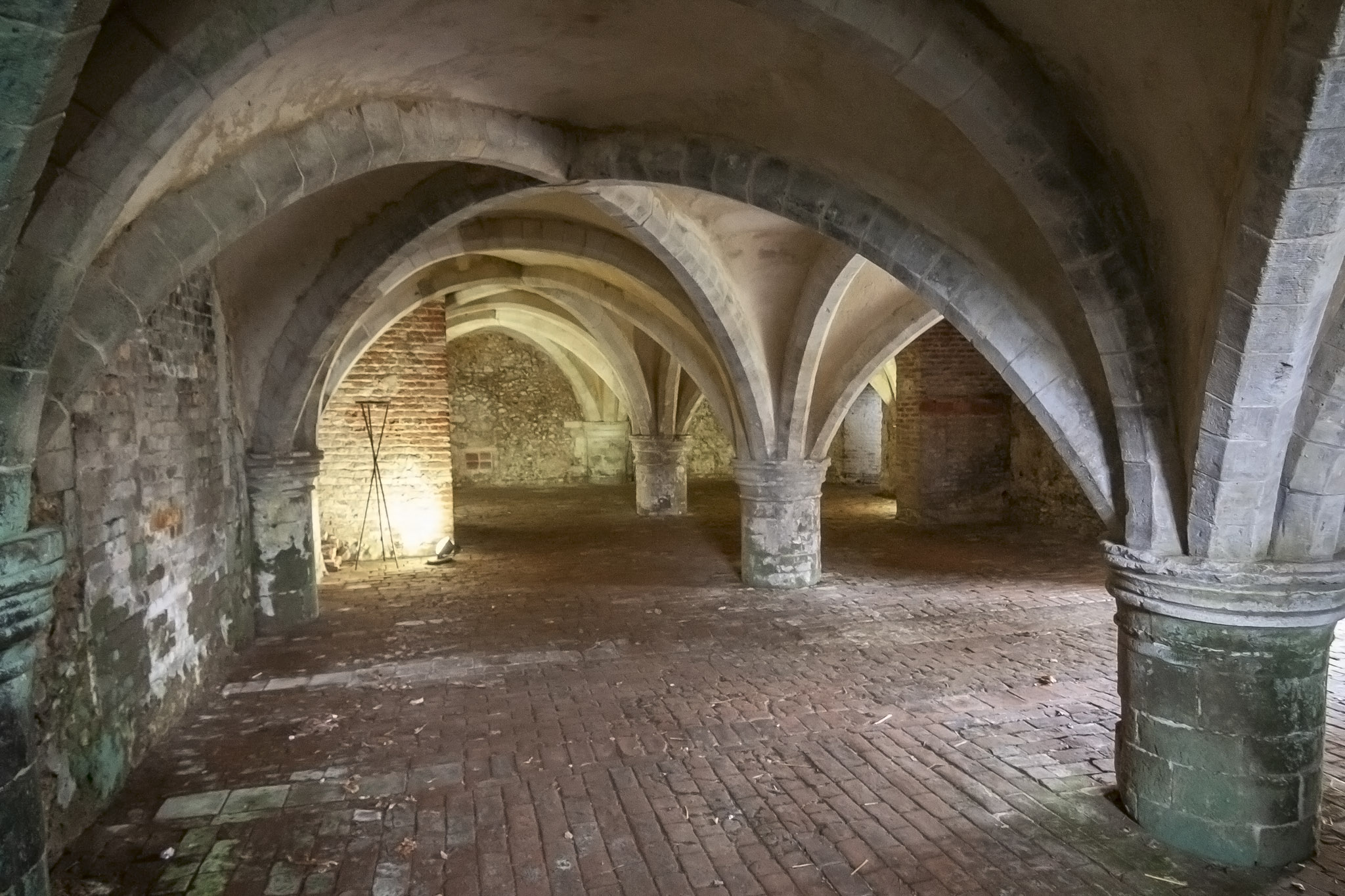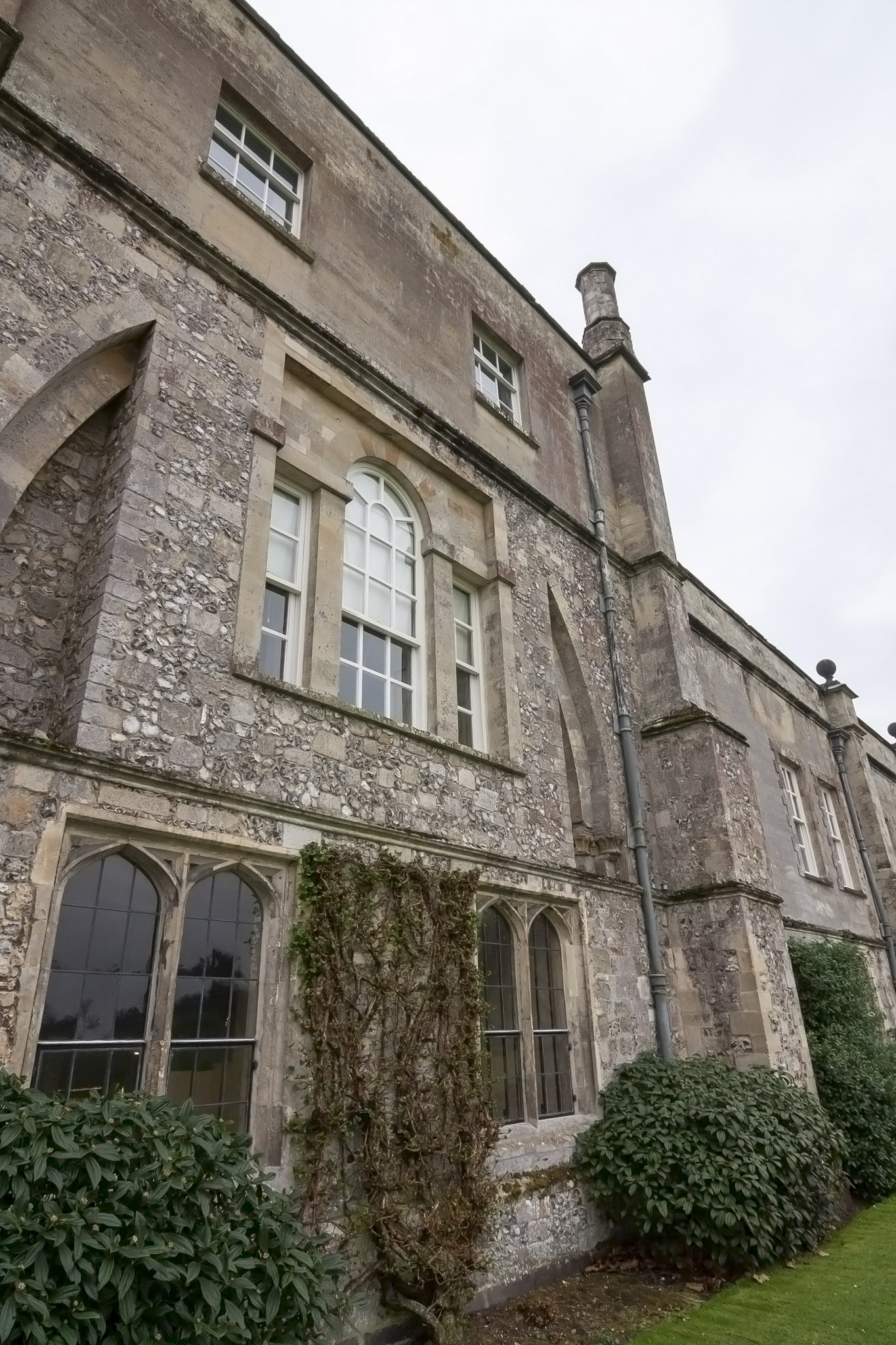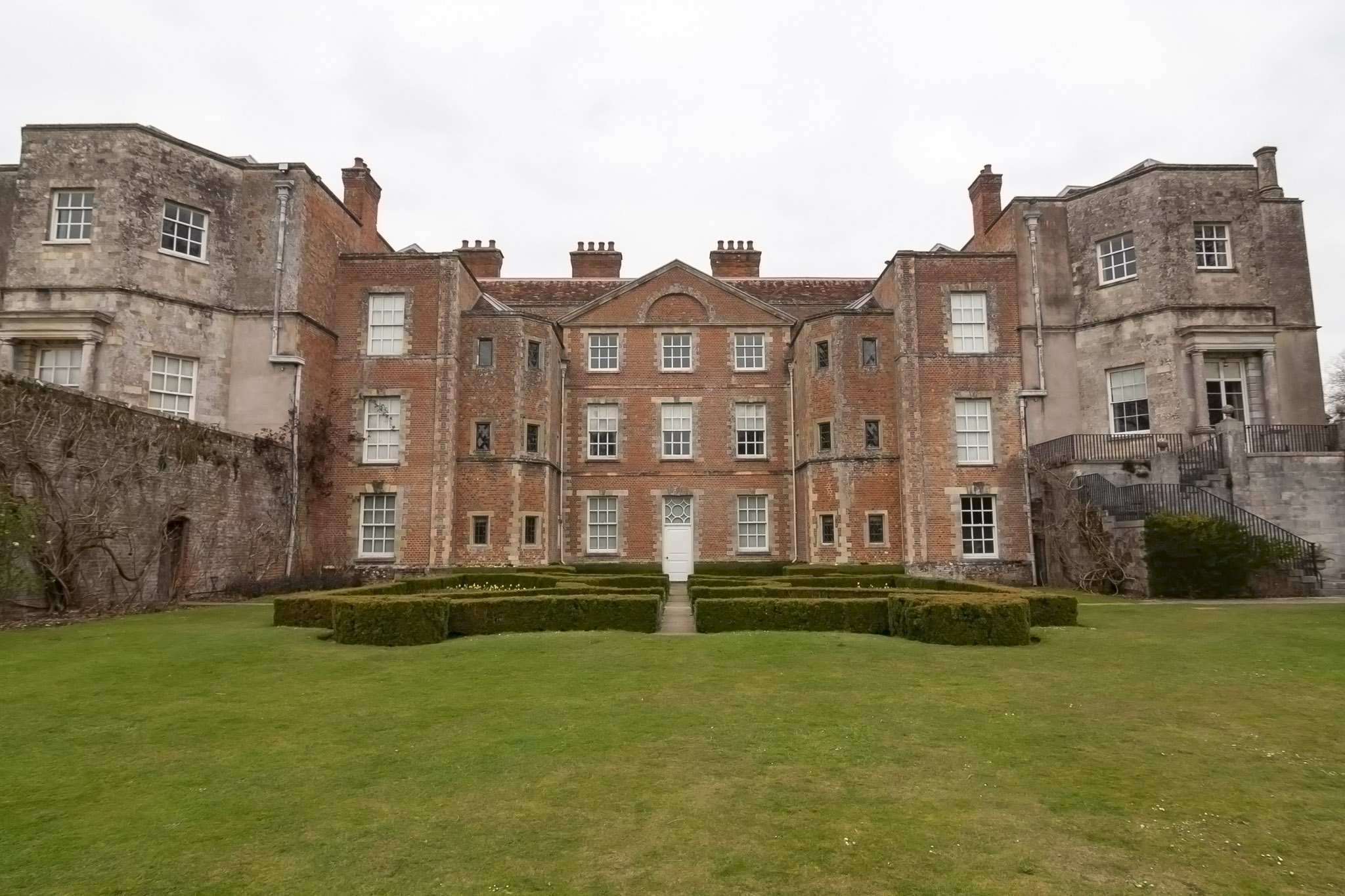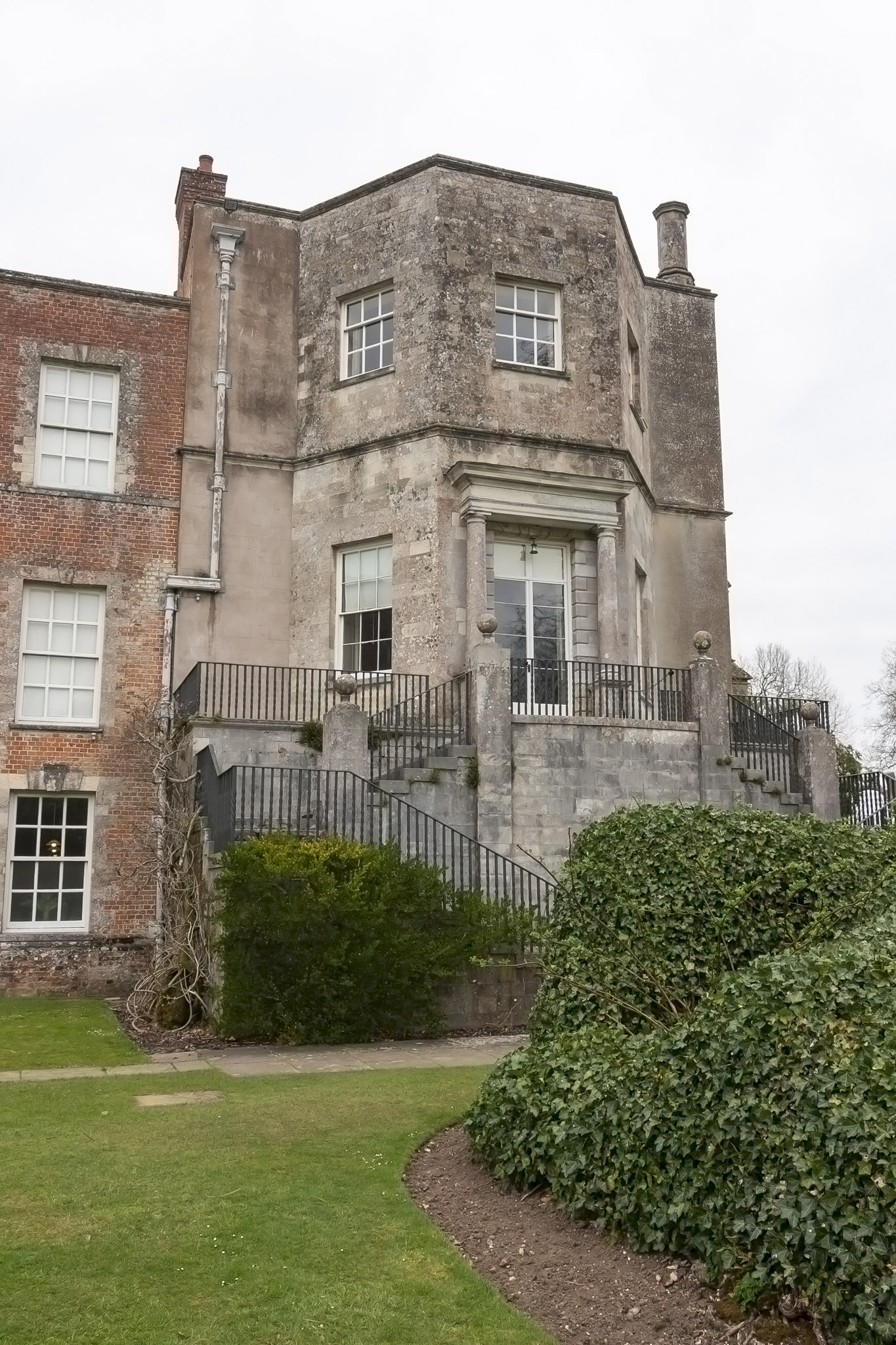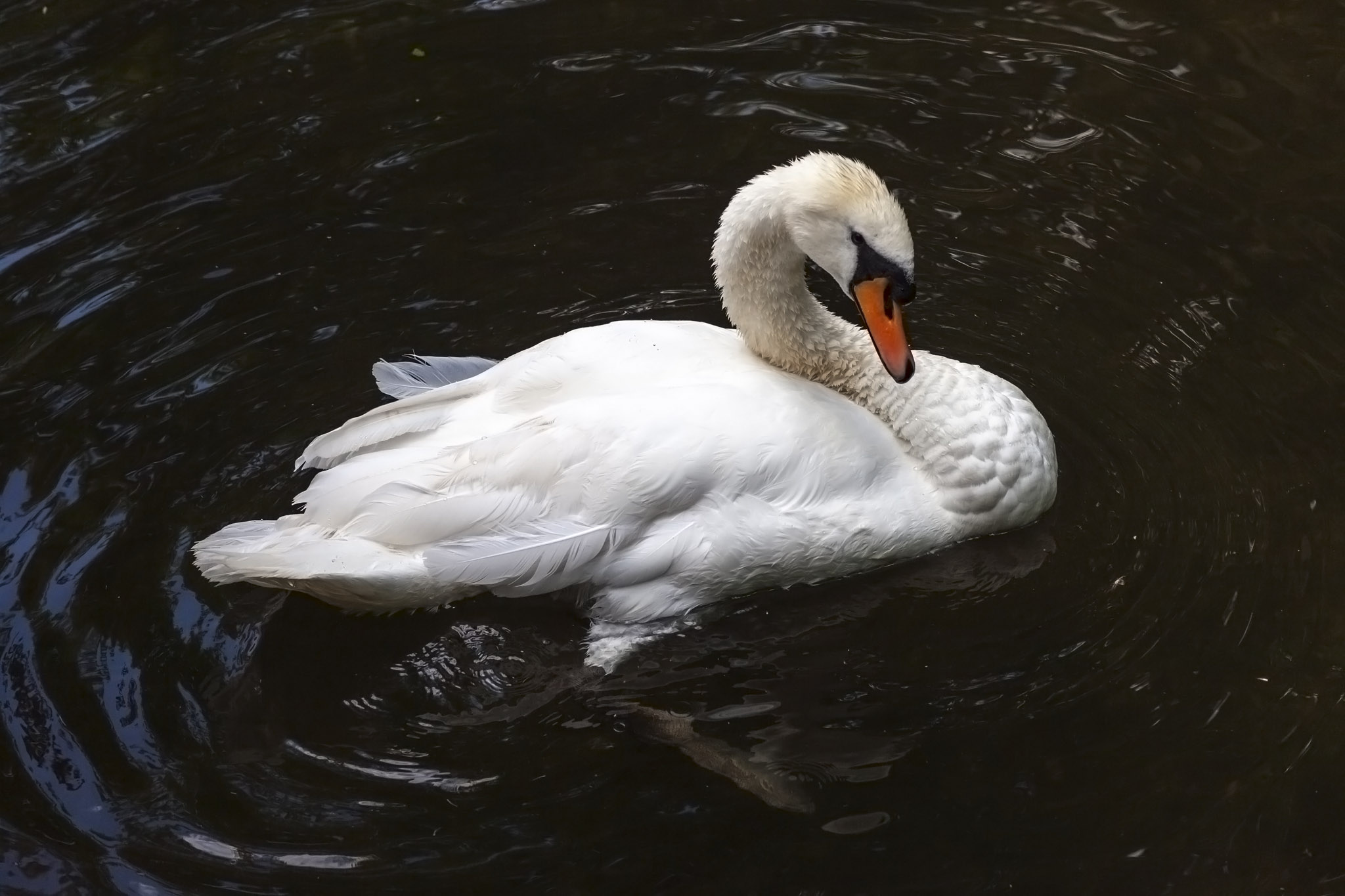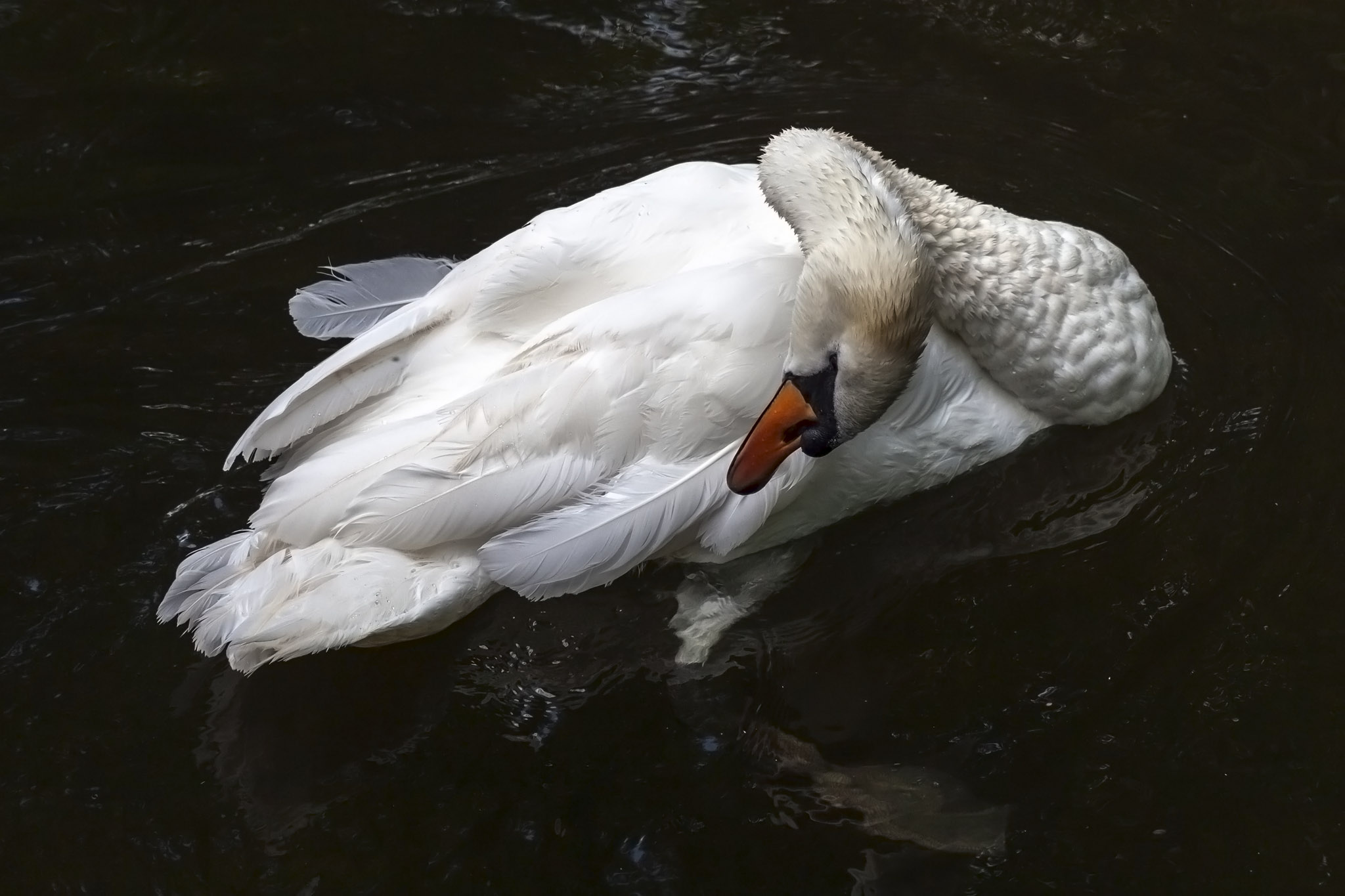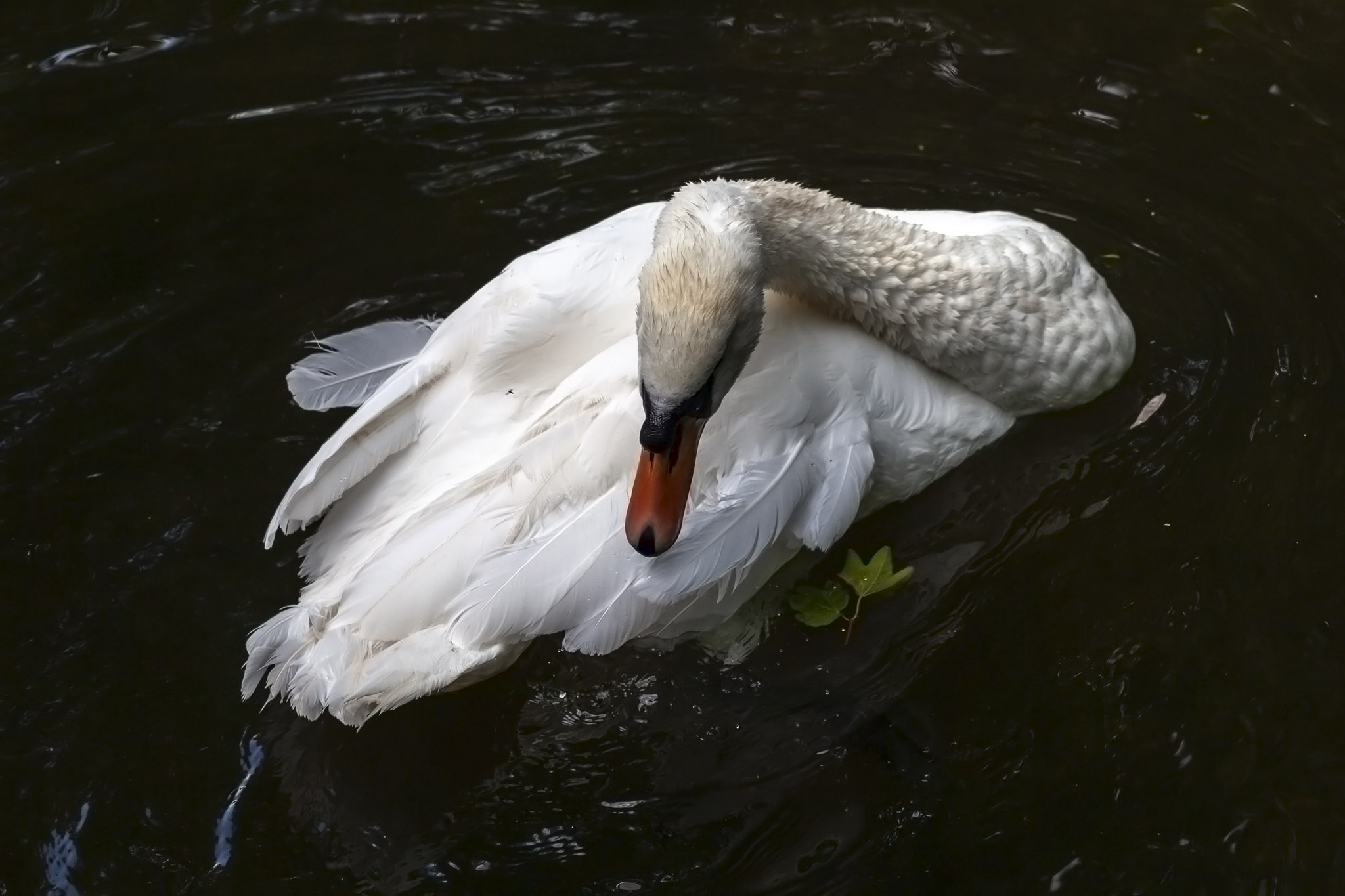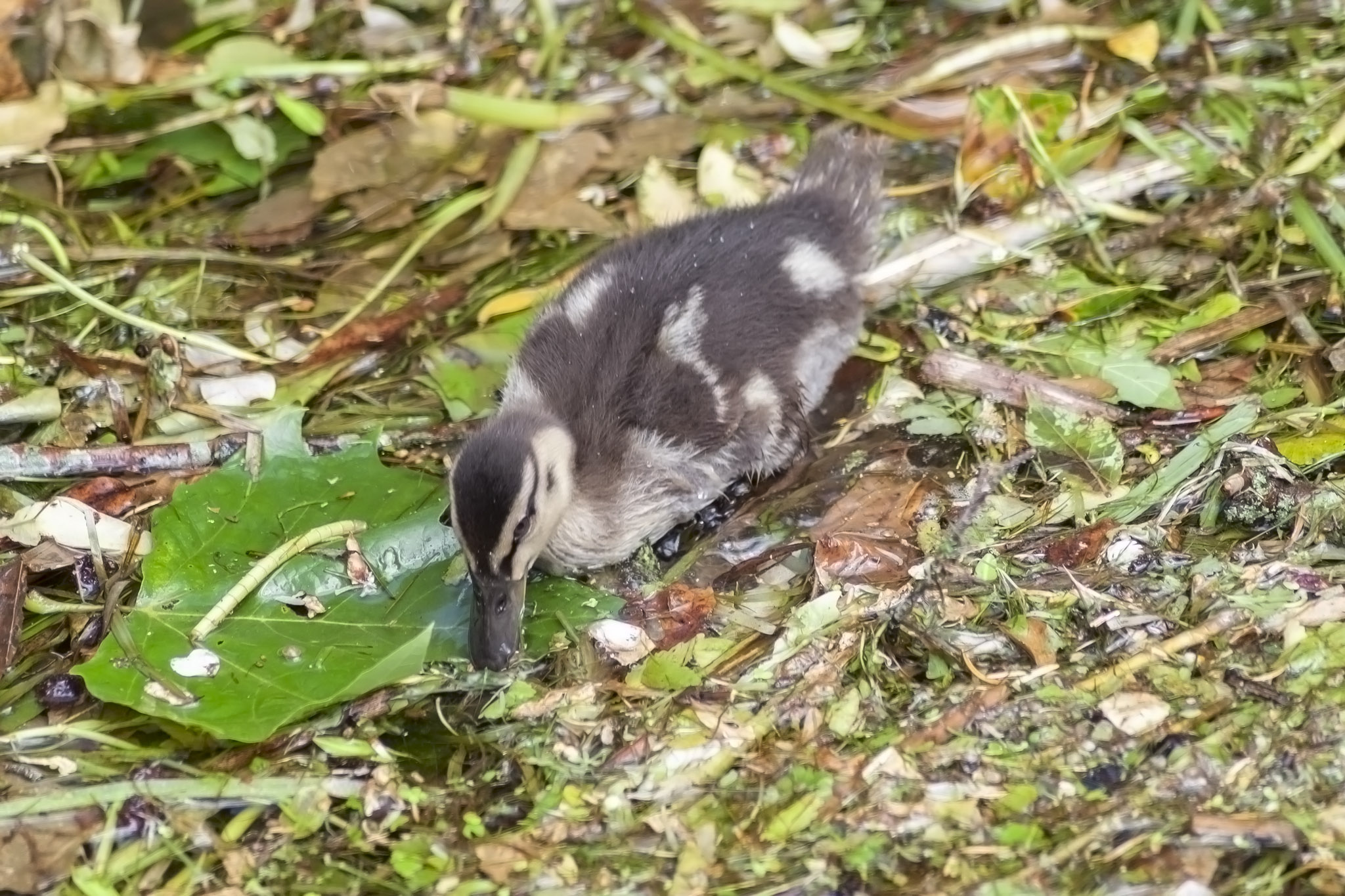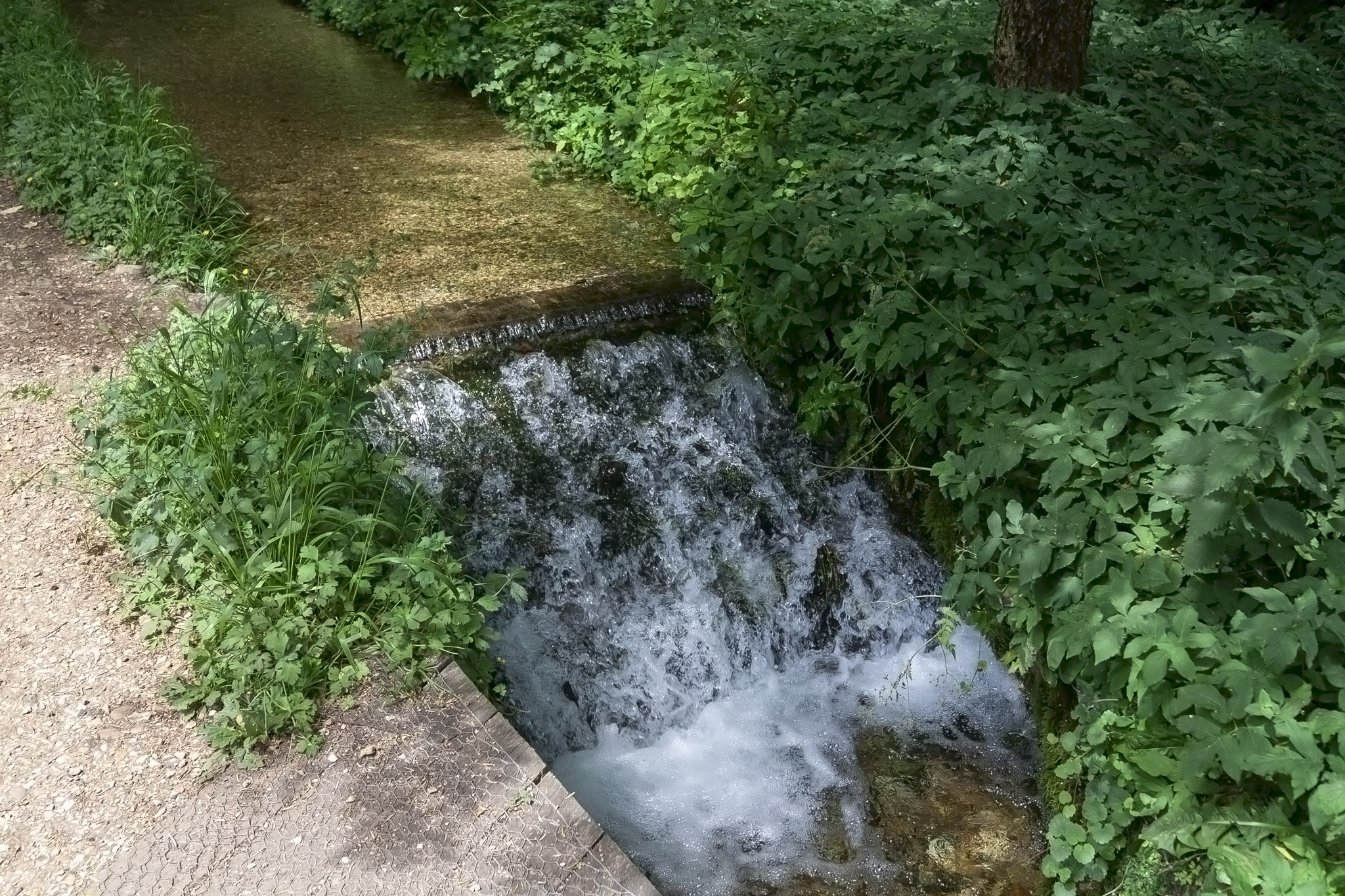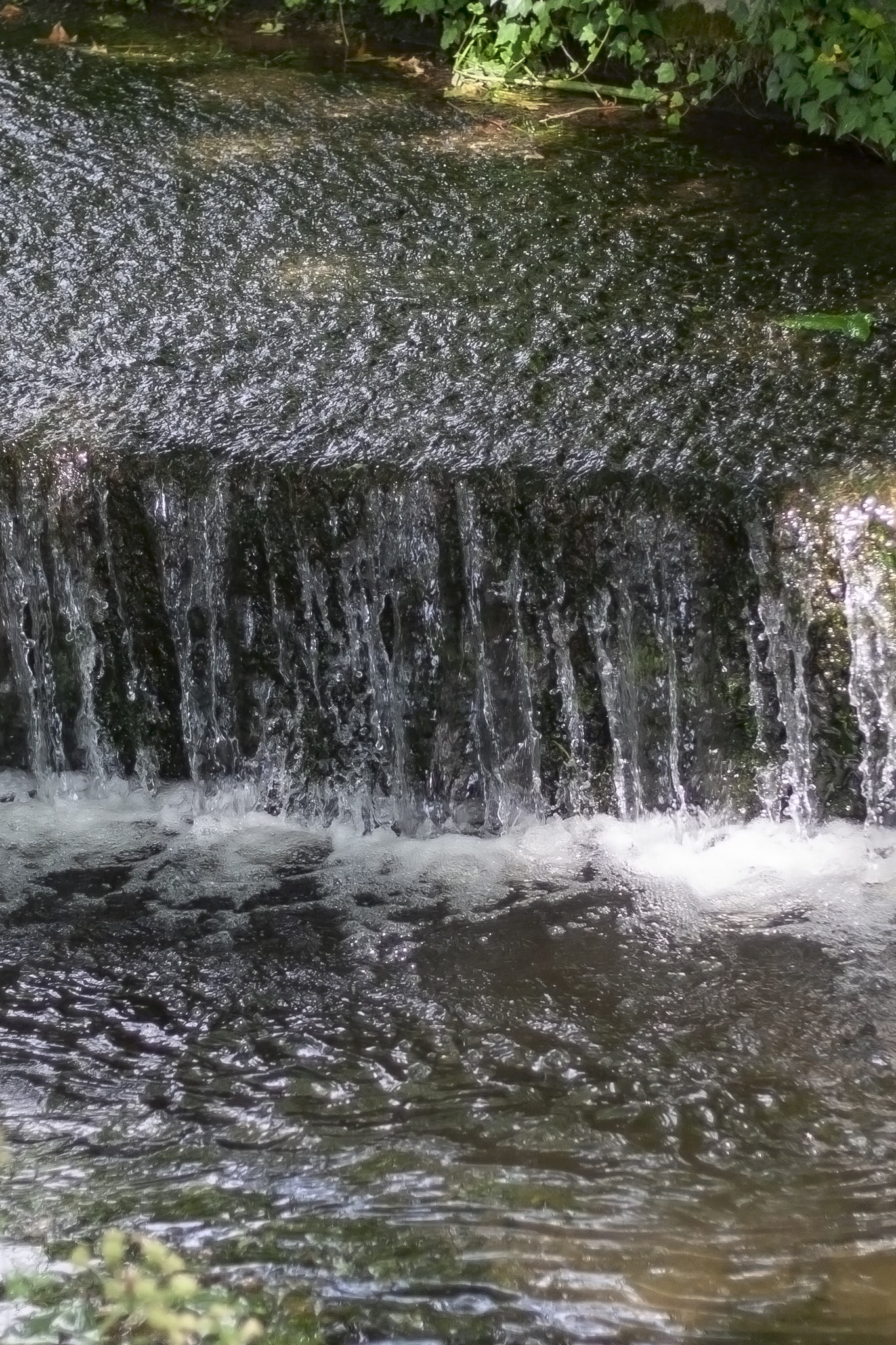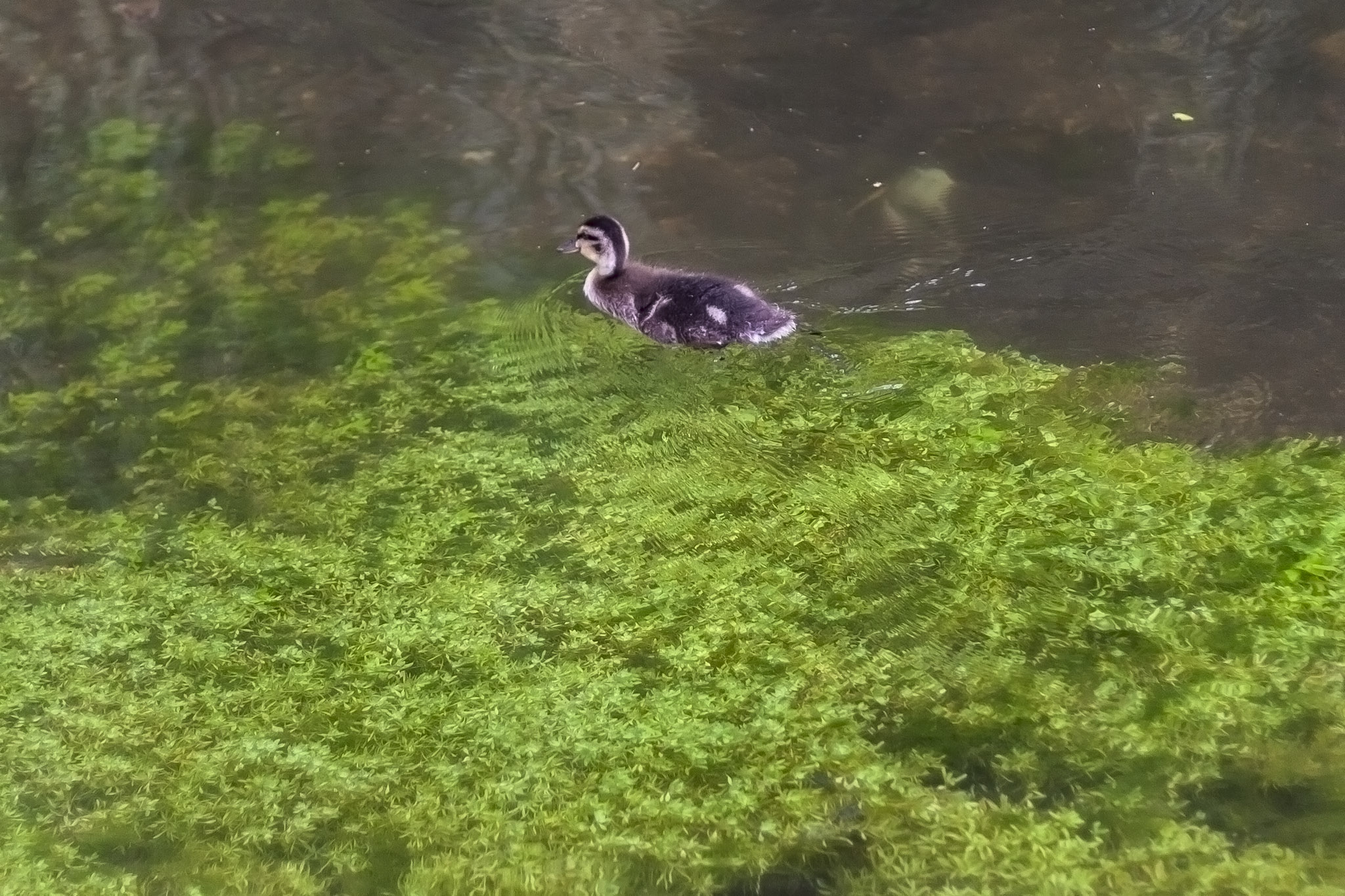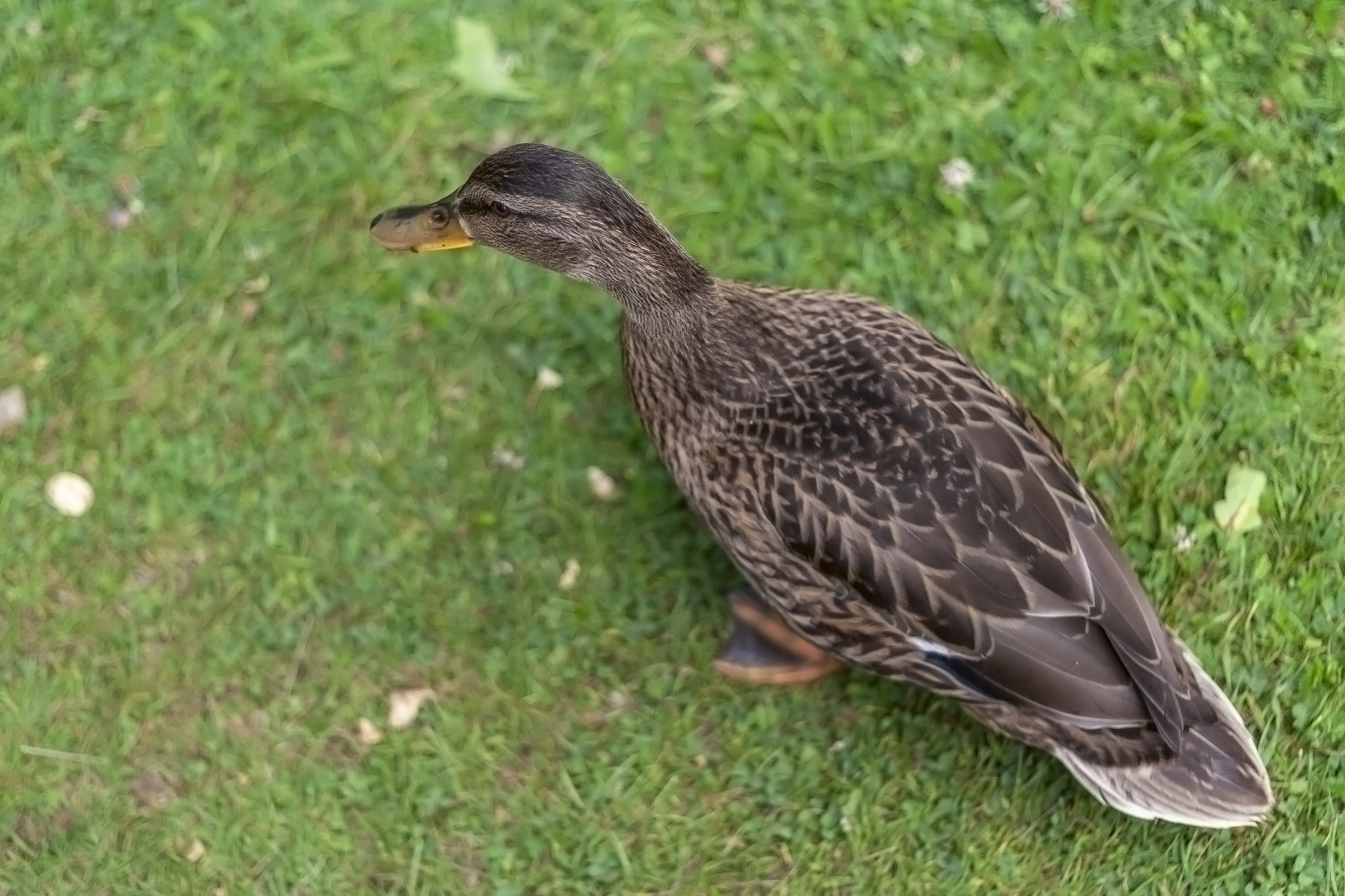One of the more often-visited National Trust properties around the country for us, simply because it’s one of the closest, is Mottisfont, a mostly eighteenth century building and estate now but one on the site of what was an Augustinian priory founded in 1201. Its history includes visits from Queen Elizabeth in the century after the dissolution of the monasteries saw Mottisfont gifted to the Sandys family and, later, entertained luminaries such as Charles Darwin, Cecil Rhodes, and George Bernard Shaw. During the second world war the estate served as a hospital.
The photos in this post are from two visits to Mottisfont that took place in March 2009 and July 2010, with the latter visit having the better weather and more of a concentration on the estate’s wildlife, and also including pictures taken by my wife using an older camera and lens. There are no photos from inside as interior pictures were not permitted but Mottisfont does include a drawing room decorated with trompe-l’oeil murals by the artist Whistler that is worth a look as they form the last pieces of art he worked on – completing some during a break from active duty – as he died in fighting in the war in Normandy in 1944. This photographic tour of the abbey estate and gardens at Mottisfont will take place as if you were walking around in a roughly clockwise direction.
Upon arrival at Mottisfont the first thing that will happen is you’ll cross over where two streams join at a small cascade, these being the Abbey stream and the Font stream. The first of those is a run-off from the River Test while the second emerges from the font from which the location derives its name.
This brings you to a view over the lawn towards the south face of Mottisfont Abbey (the name it picked up in the mid-eighteenth century, despite it not being an abbey at all). The design of the building incorporates Tudor and Georgian elements which you can see in the red brick and white stone styles respectively.
Following the smaller of the two streams, the Font stream, takes you to the Font itself. This dates from at least as far back as the Saxon period in English history and was used as a source of water for the house at Mottisfont into the 1940s.
Continuing clockwise around the grounds at Mottisfont grants you some views back to the main building but eventually leads to the Rose Garden. I’m not a particularly keen fan of roses when it comes to flowers but if you like roses then Mottisfont boasts an apparently impressive collection of old varieties from around the world. You can tell we’re not big rose fans simply because we ended up taking photos of pretty much every flower other than them across our visits to the property.
The Rose Garden marks the westernmost boundary of the estate at Mottisfont so circling around to the northern side and rear of the house leads through the Magnolia Lawn and Pleached Lime Walk to the Croquet Lawn.
Ignoring the house for the moment and continuing past the lawn takes you to part of the grounds east of the main building which hosts the Summer House (including some medieval floor tiles) as well as a pet cemetery and a range of statues and sculptures, some more modern and ever-so-slightly more terrifying than others.
Walking in the same direction leads to the eastern and northern boundaries of Mottisfont with a Riverside Walk along the Abbey stream up to the Fisherman’s Hut.
It was along this stretch of water on the abbey estate grounds that I started chasing after damselflies to photograph on the second of our visits to Mottisfont, a period of much swearing from me when the little buggers would often fly away just as I got the focus set right and much laughter from my wife as a result.
From the stream and looking back to the house the view is partially blocked by the Great Plane tree which if you like trees is probably quite impressive. I don’t mind trees and I probably prefer them to roses but they are much of a muchness to my eyes. It’s a pretty large specimen of tree, though, and at least a couple of centuries old.
So, back to Mottisfont Abbey. In front of its southern facade is the Parterre, the small formal garden area. Under the Whistler Room and the terrace in the south is the Cellarium, the most complete section of the medieval priory on the estate with a lovely vaulted ceiling to admire.
That mostly completes a walking circuit of the grounds of Mottisfont, although, of course, there’s plenty to see inside the abbey if you visit too. Like many National Trust properties the open spaces are worth the visit on their own and on a nice day when the flowers are out in bloom and there’s plenty of wildlife to spot along the streams there’s loads to while away an afternoon. To finish off this photo walk of the site some more shots of the water spaces as you exit Mottisfont Abbey and pictures of ducks and ducklings and swans because everyone likes pictures of ducks and ducklings and swans.
